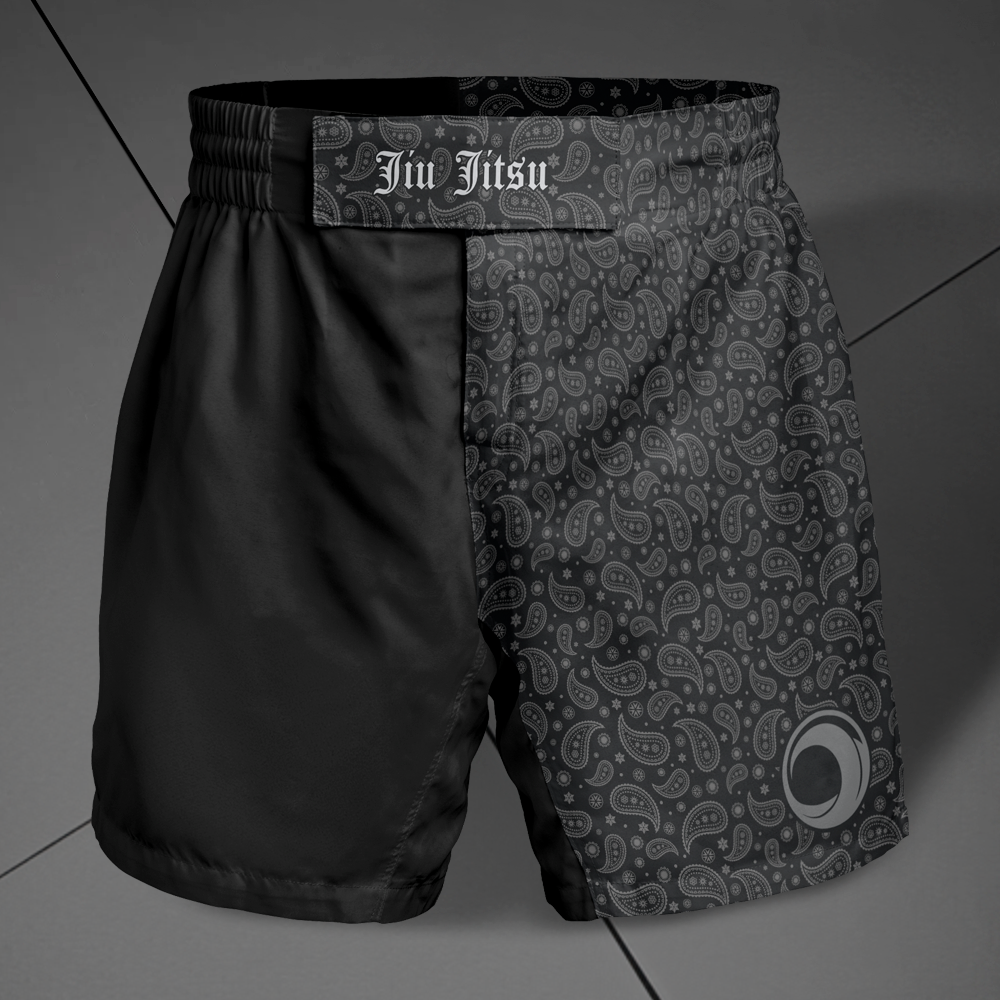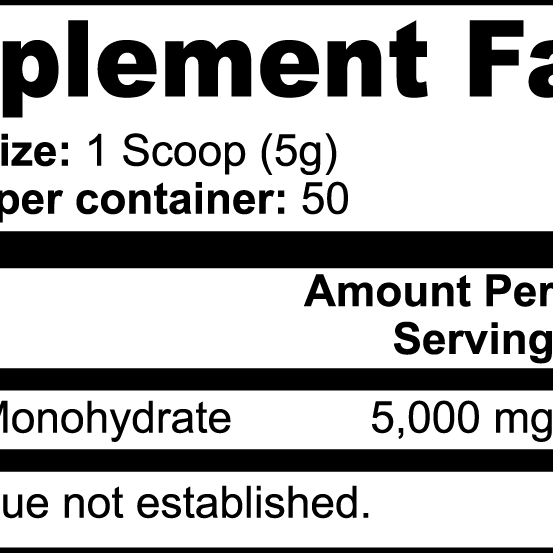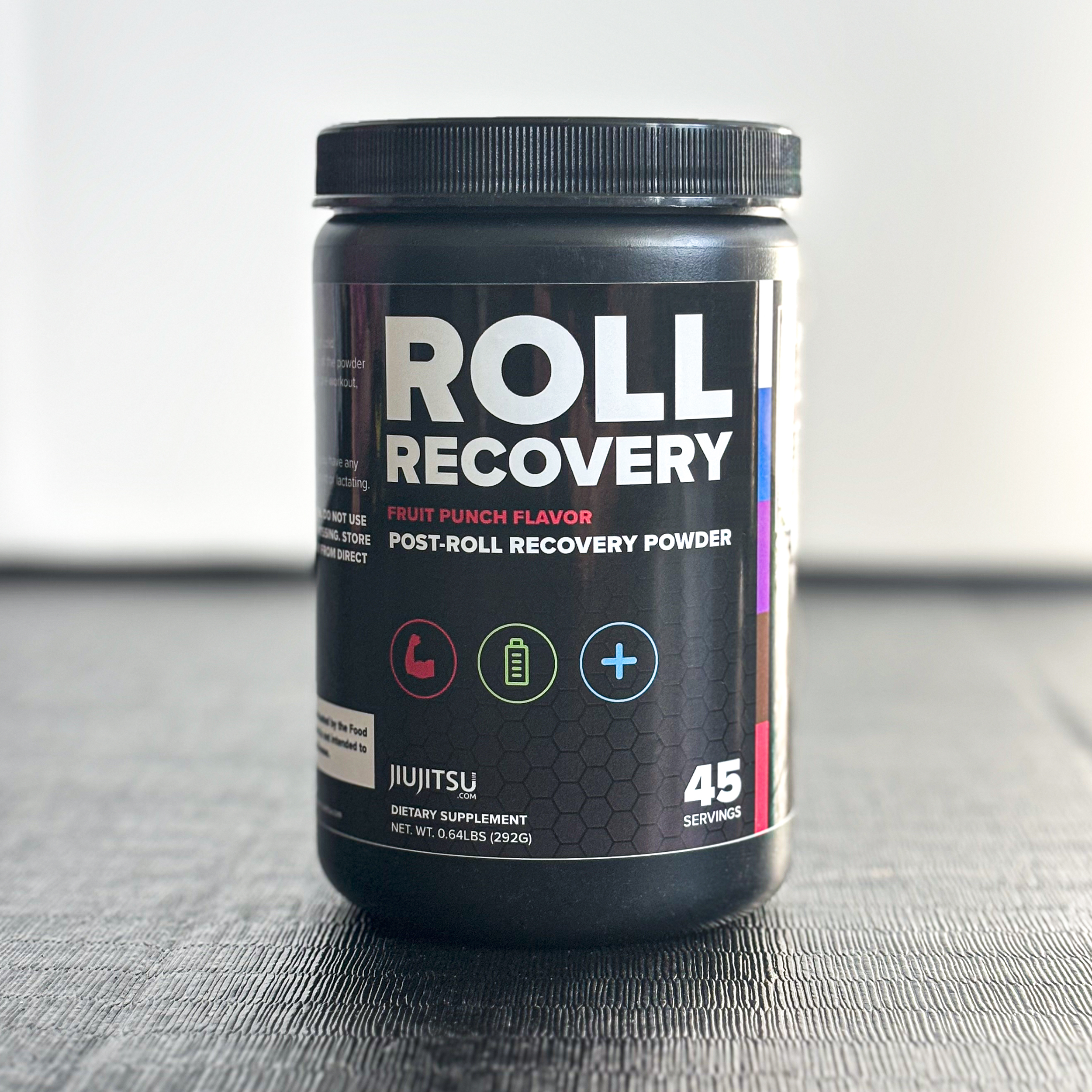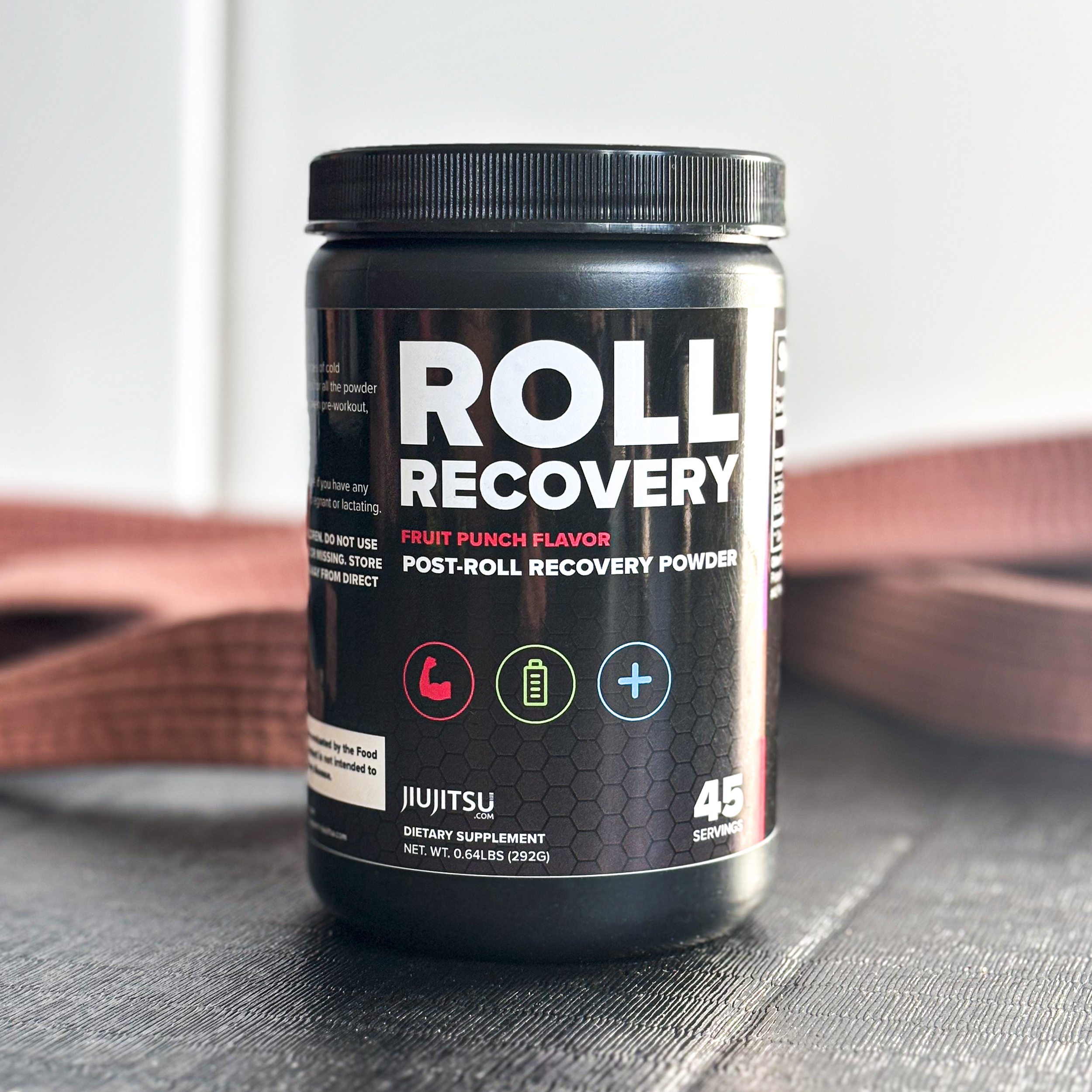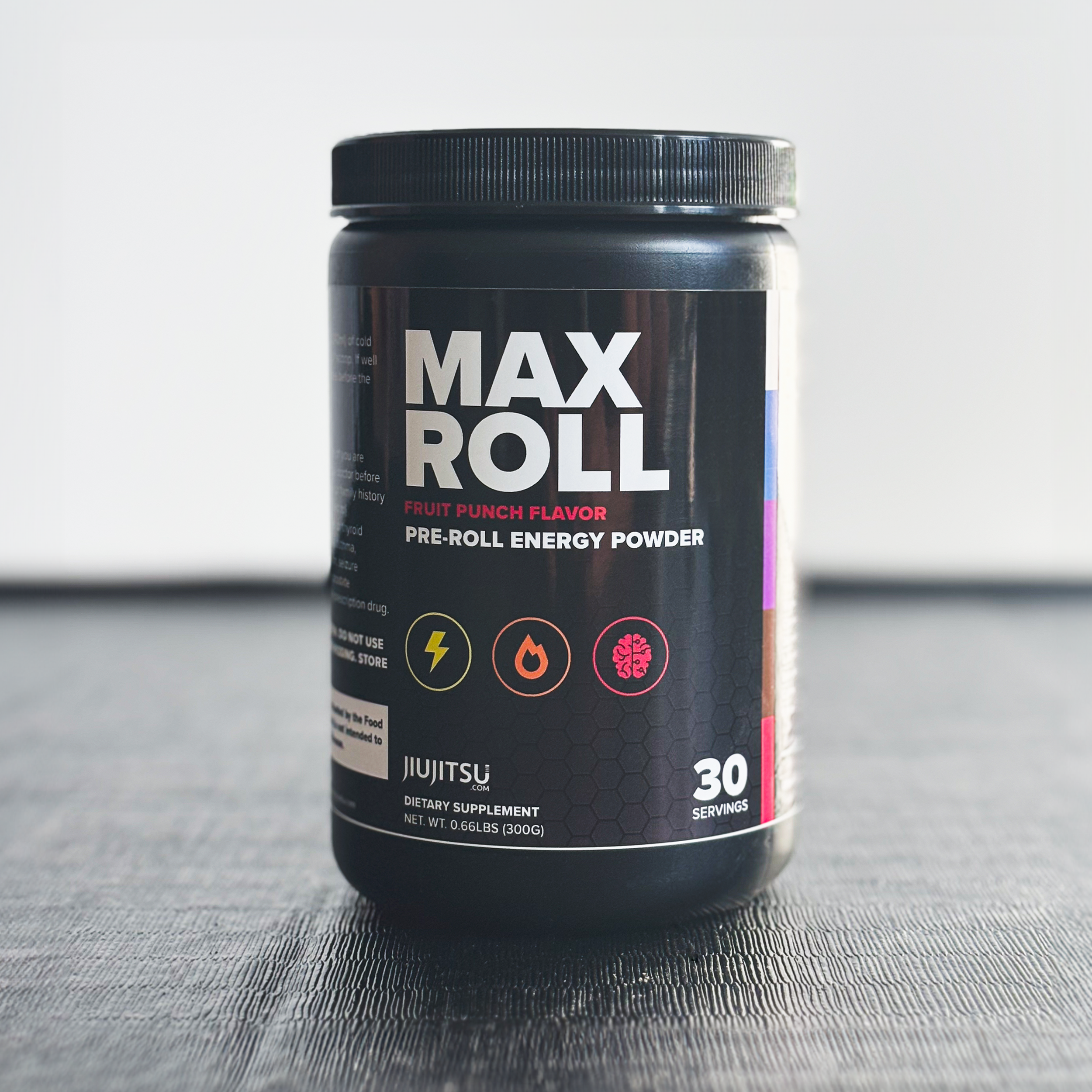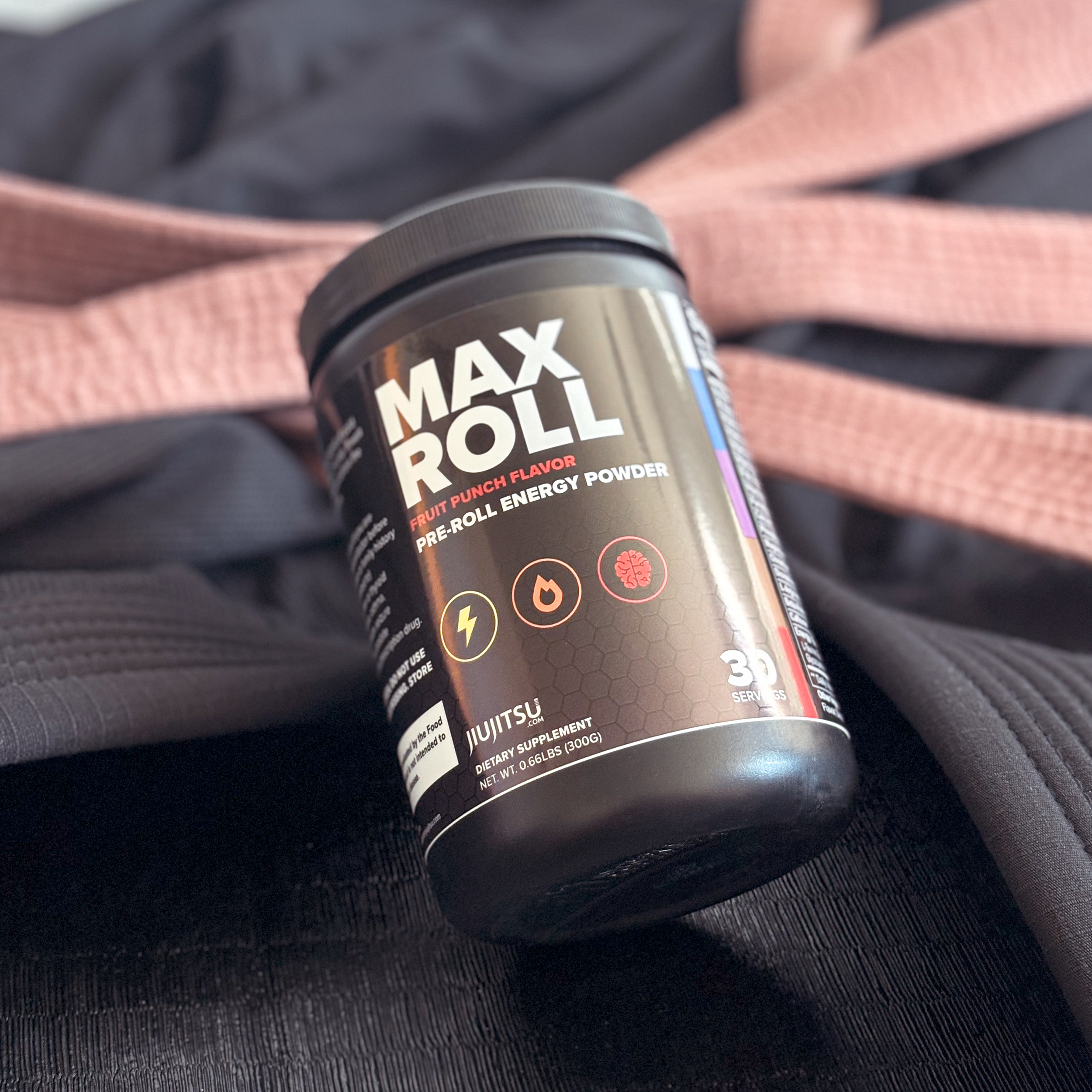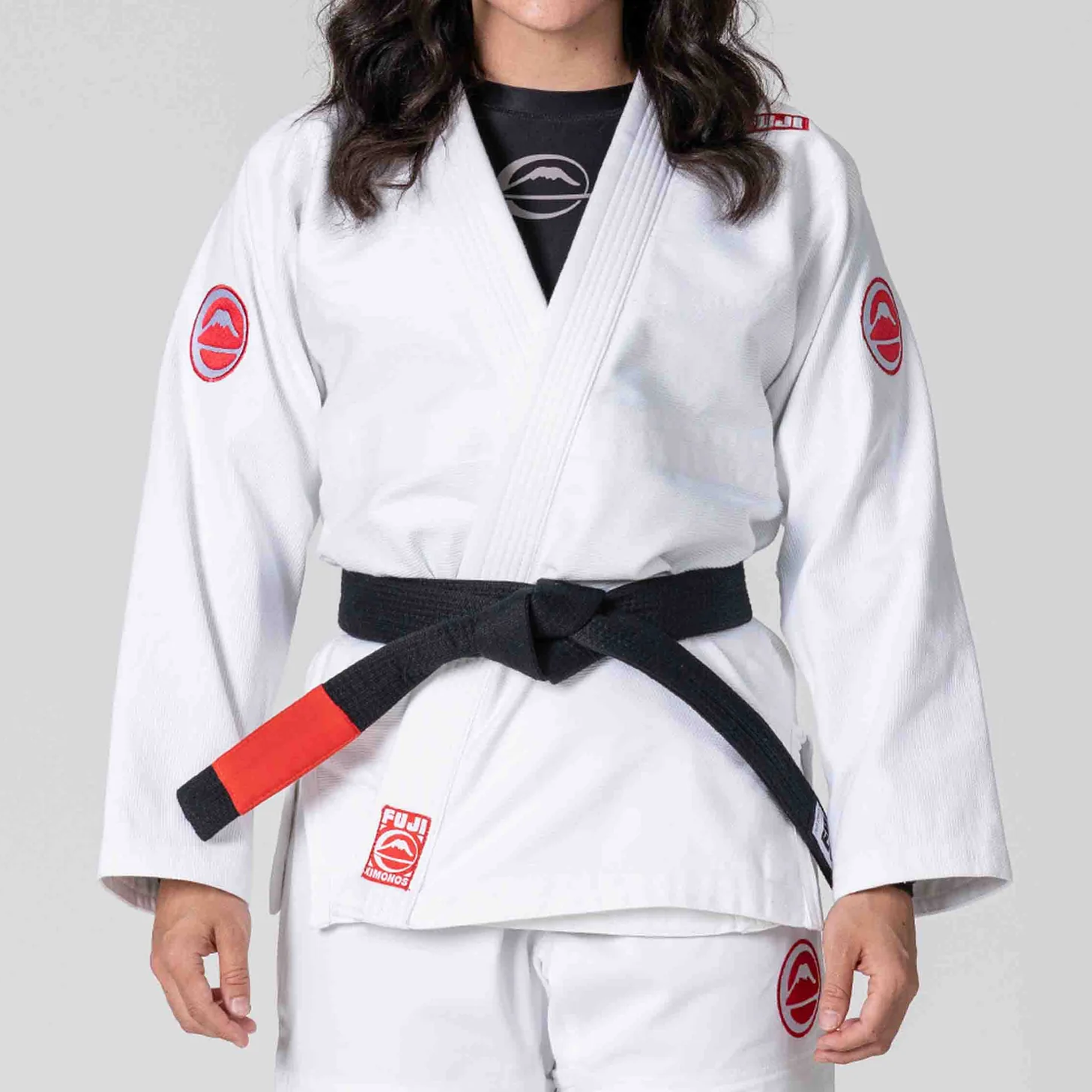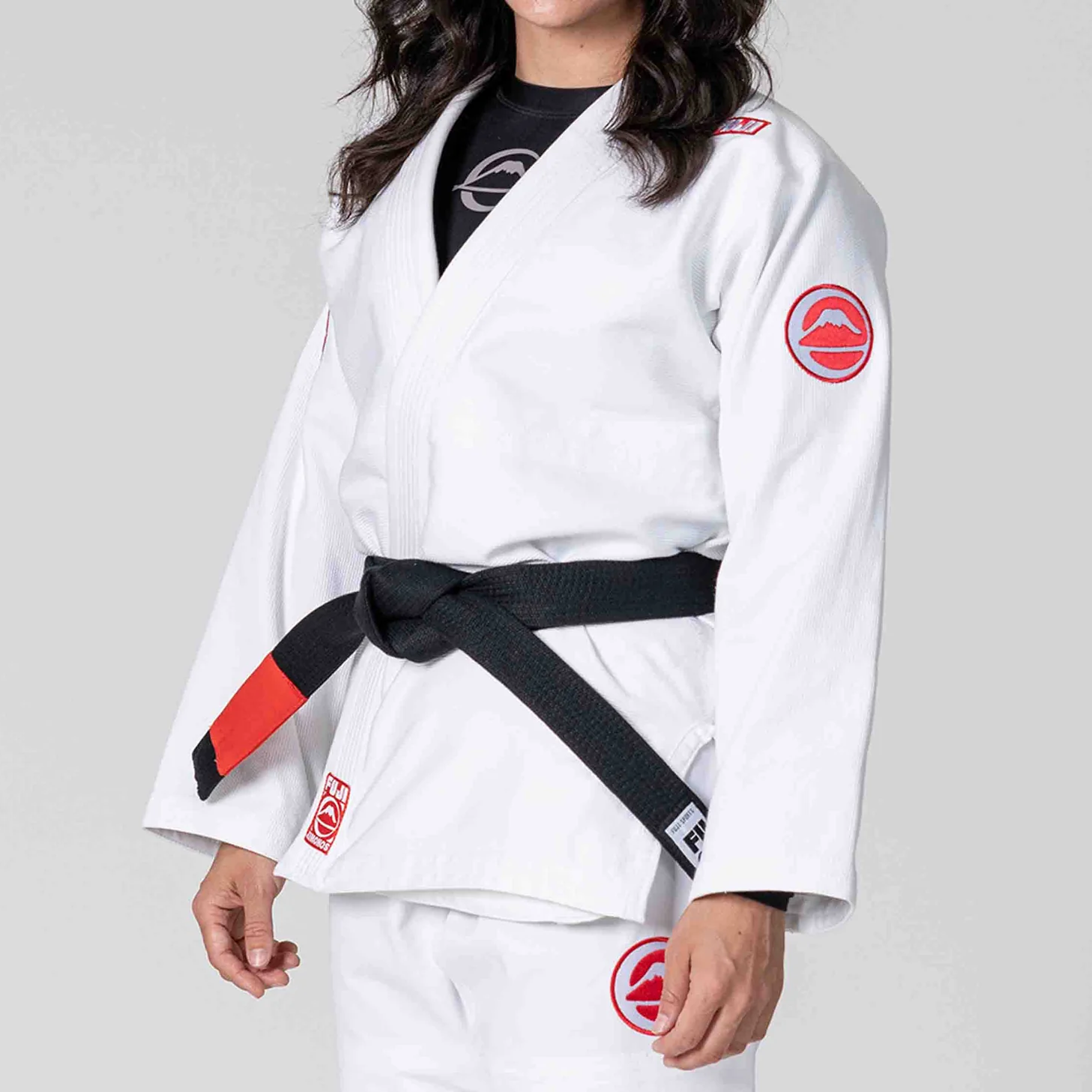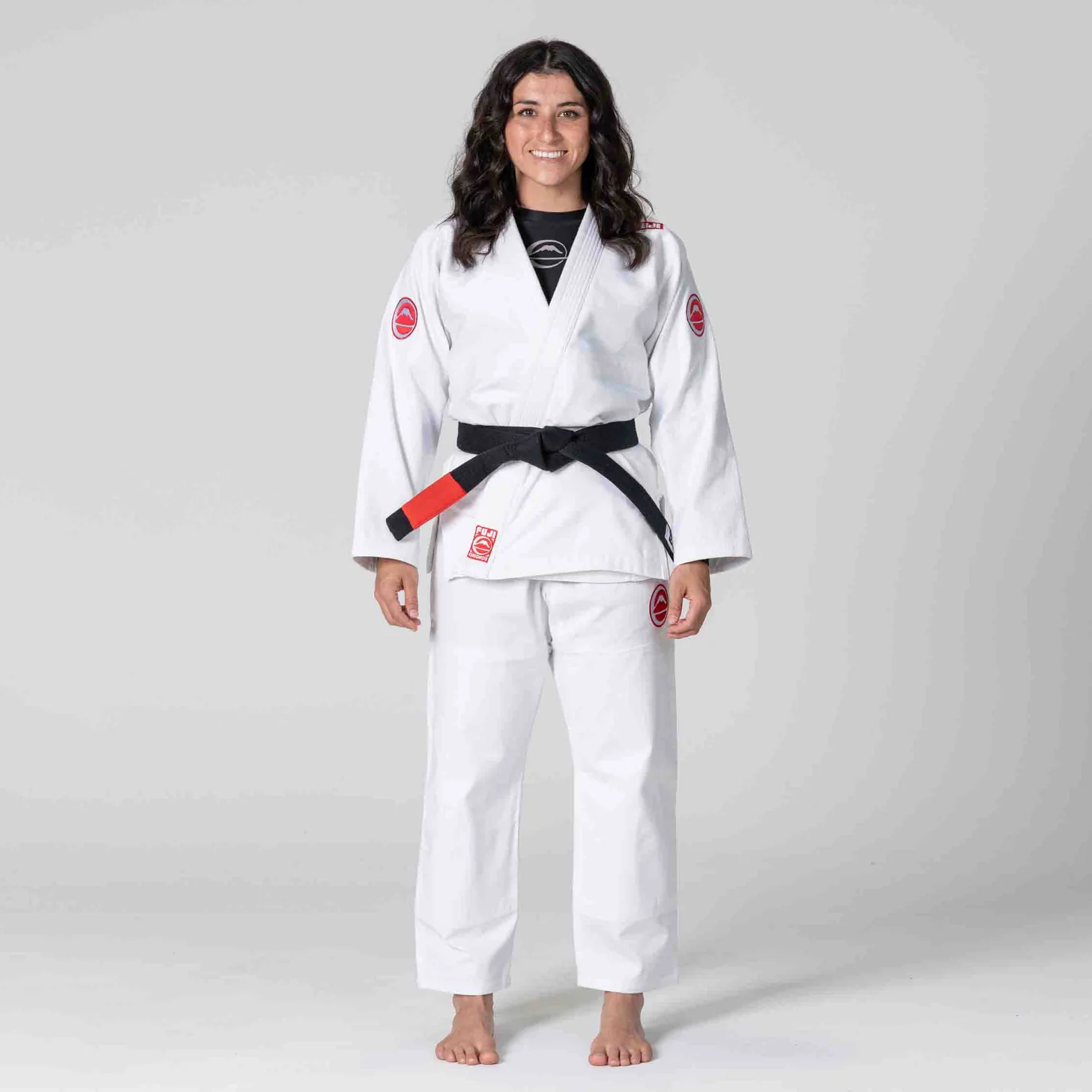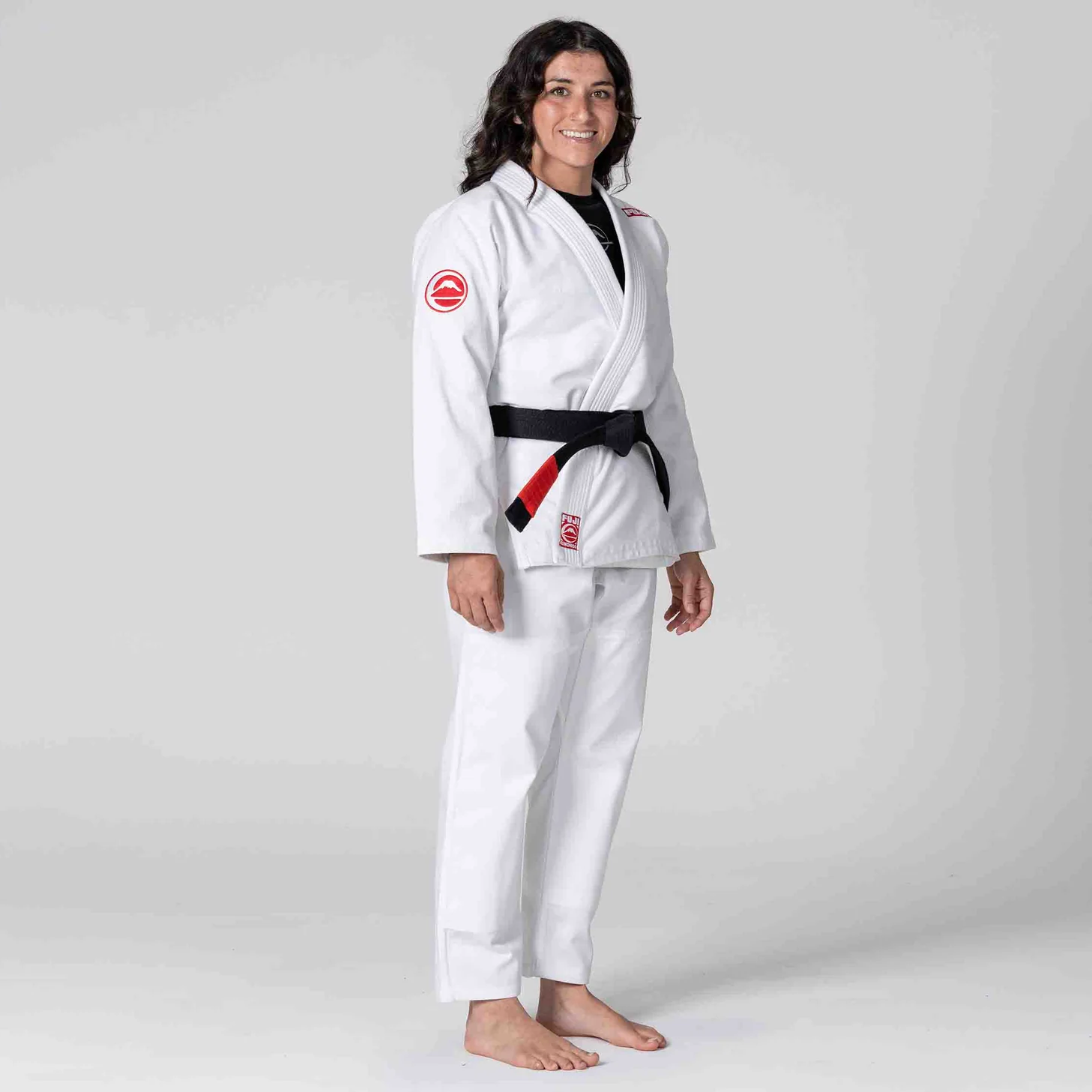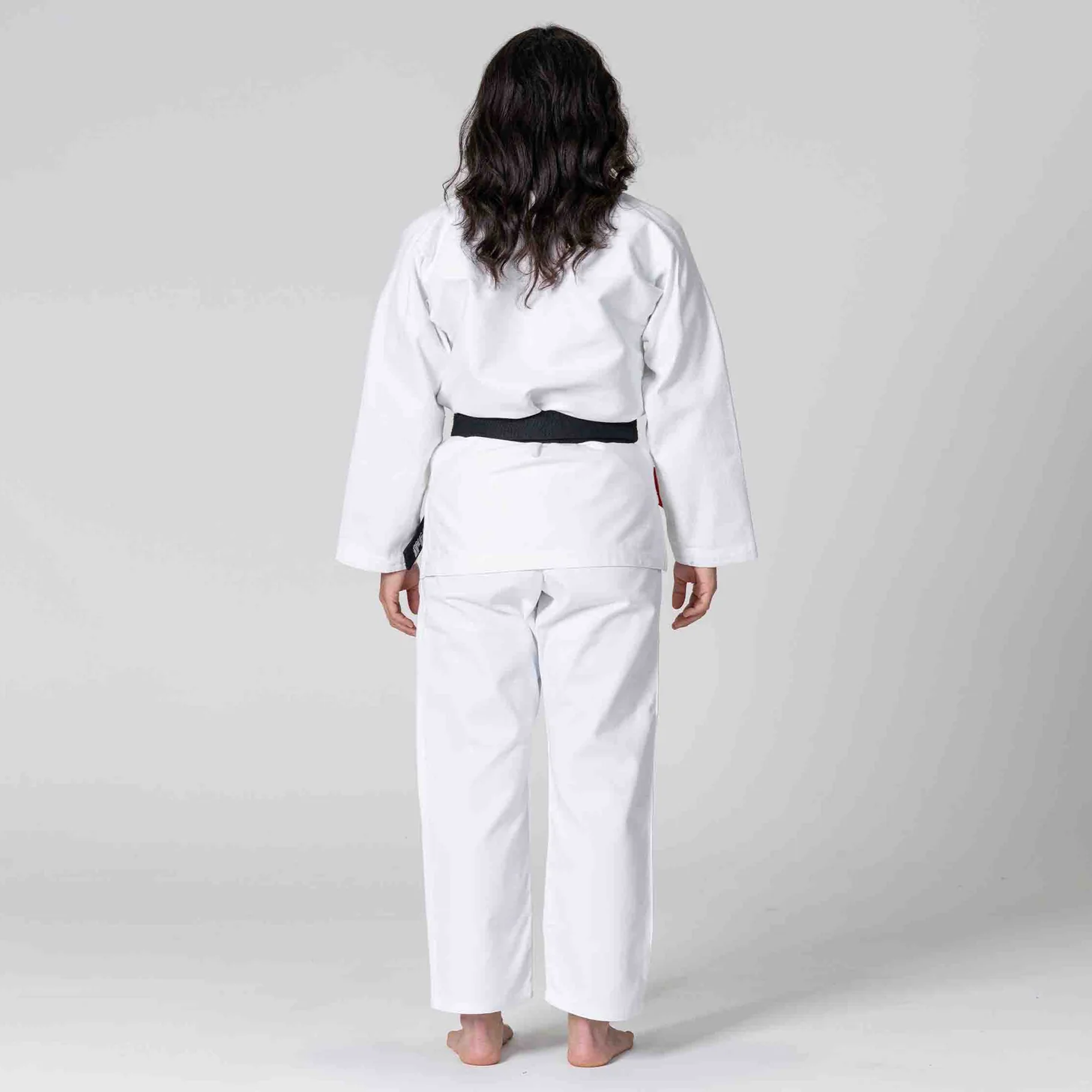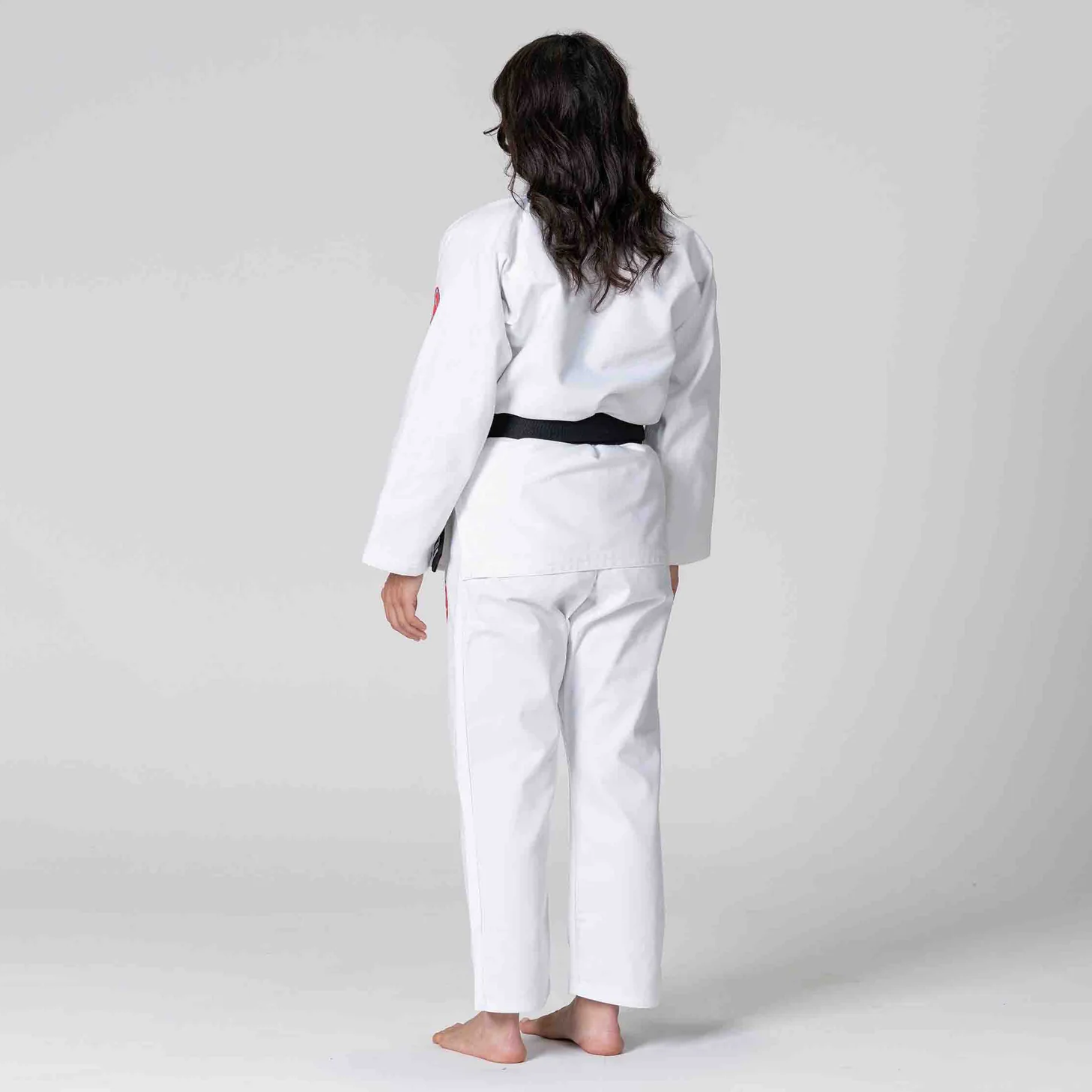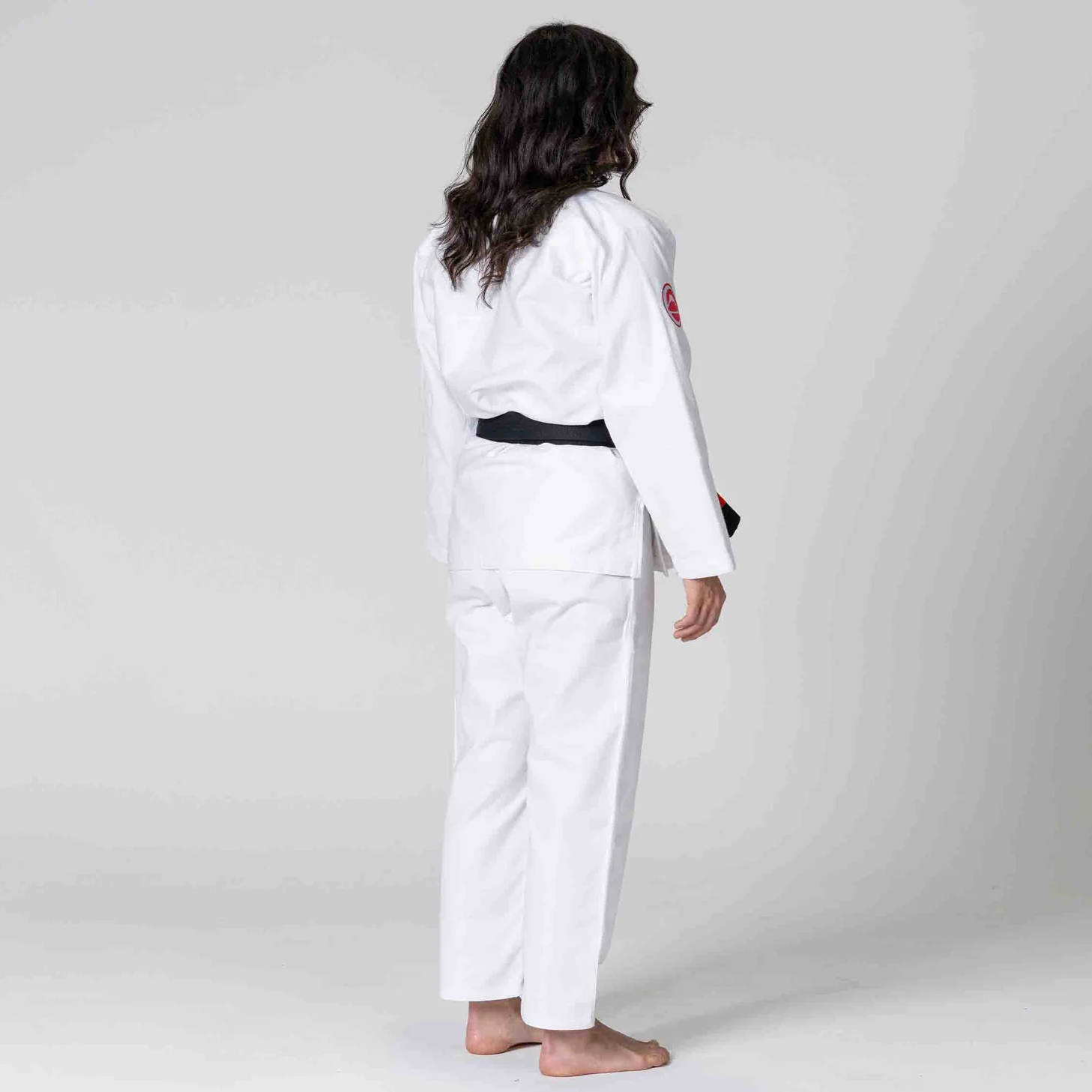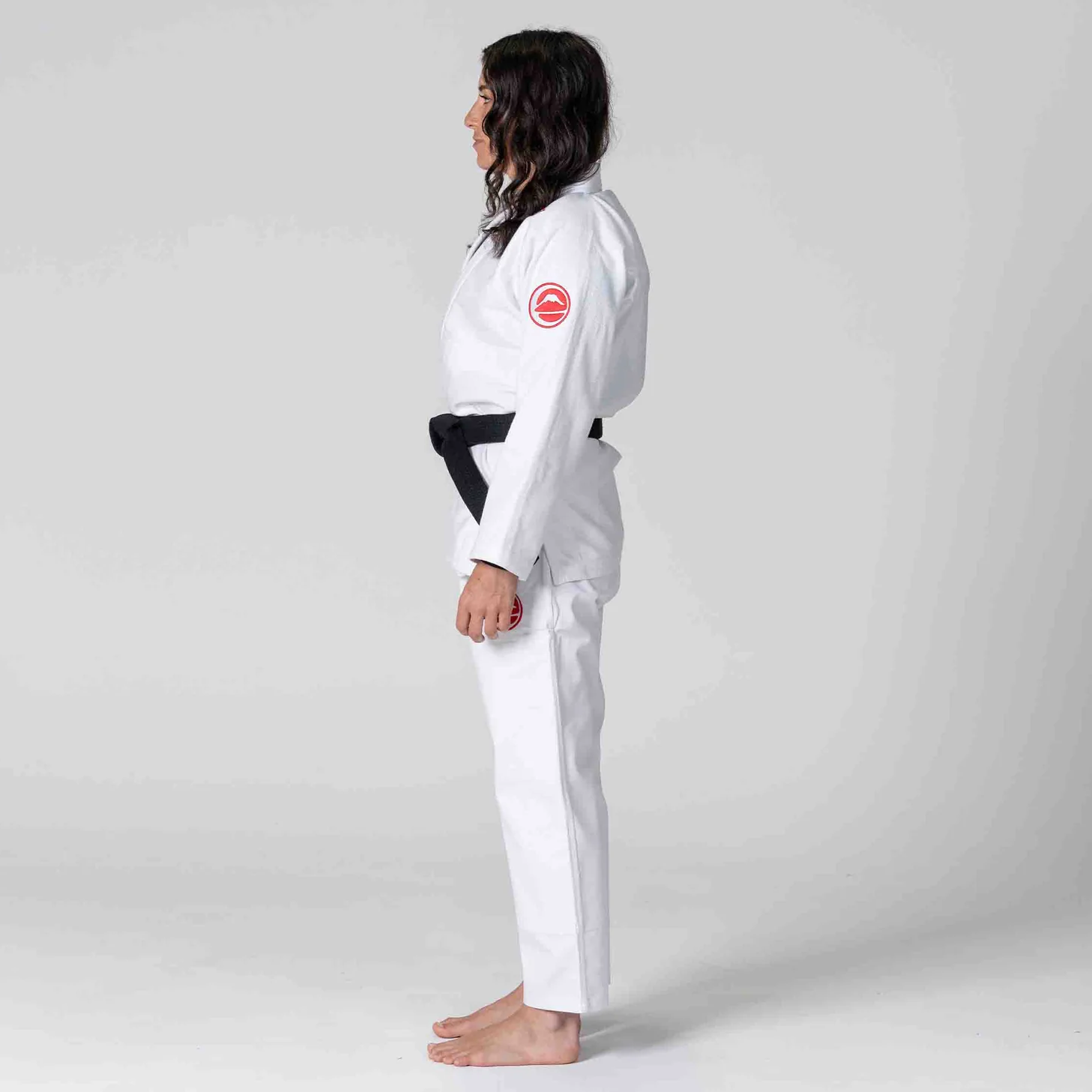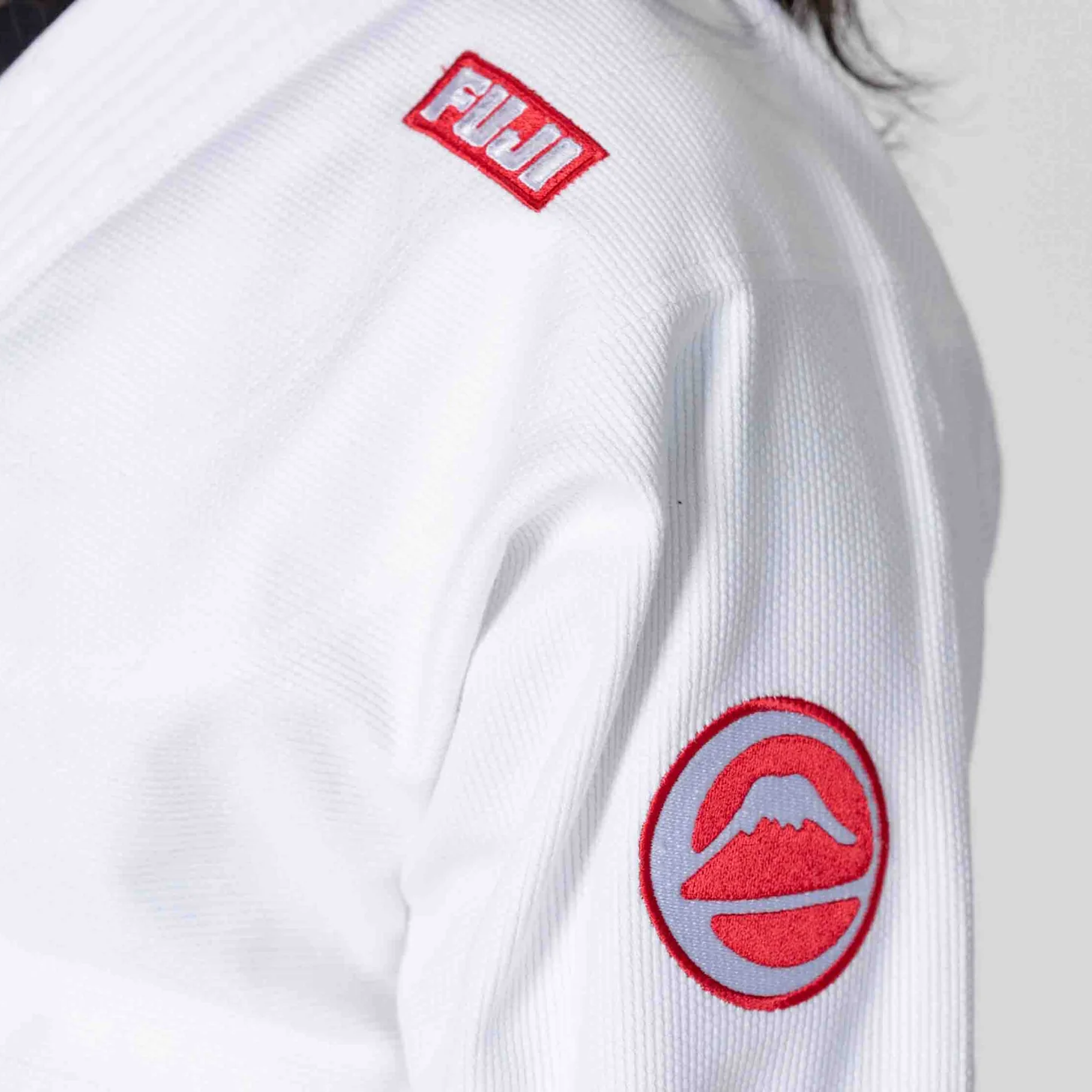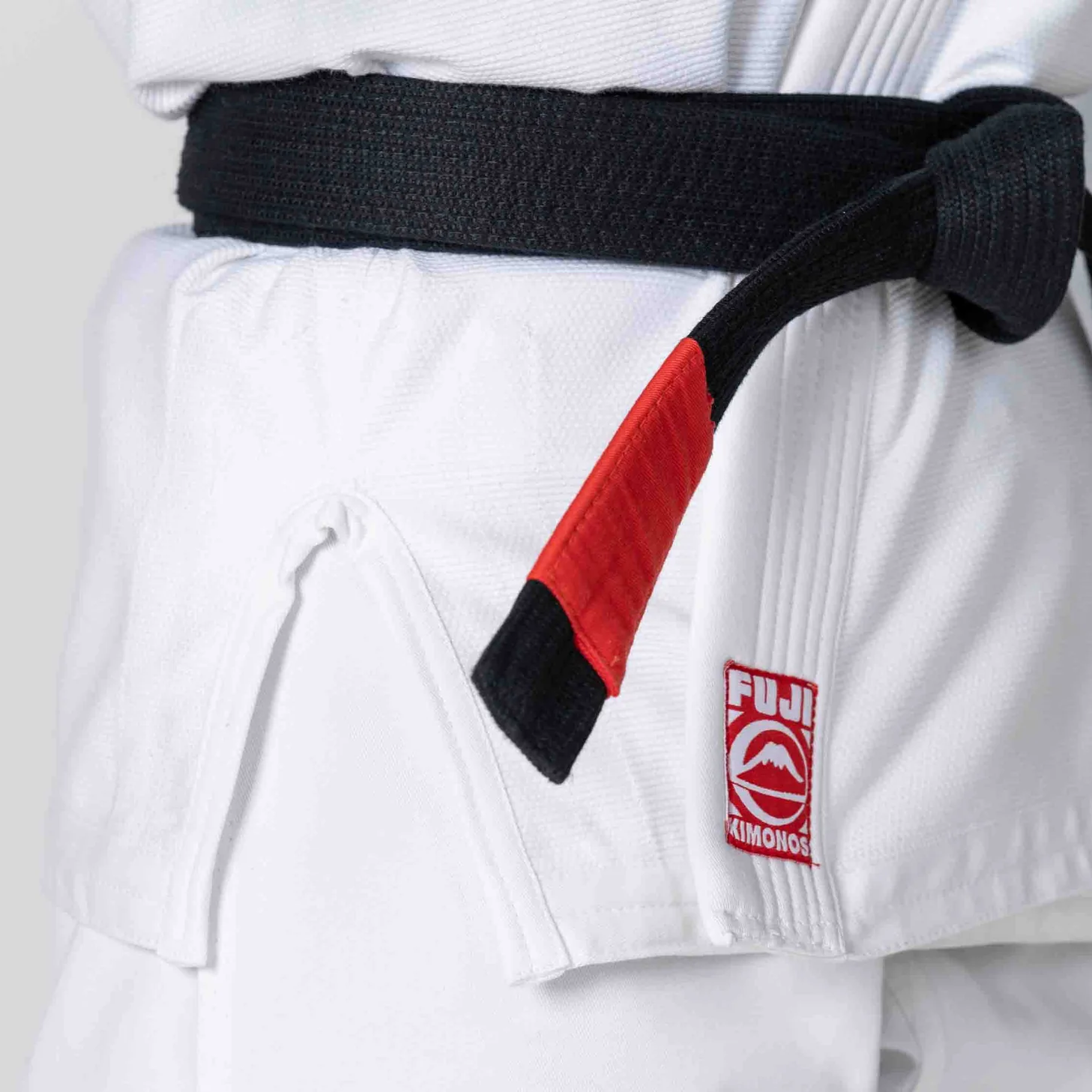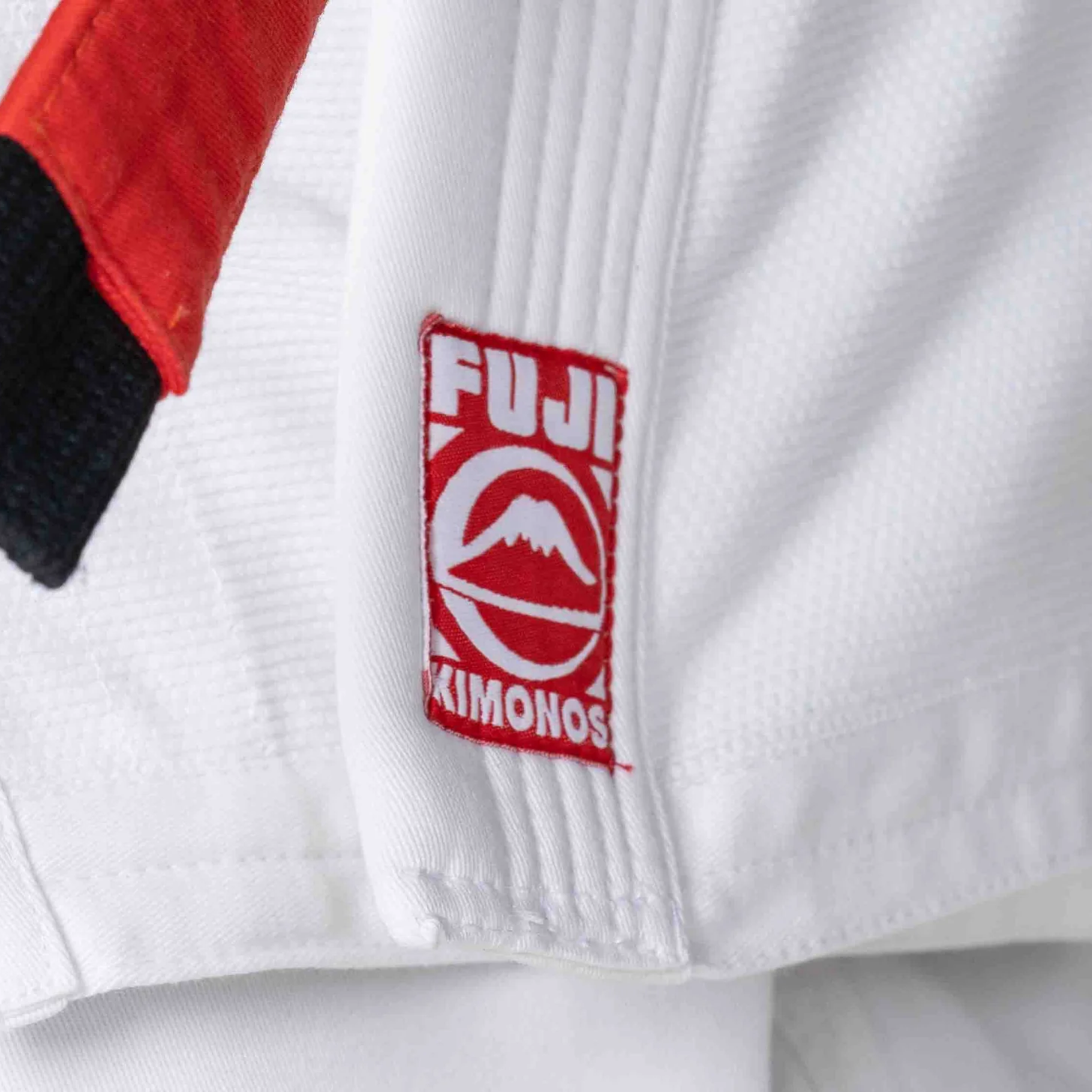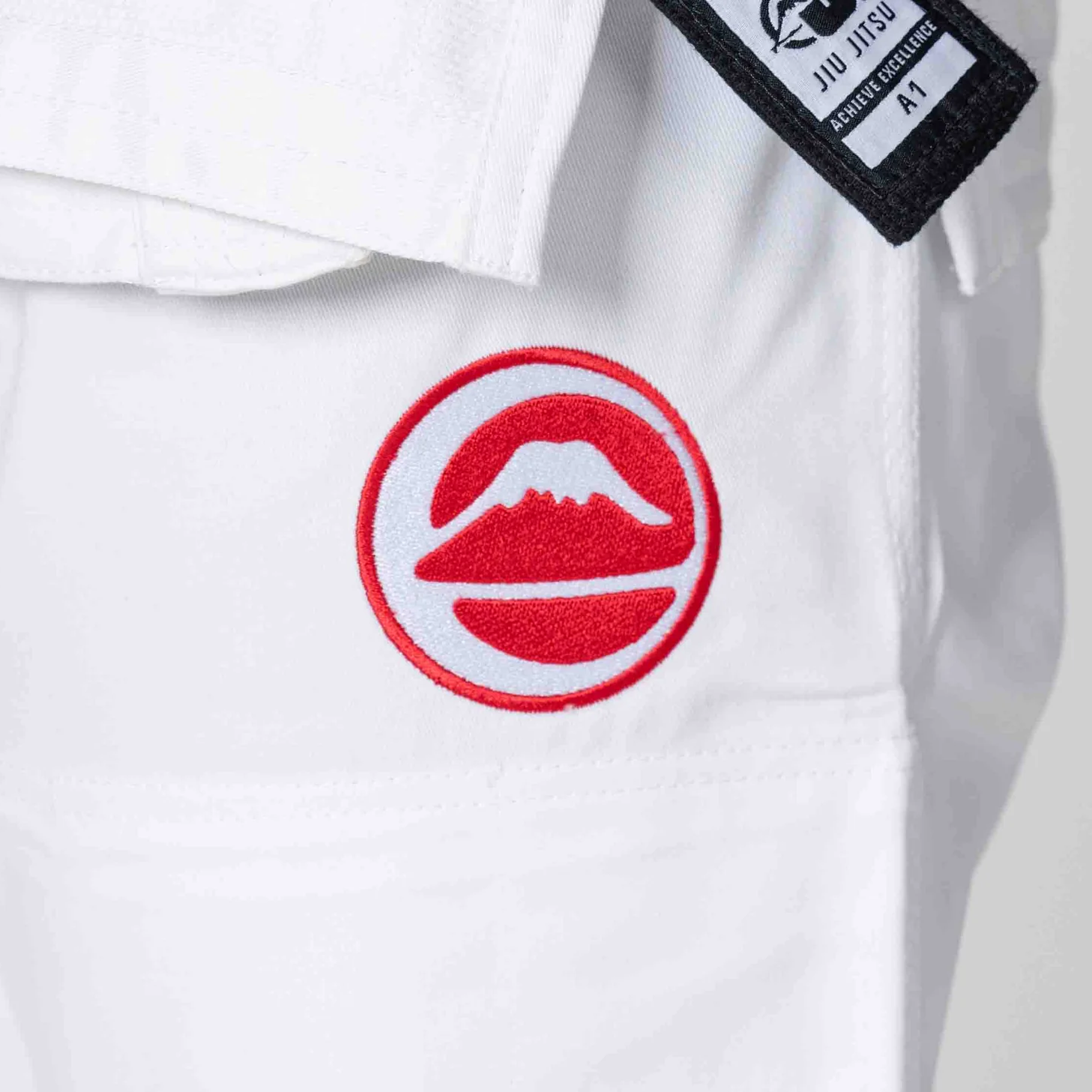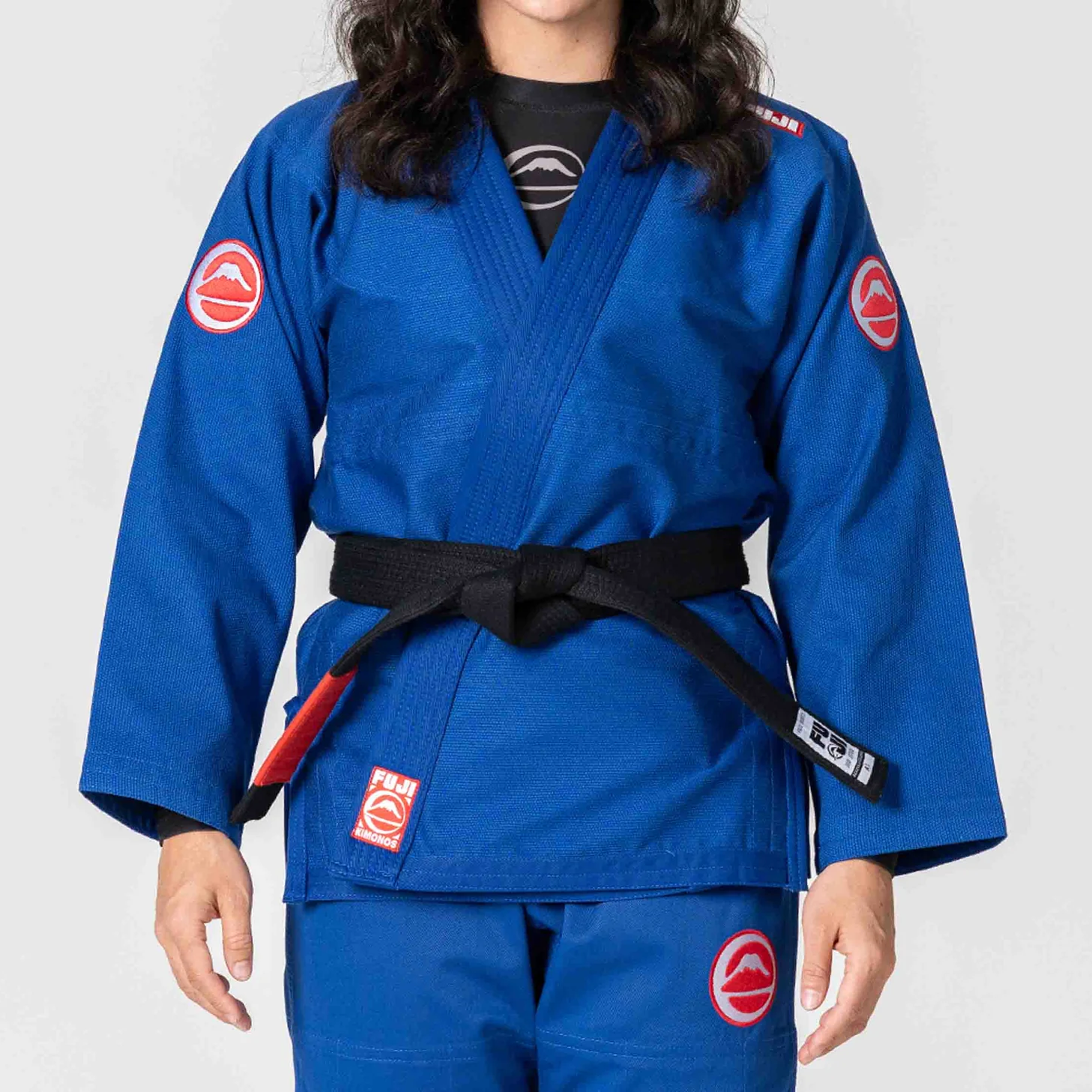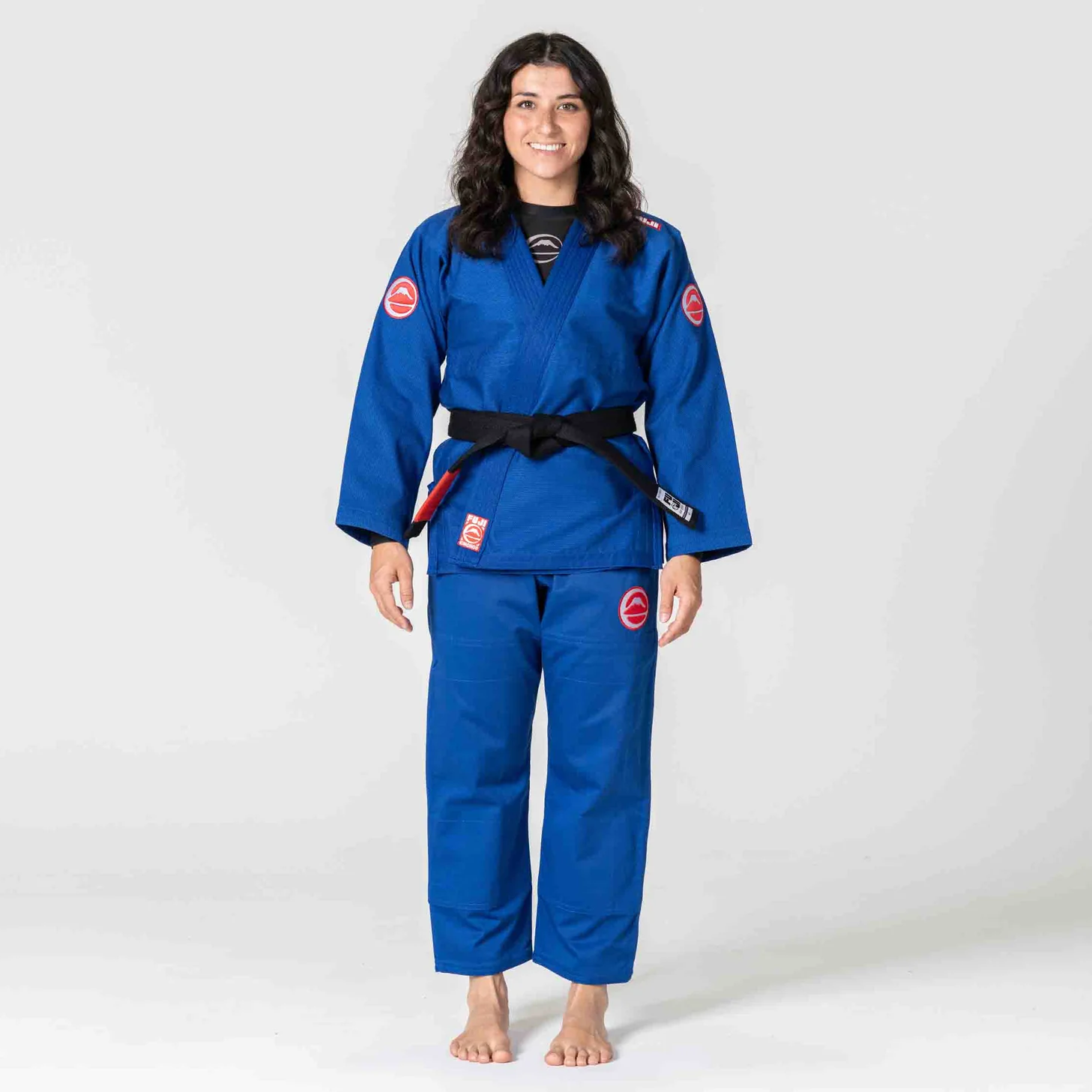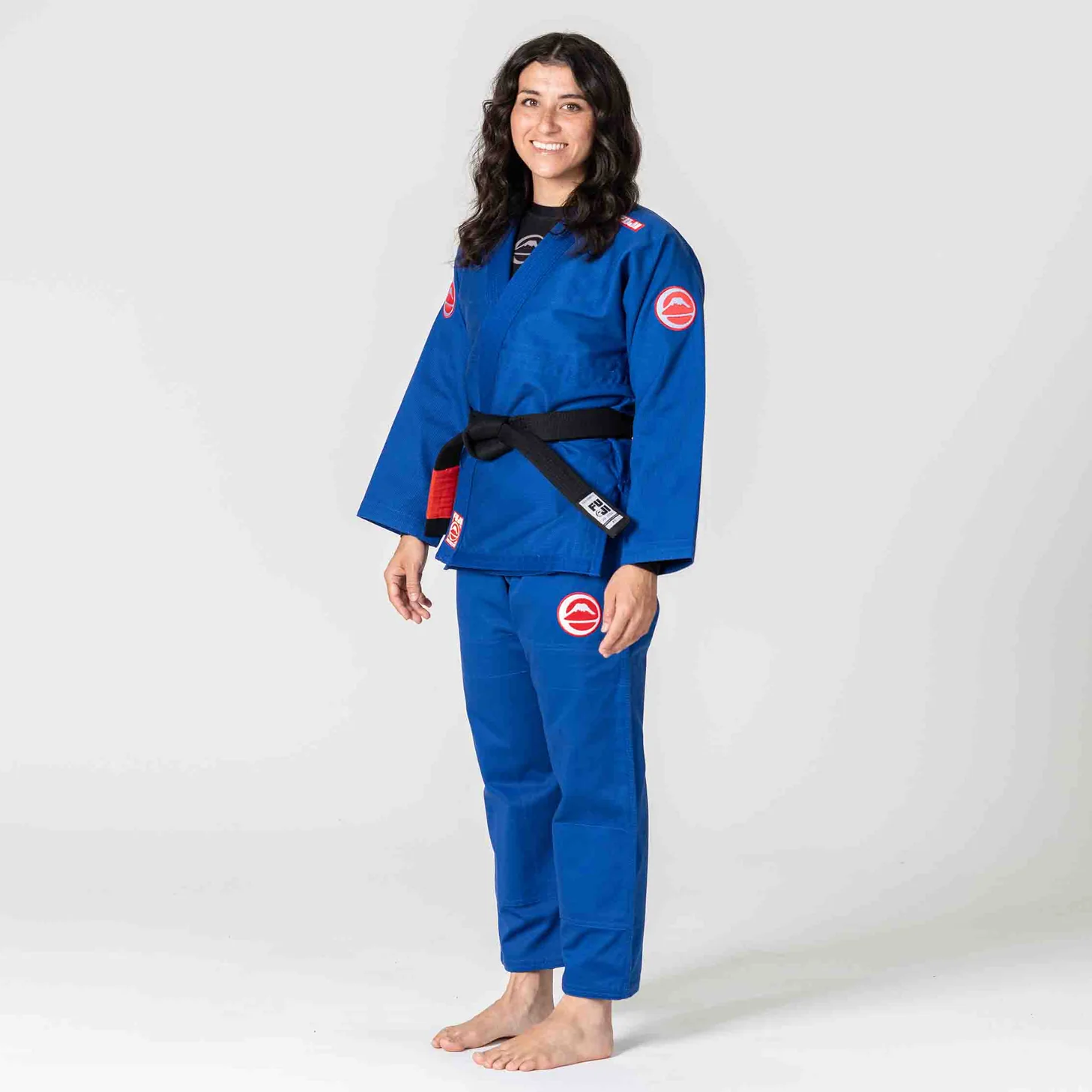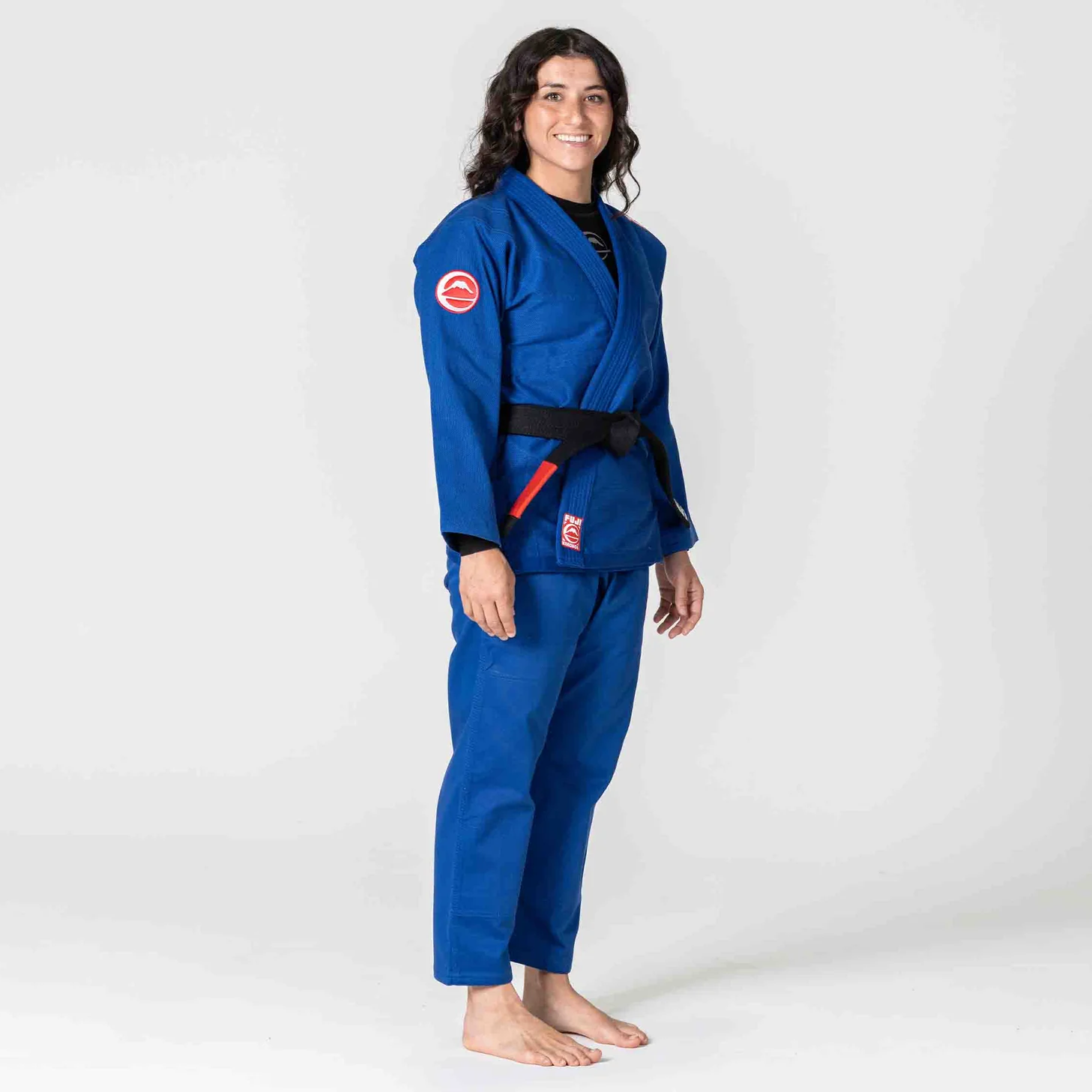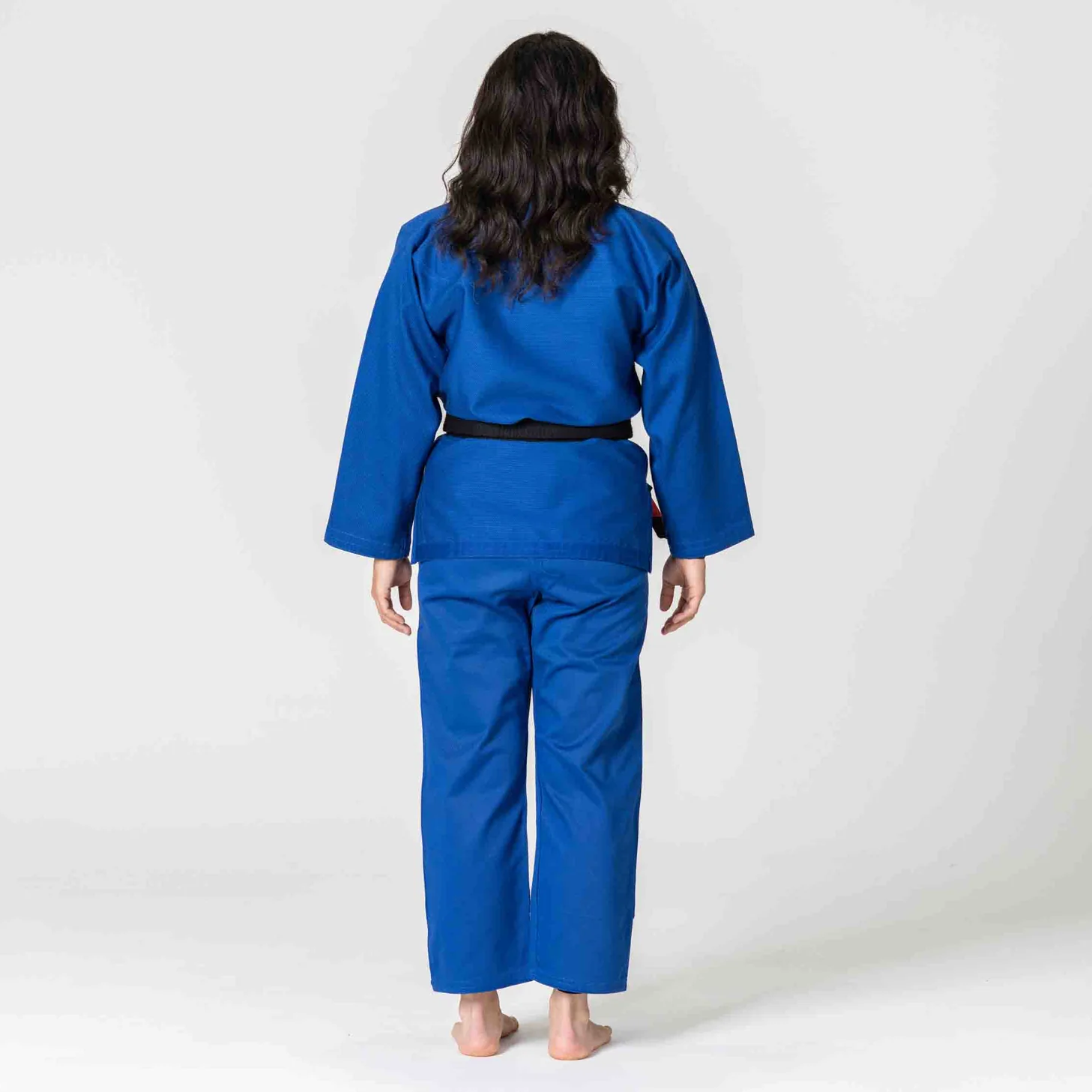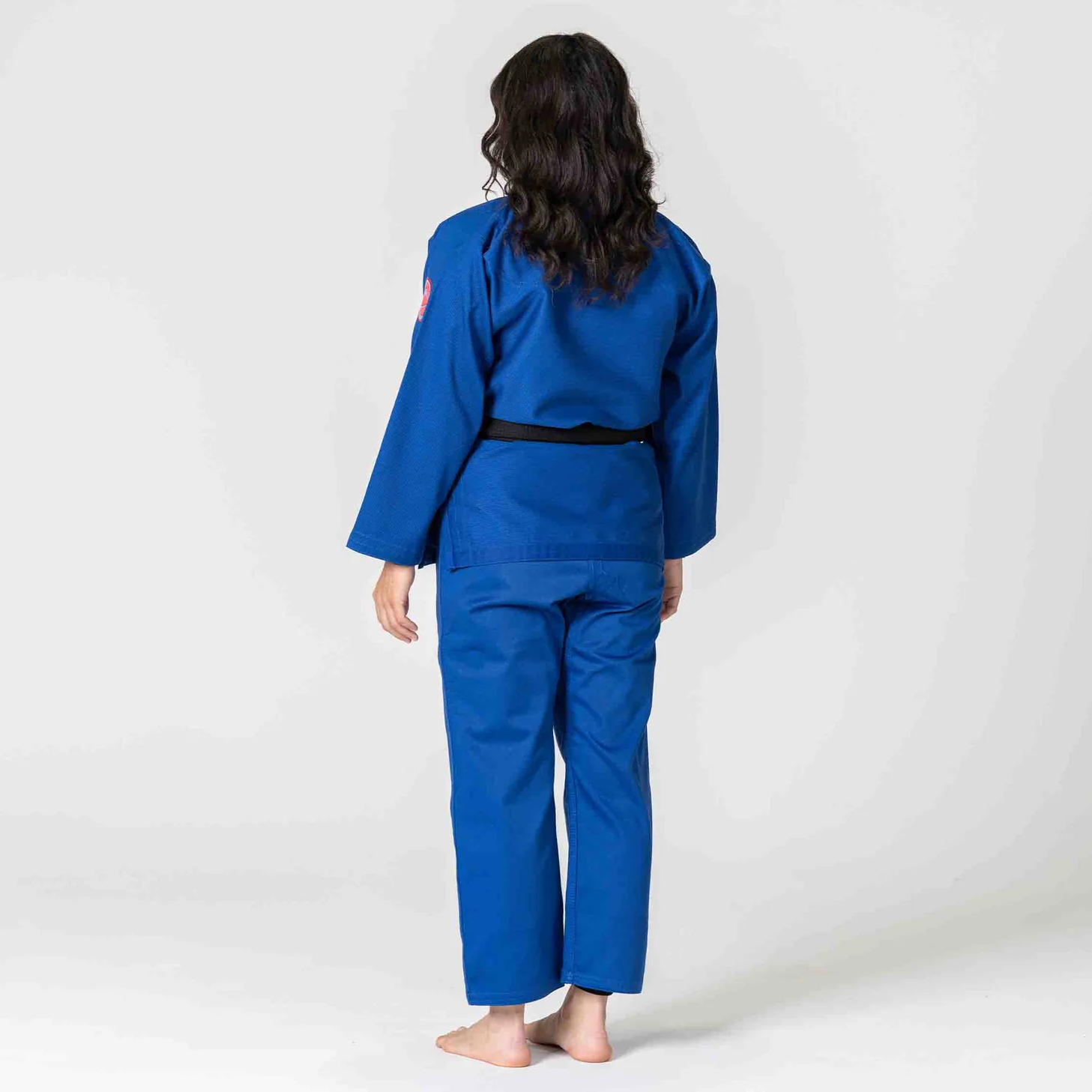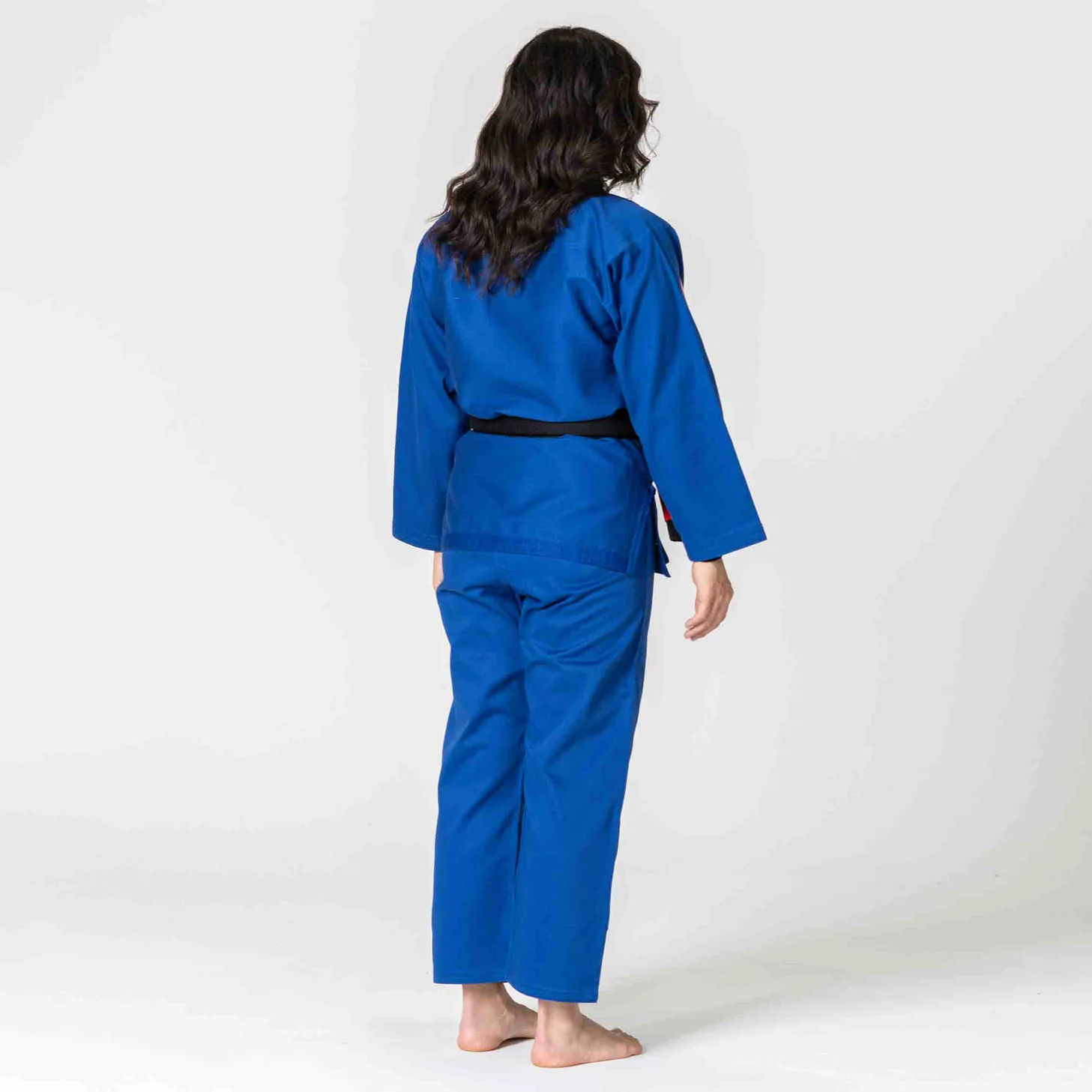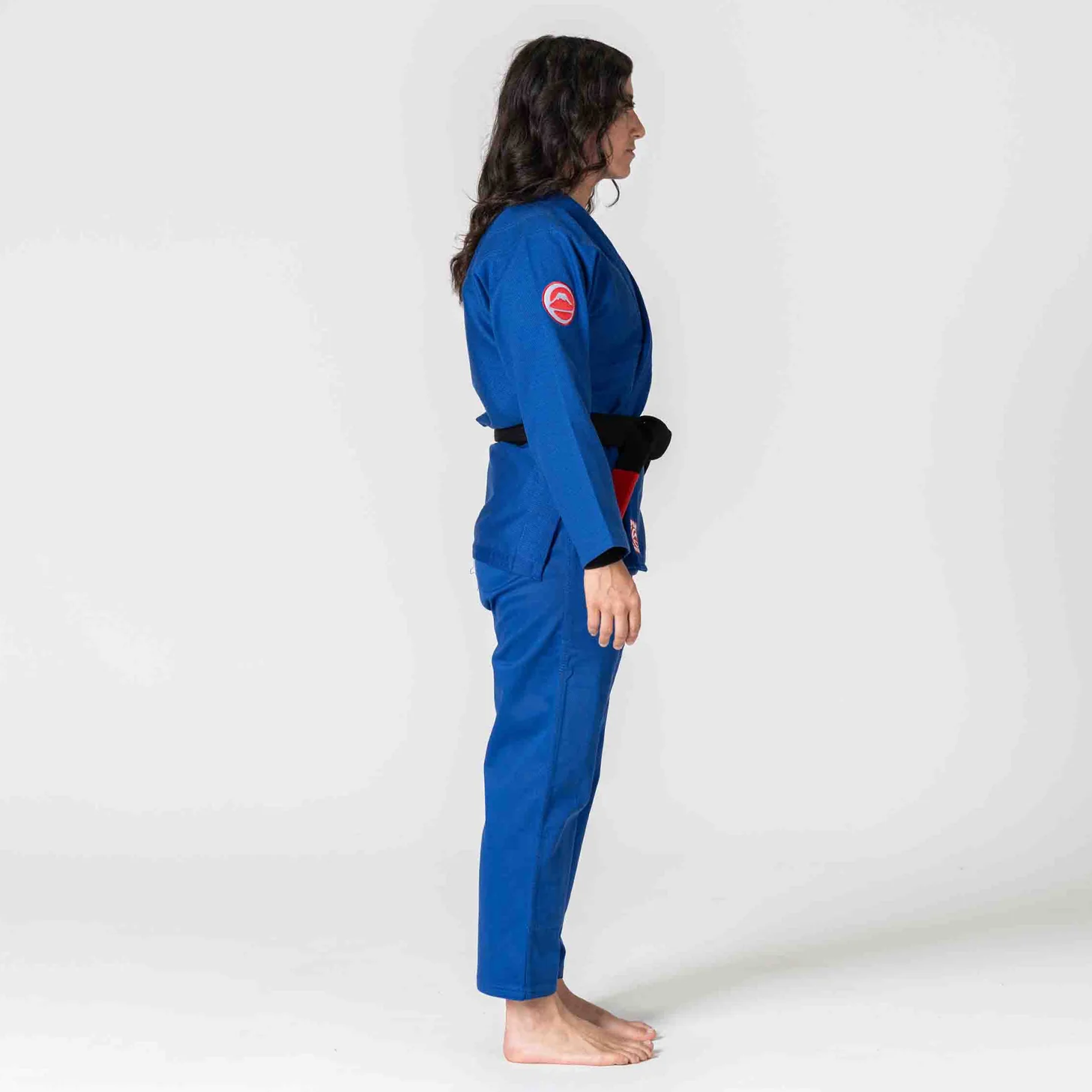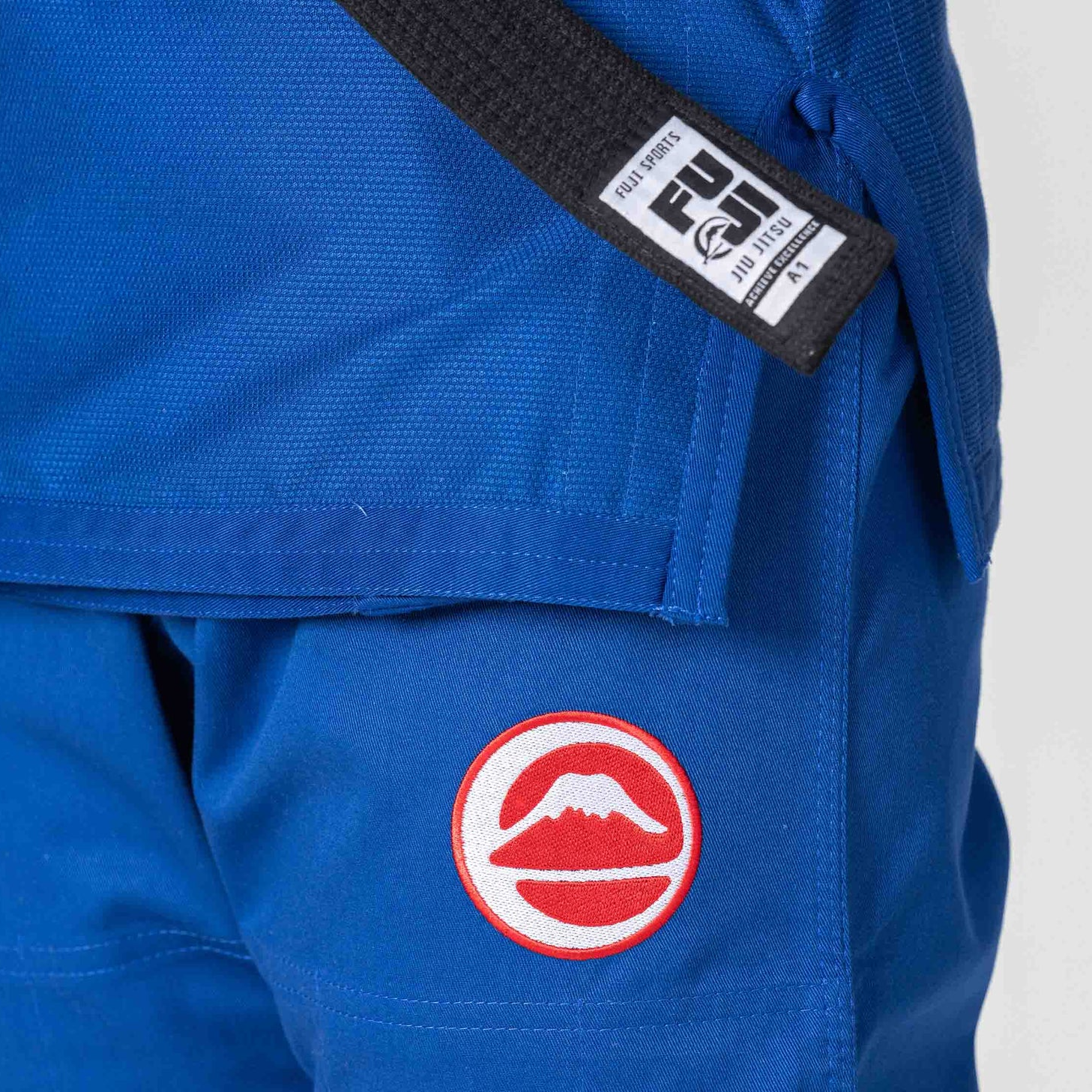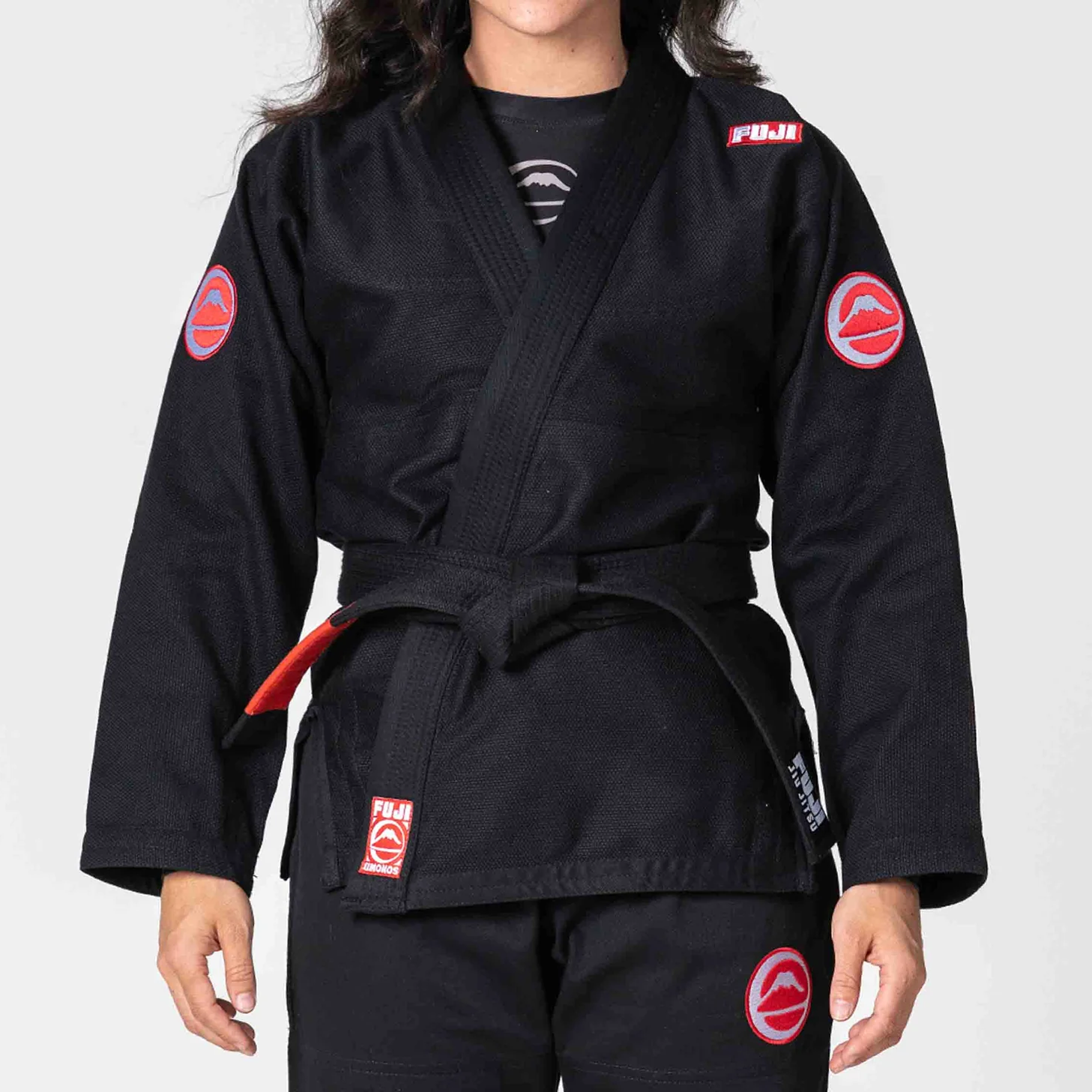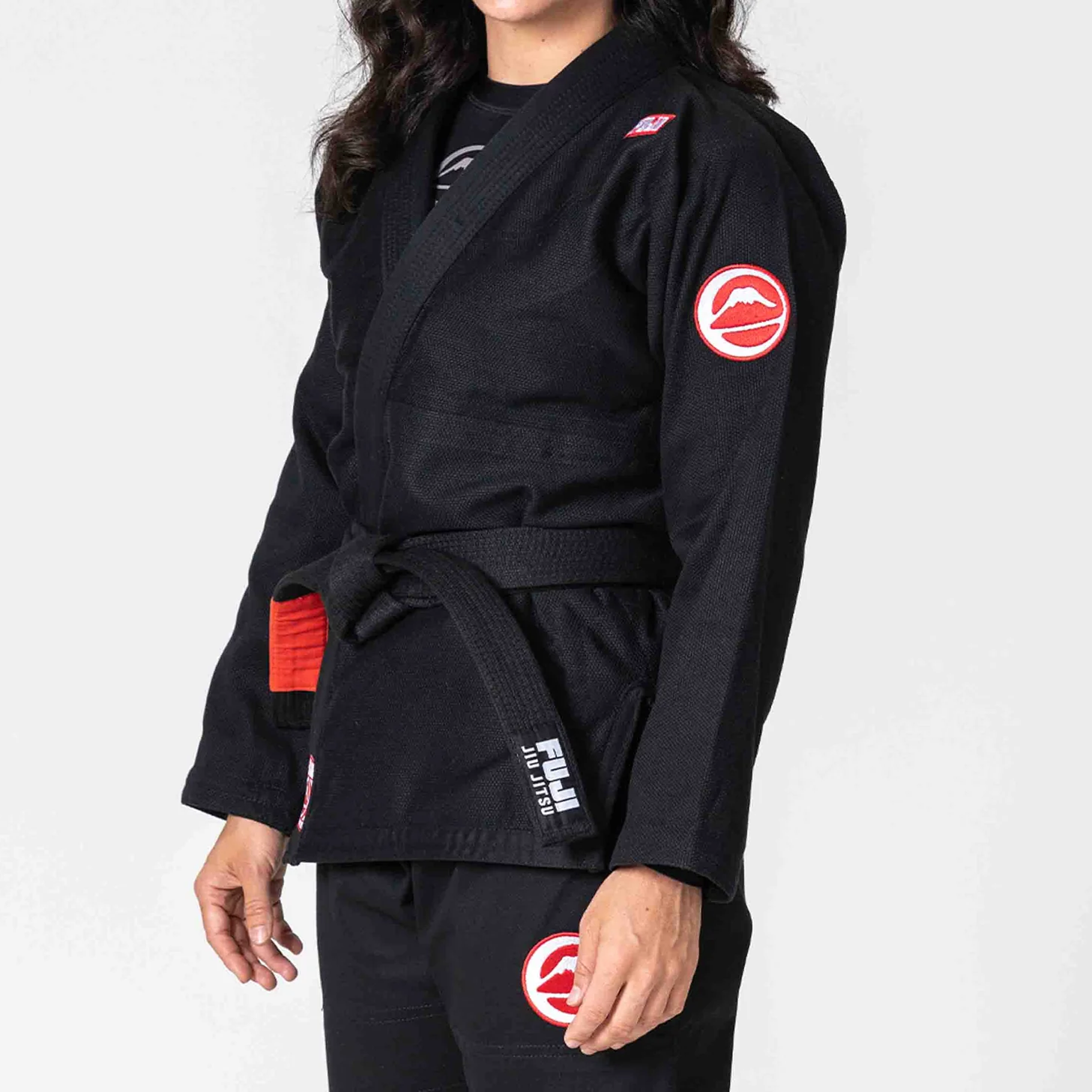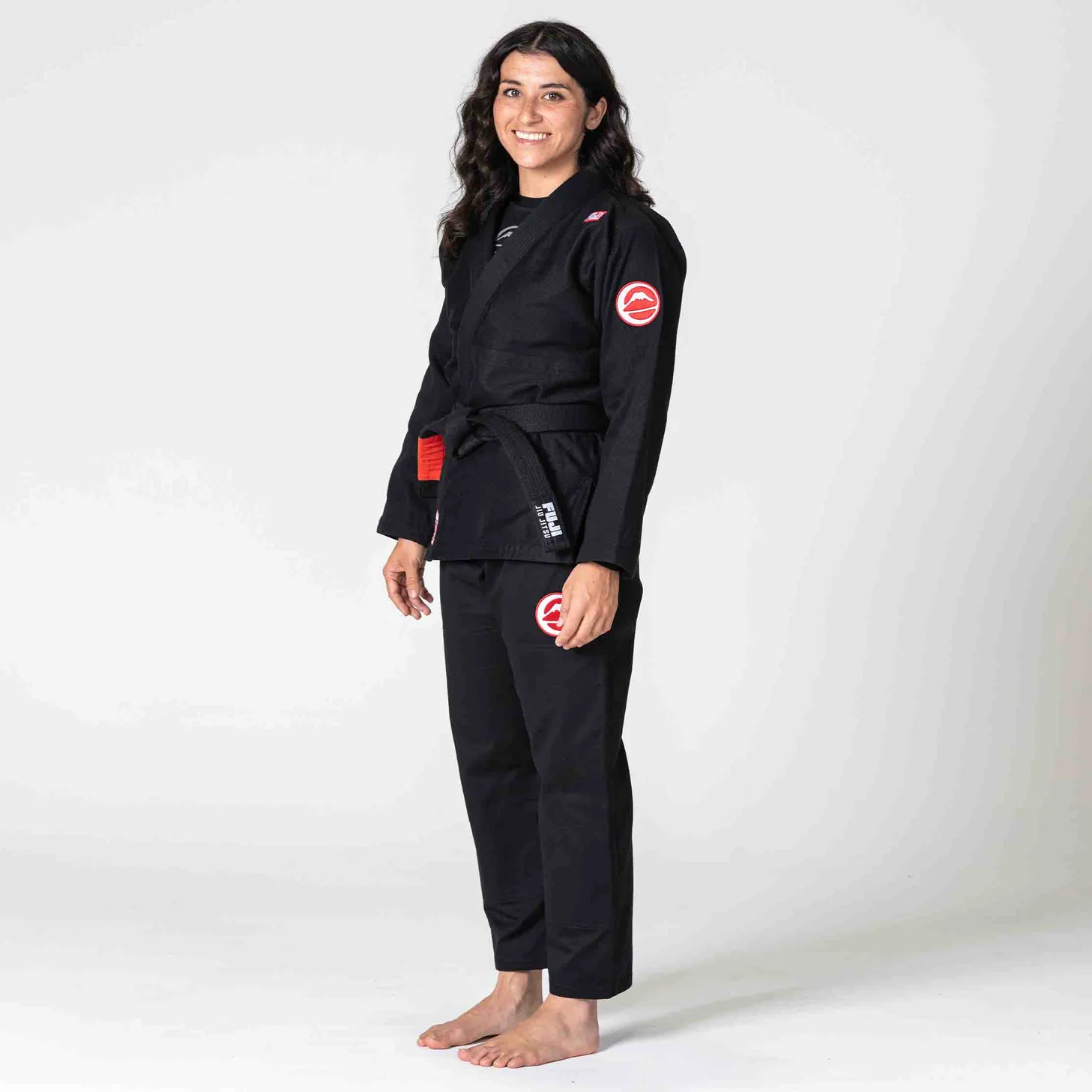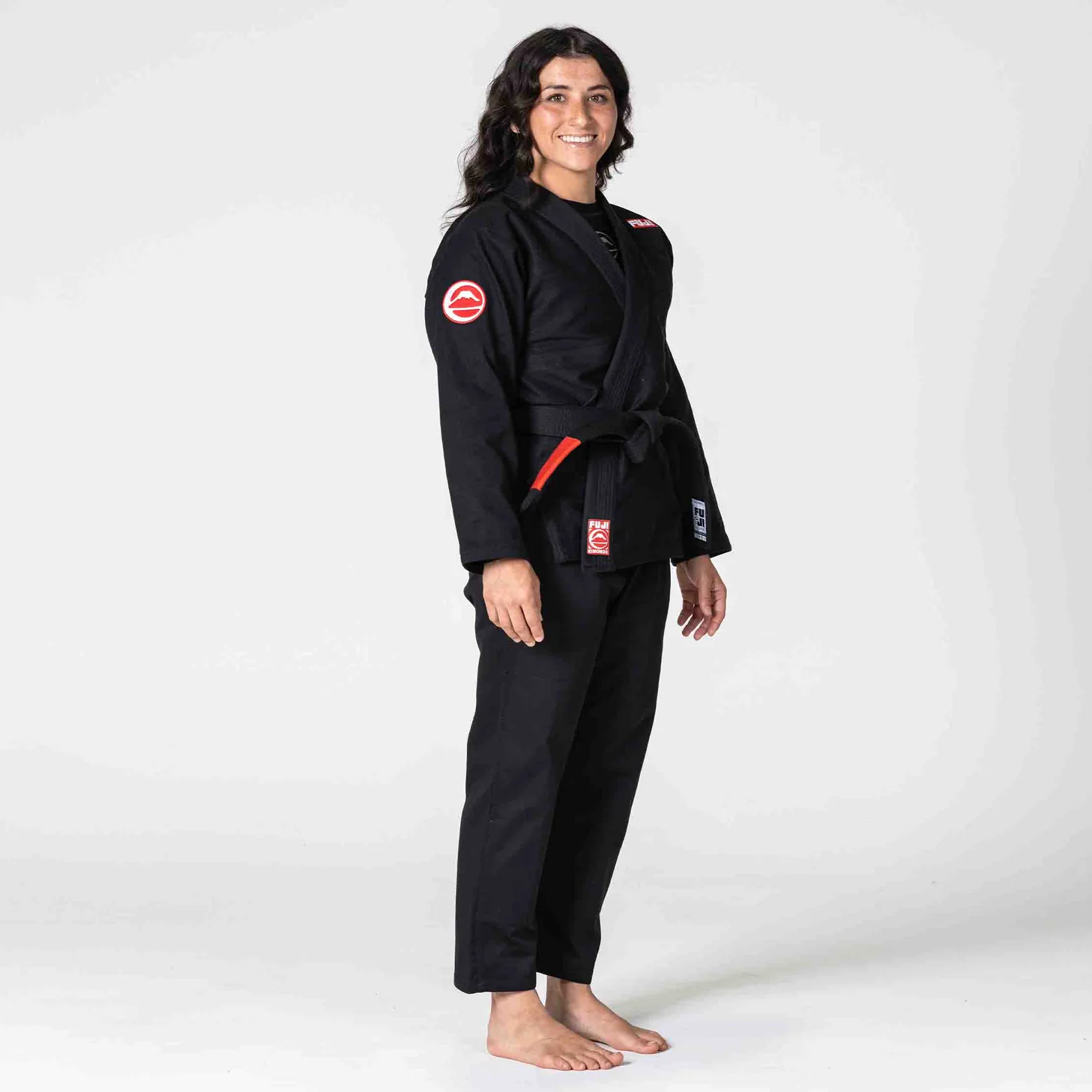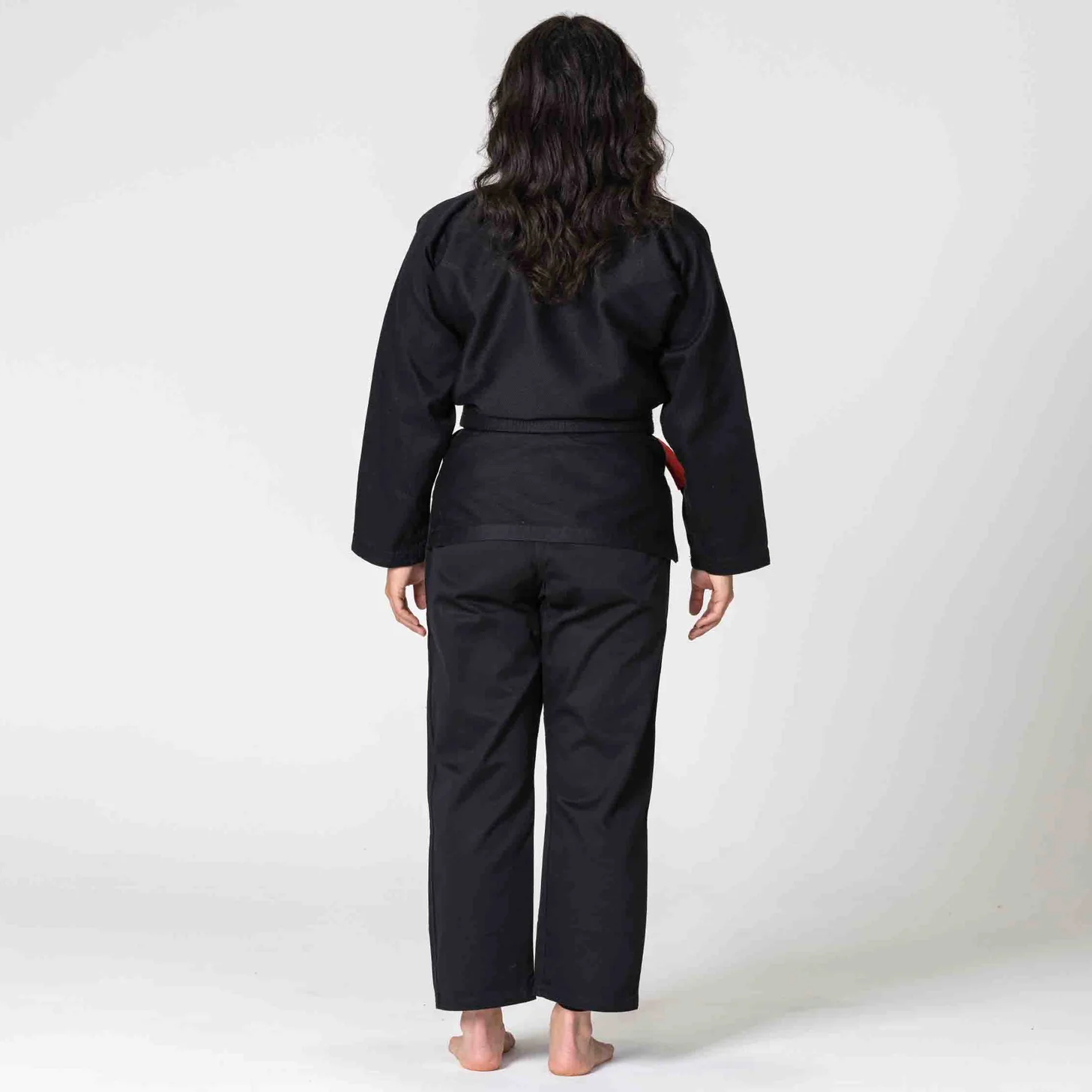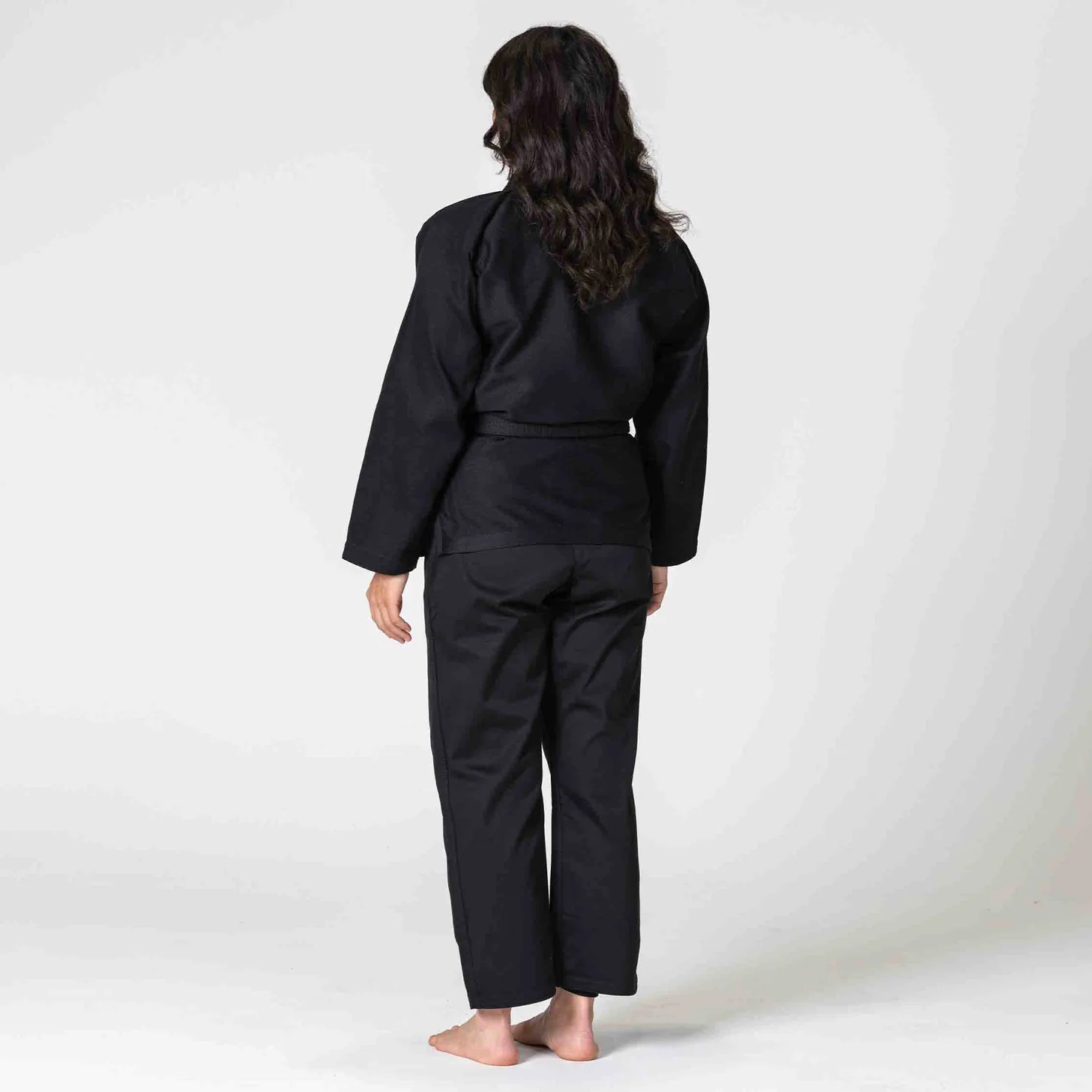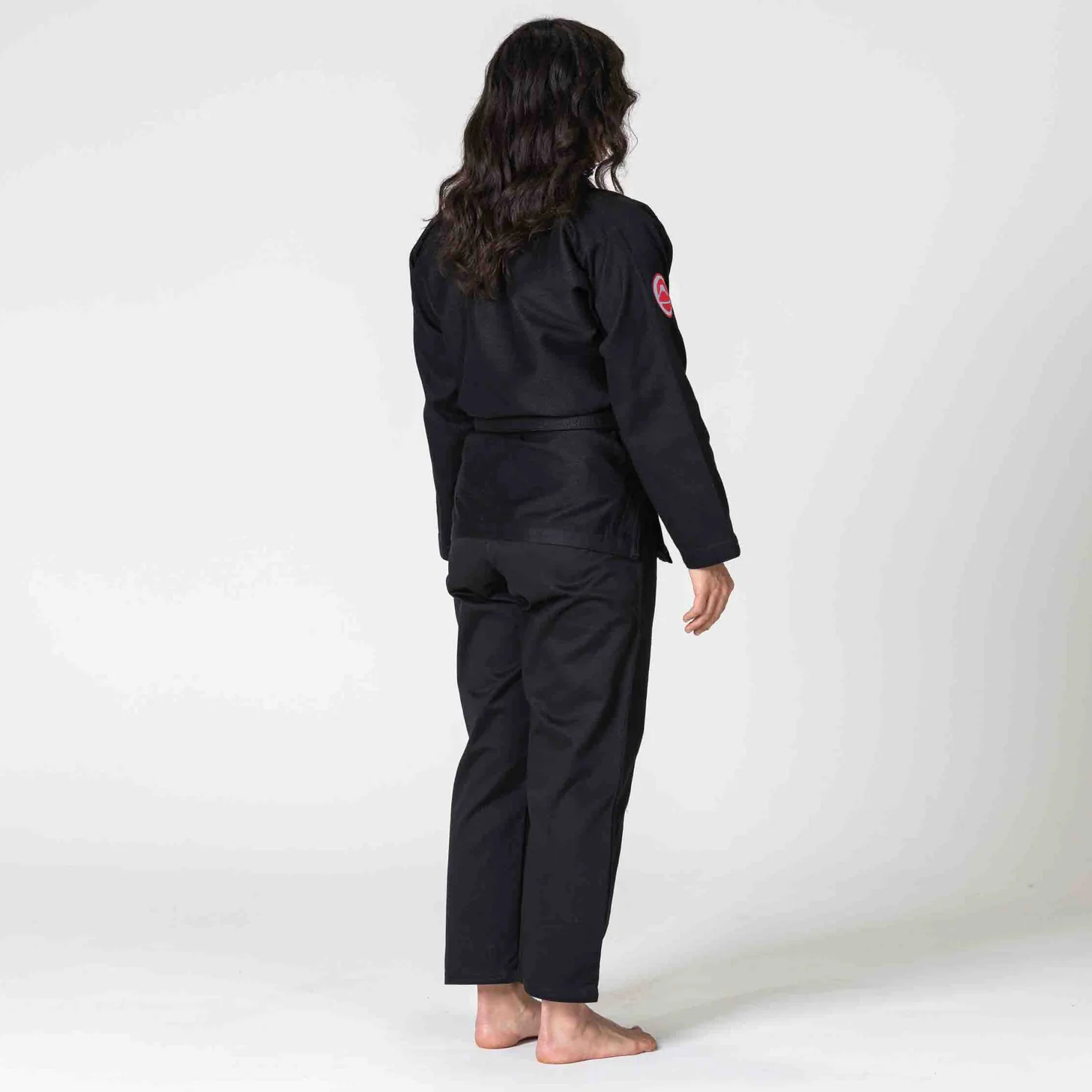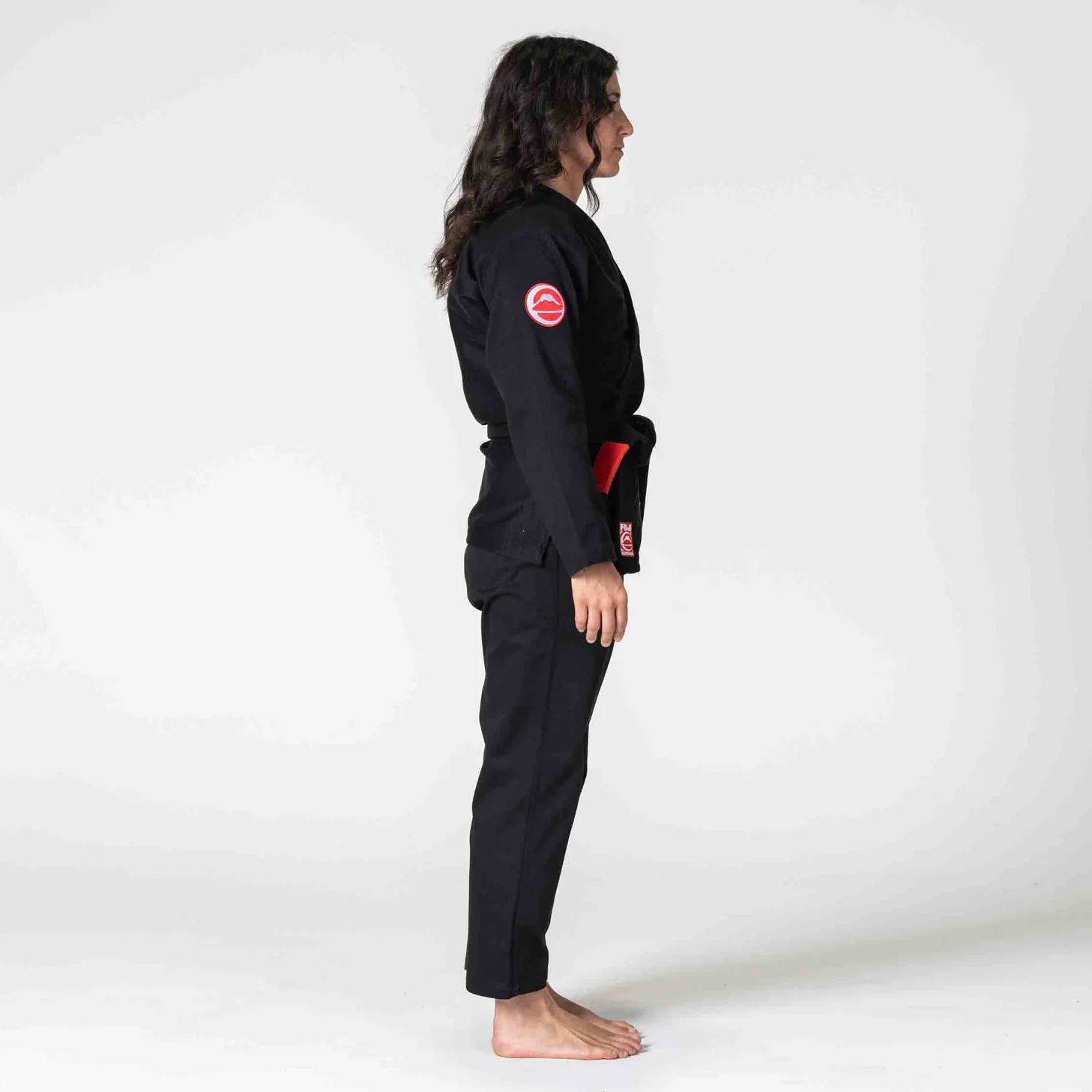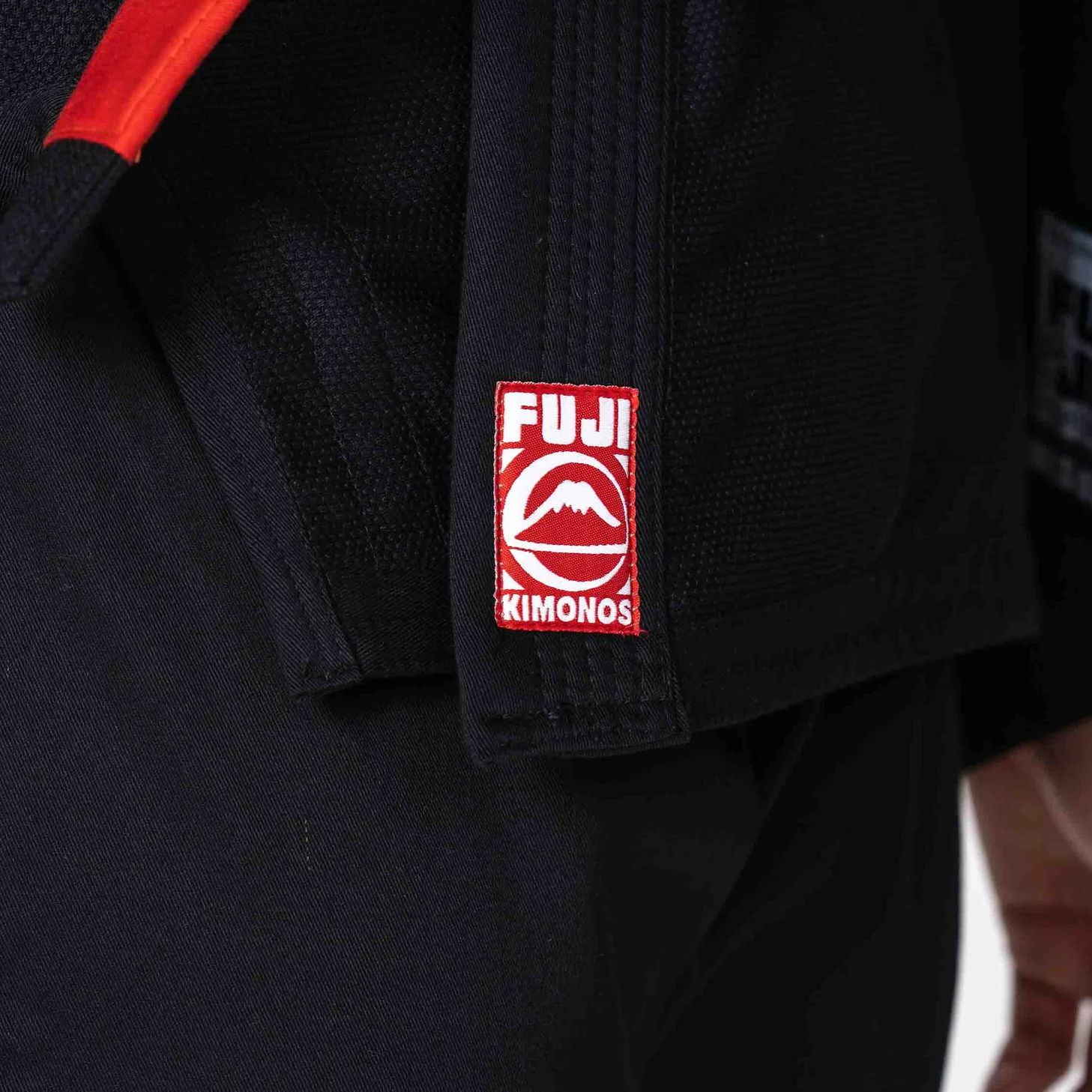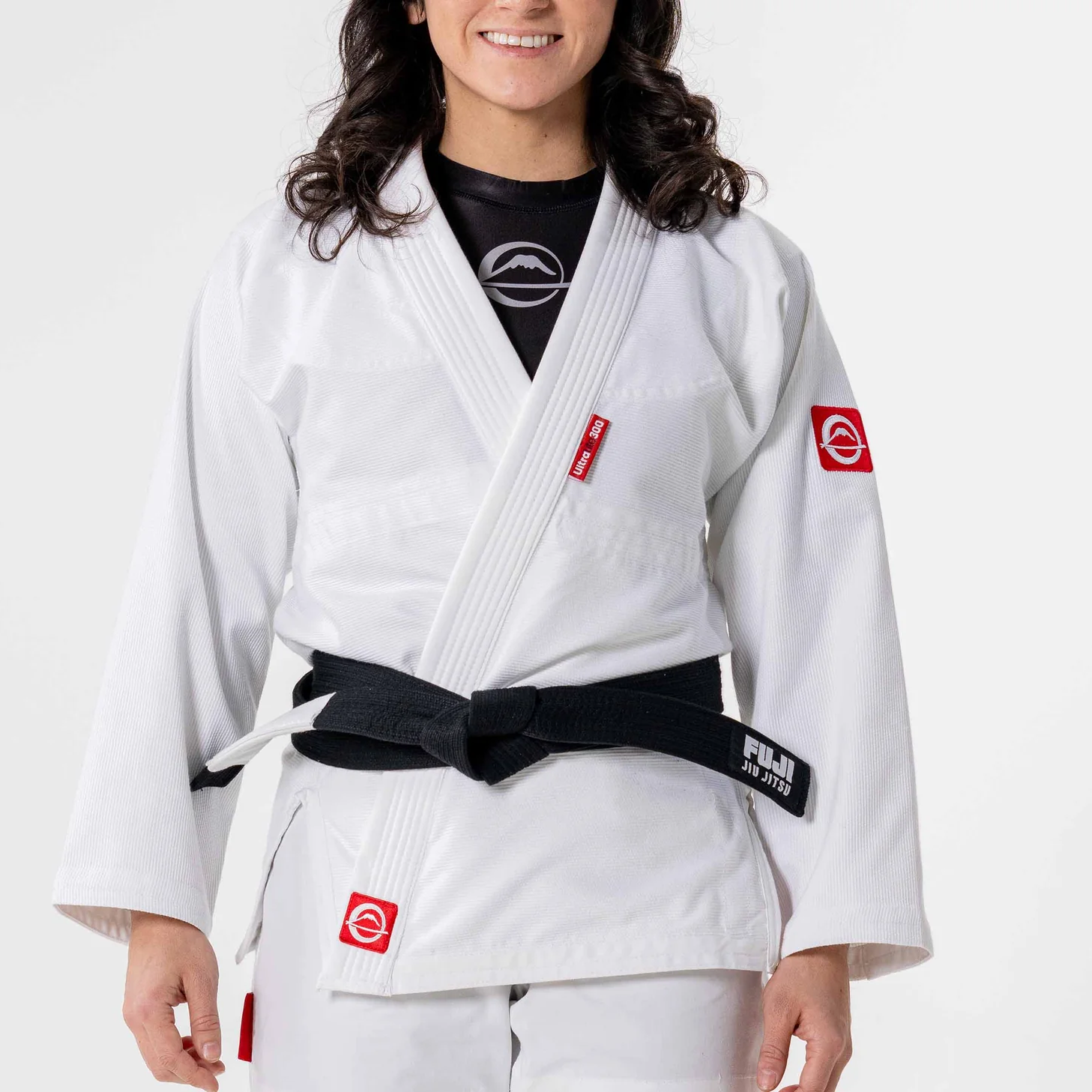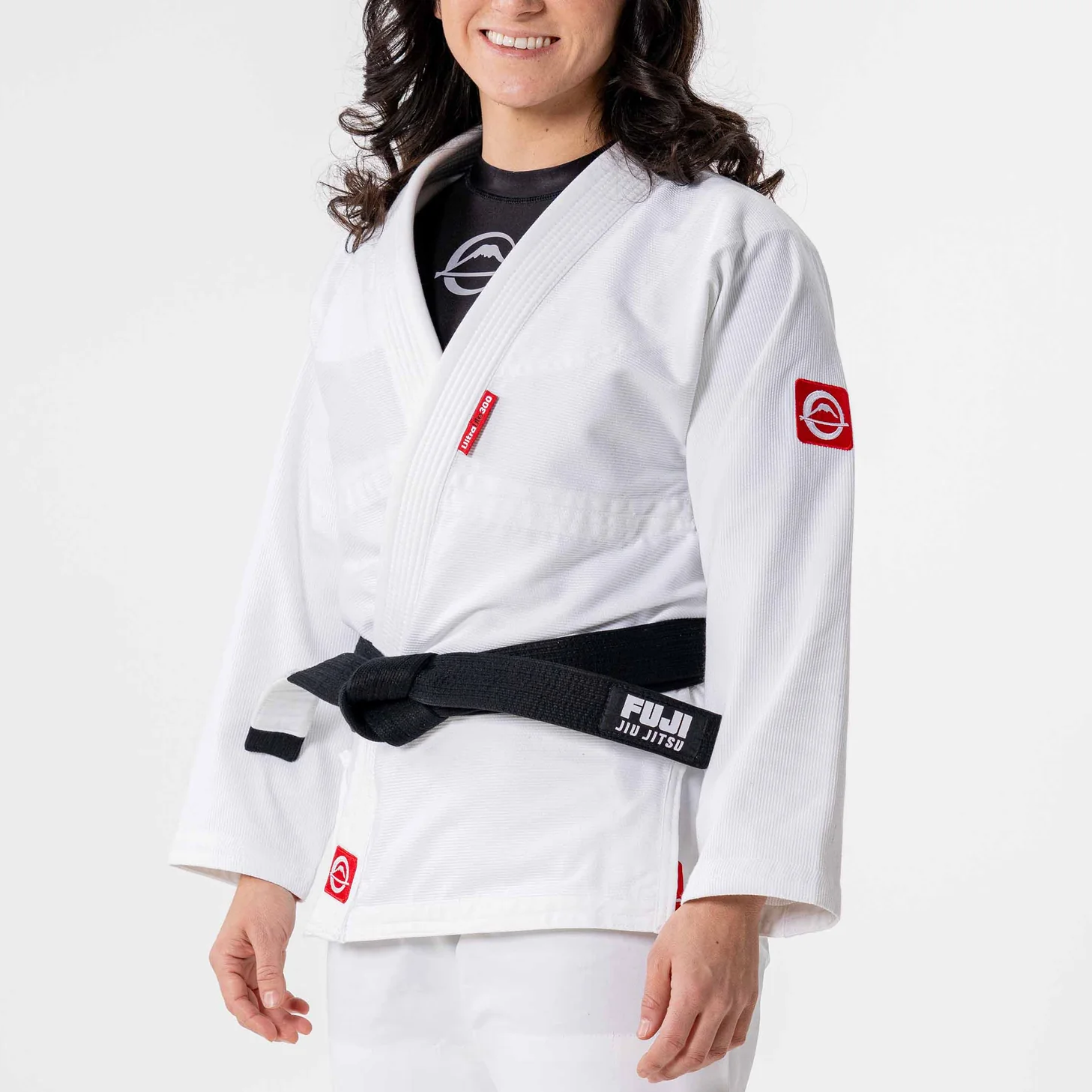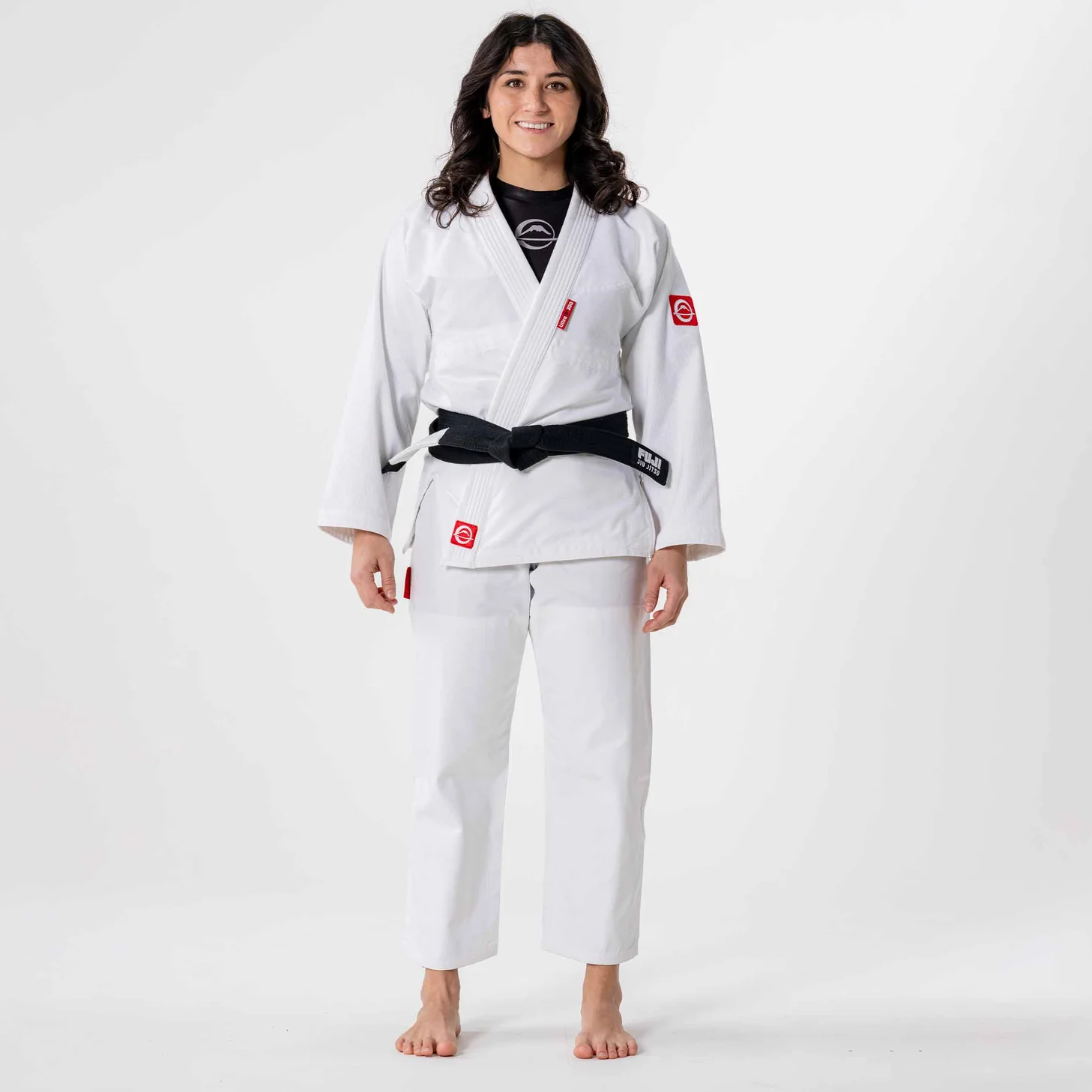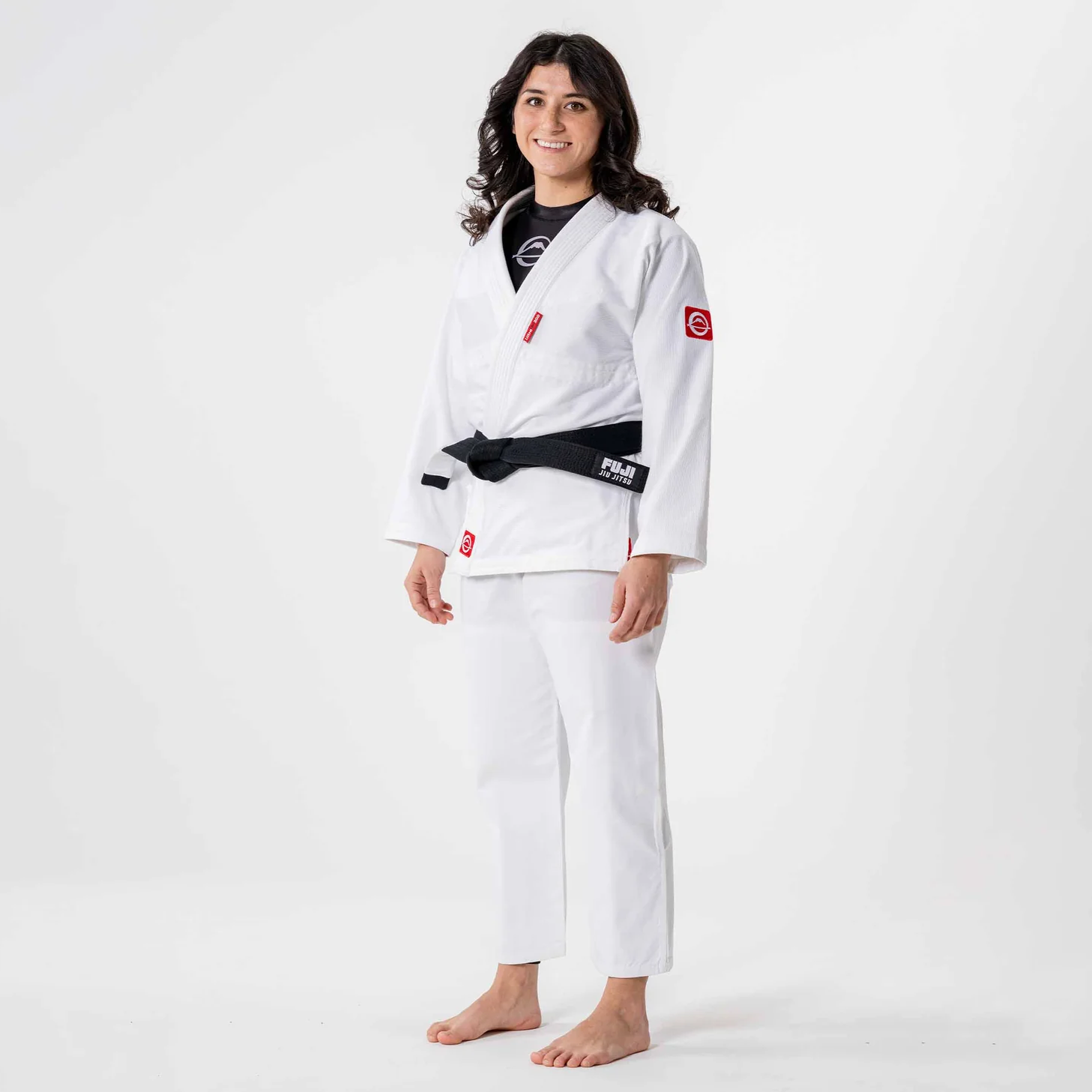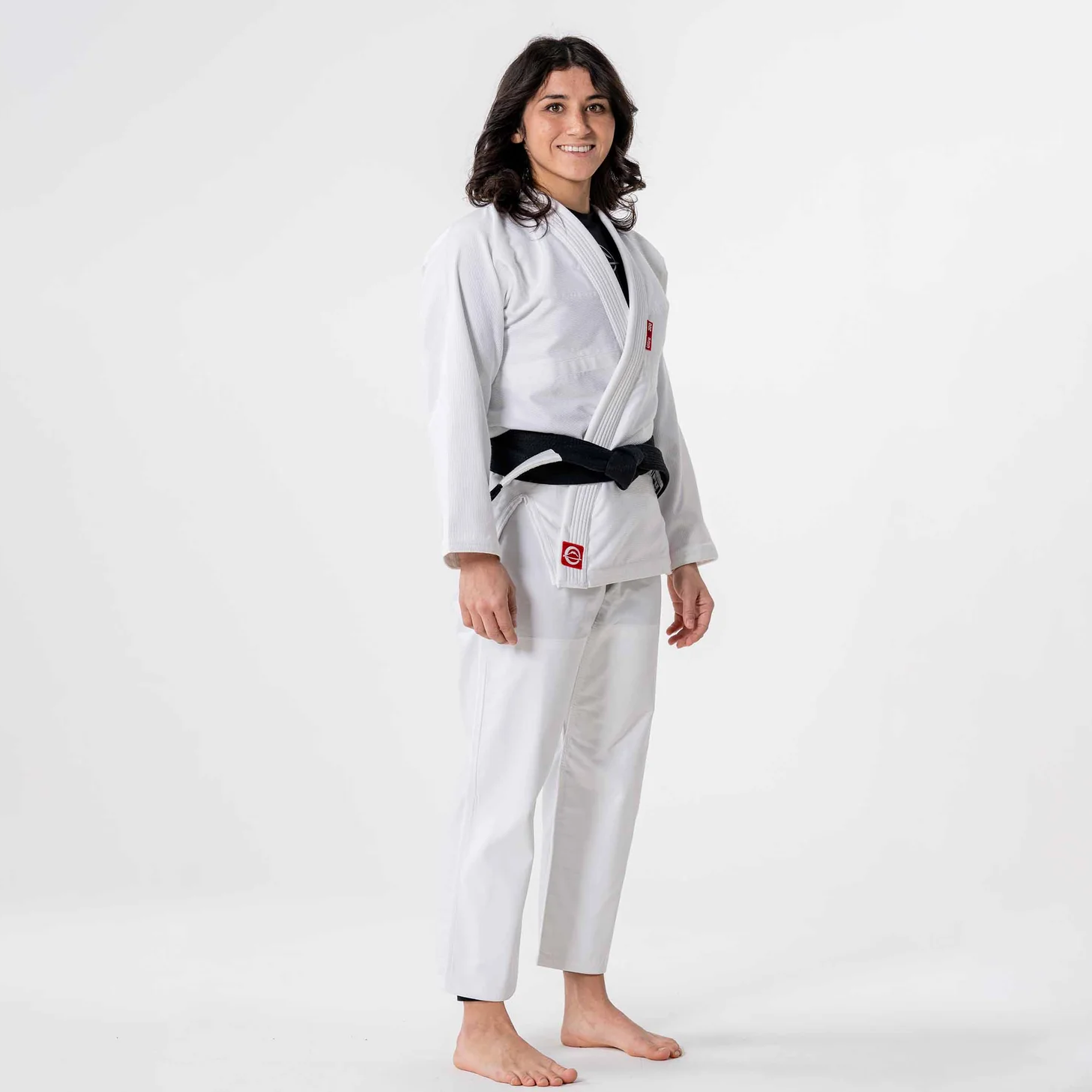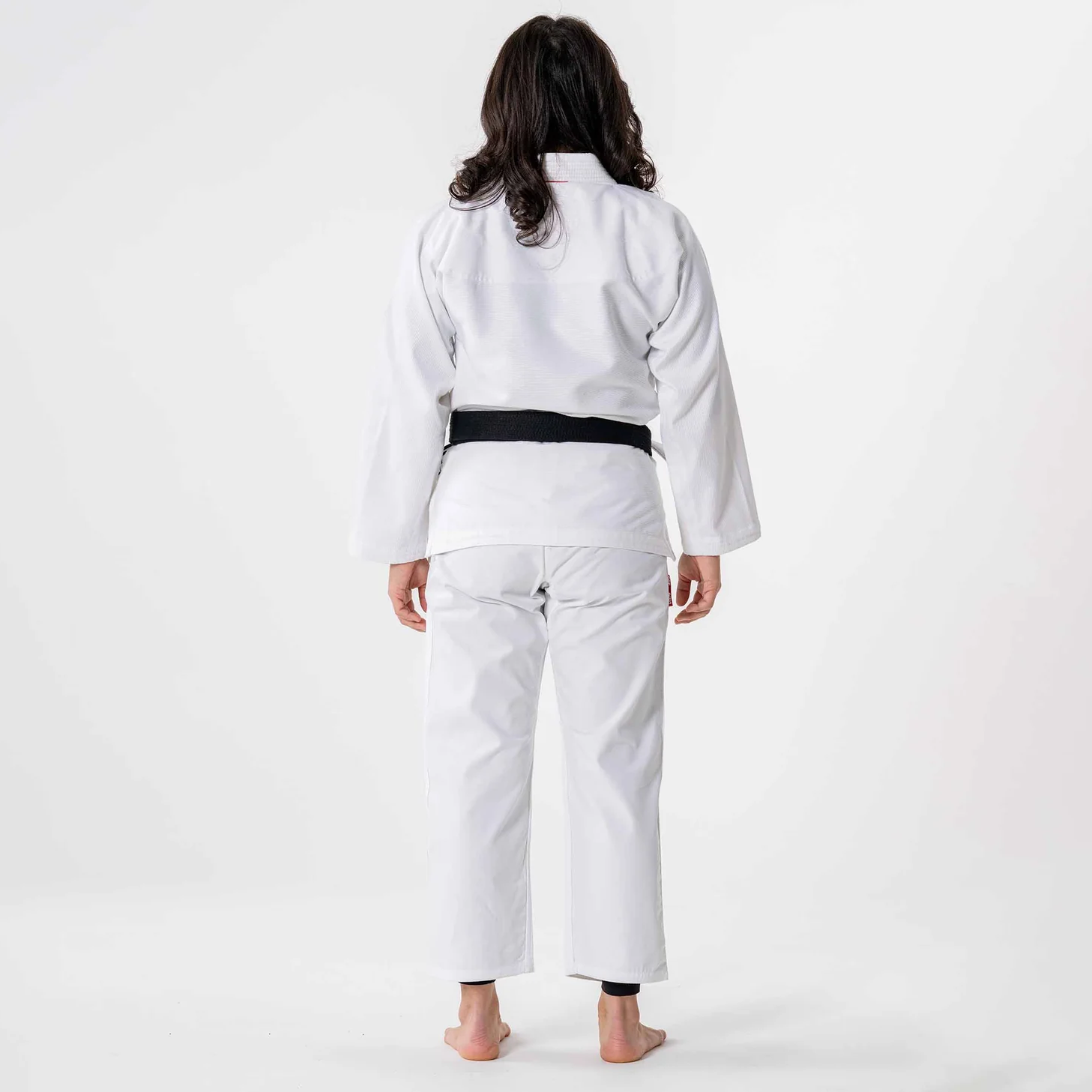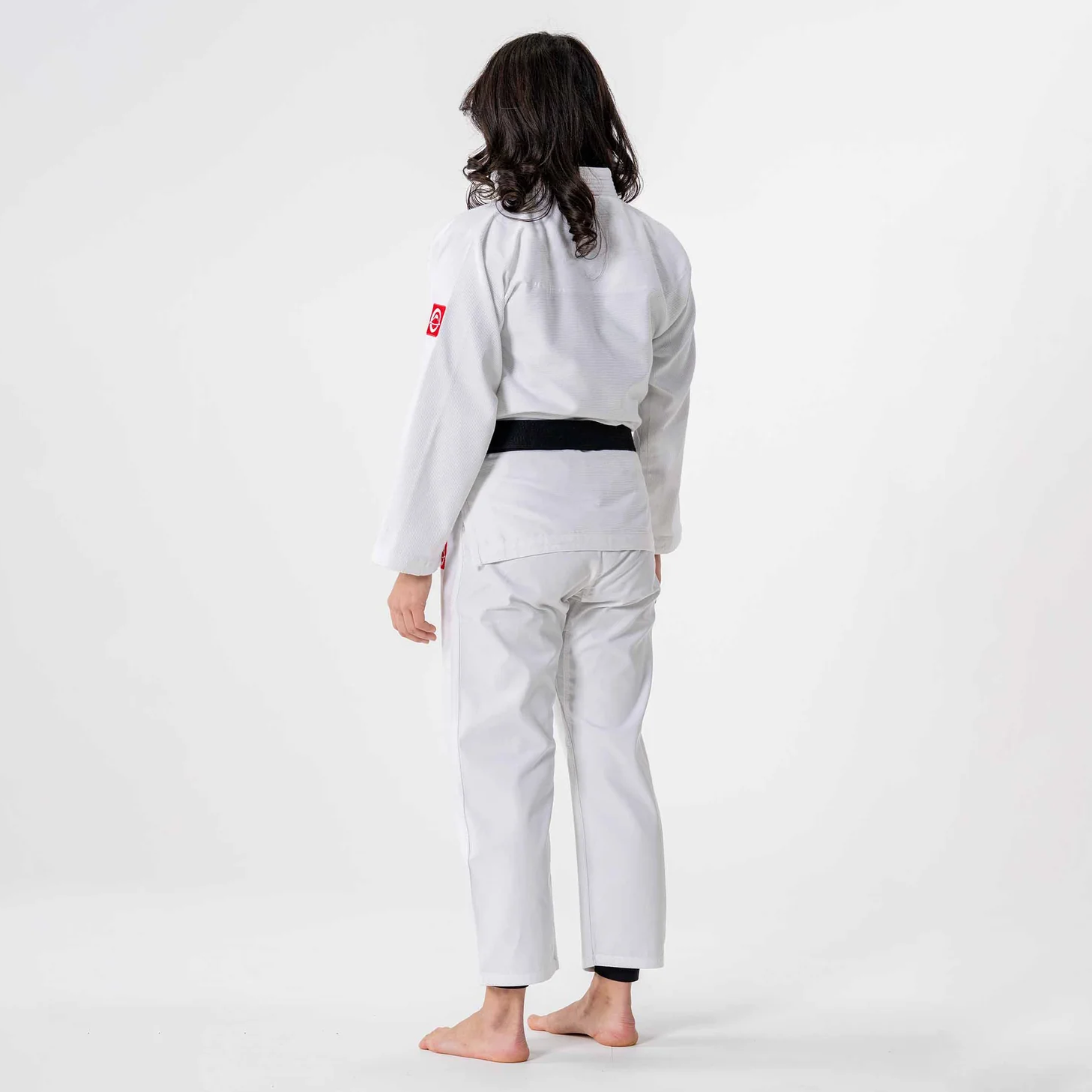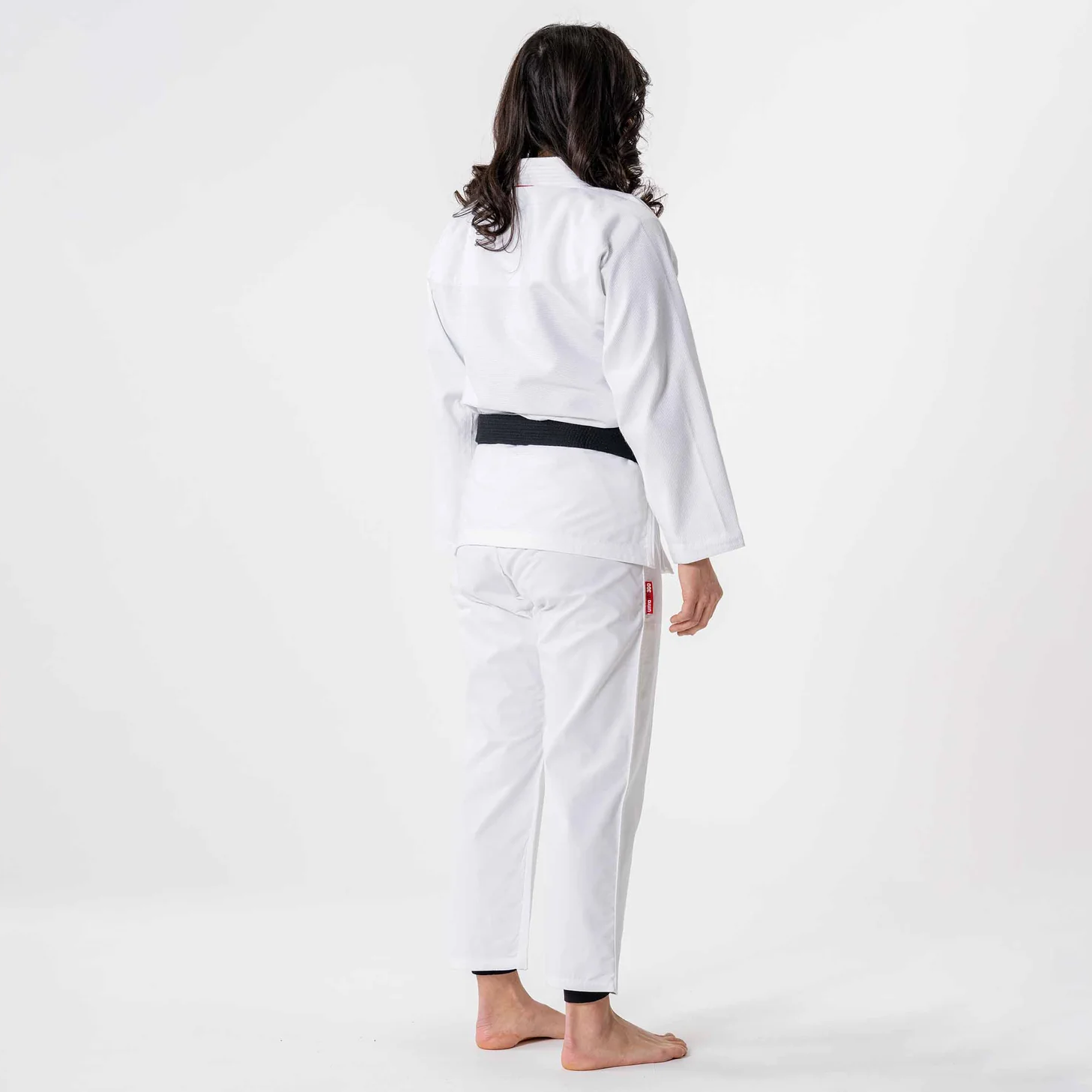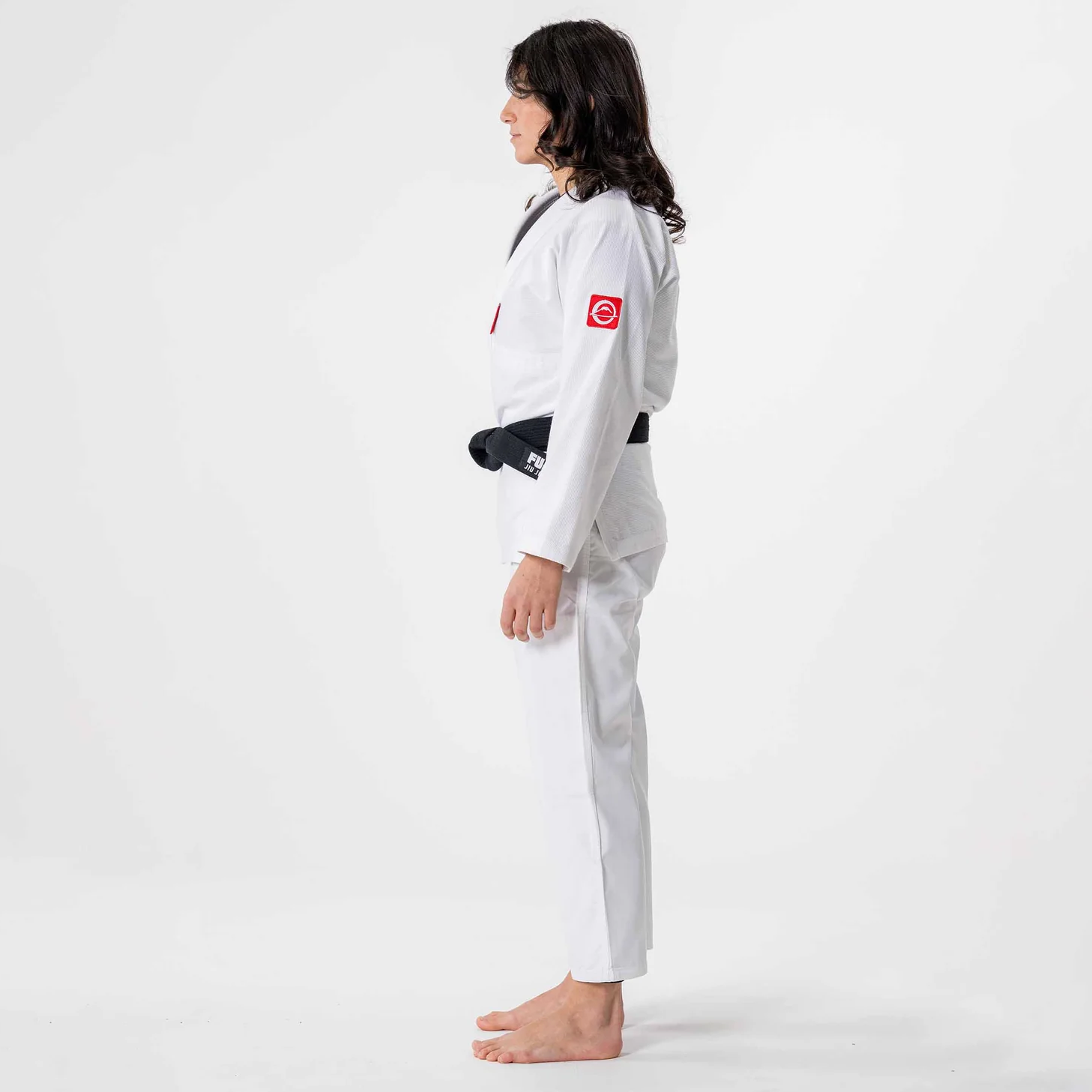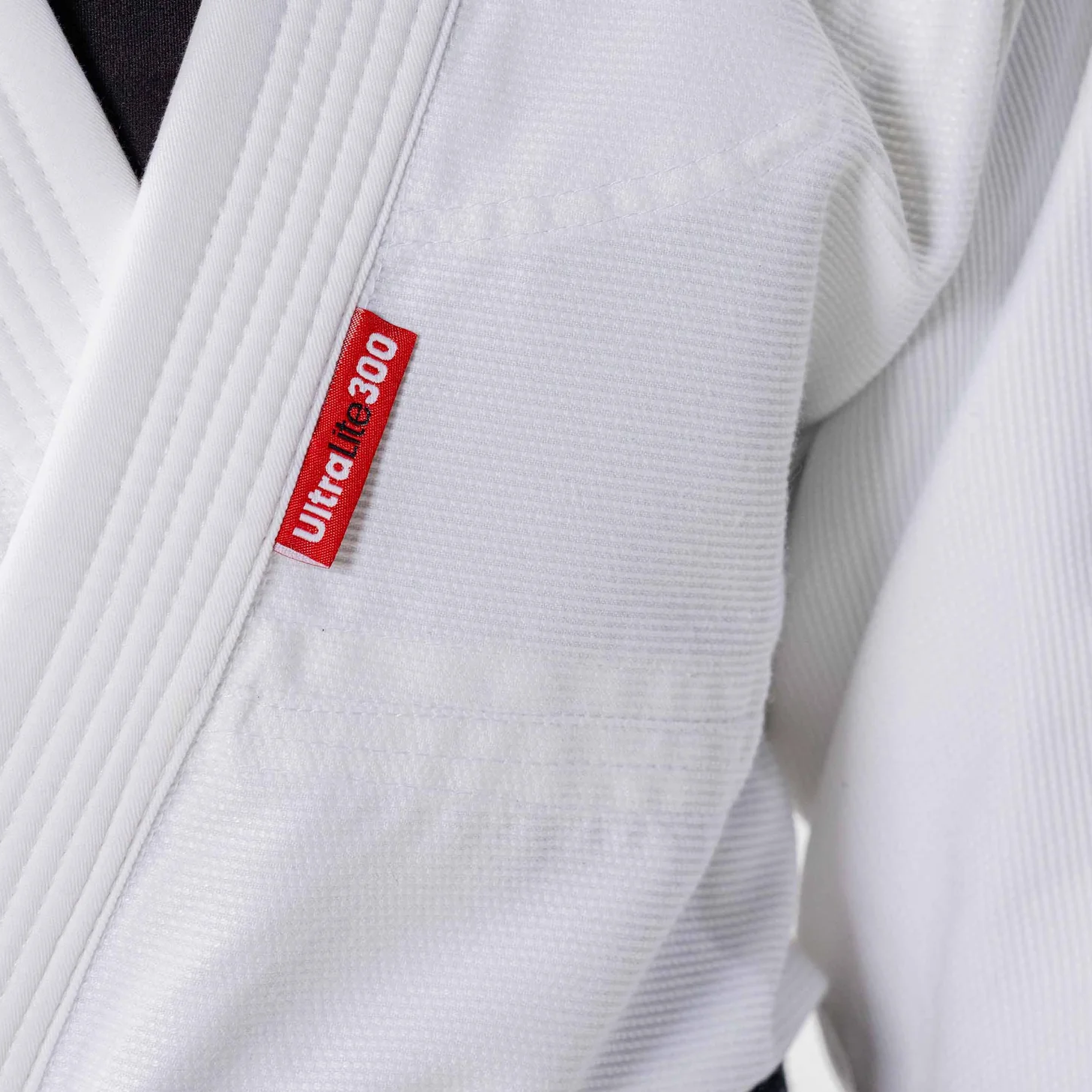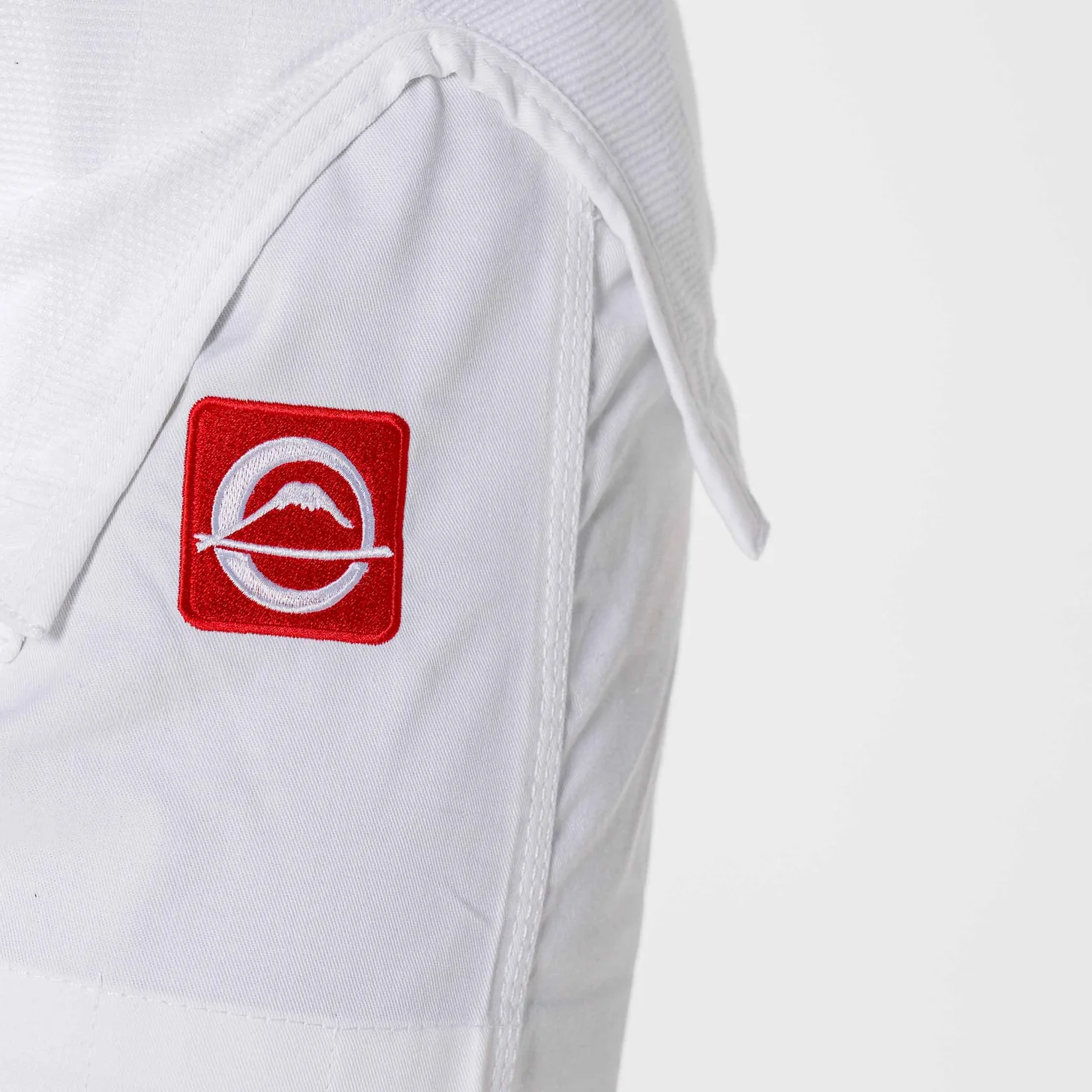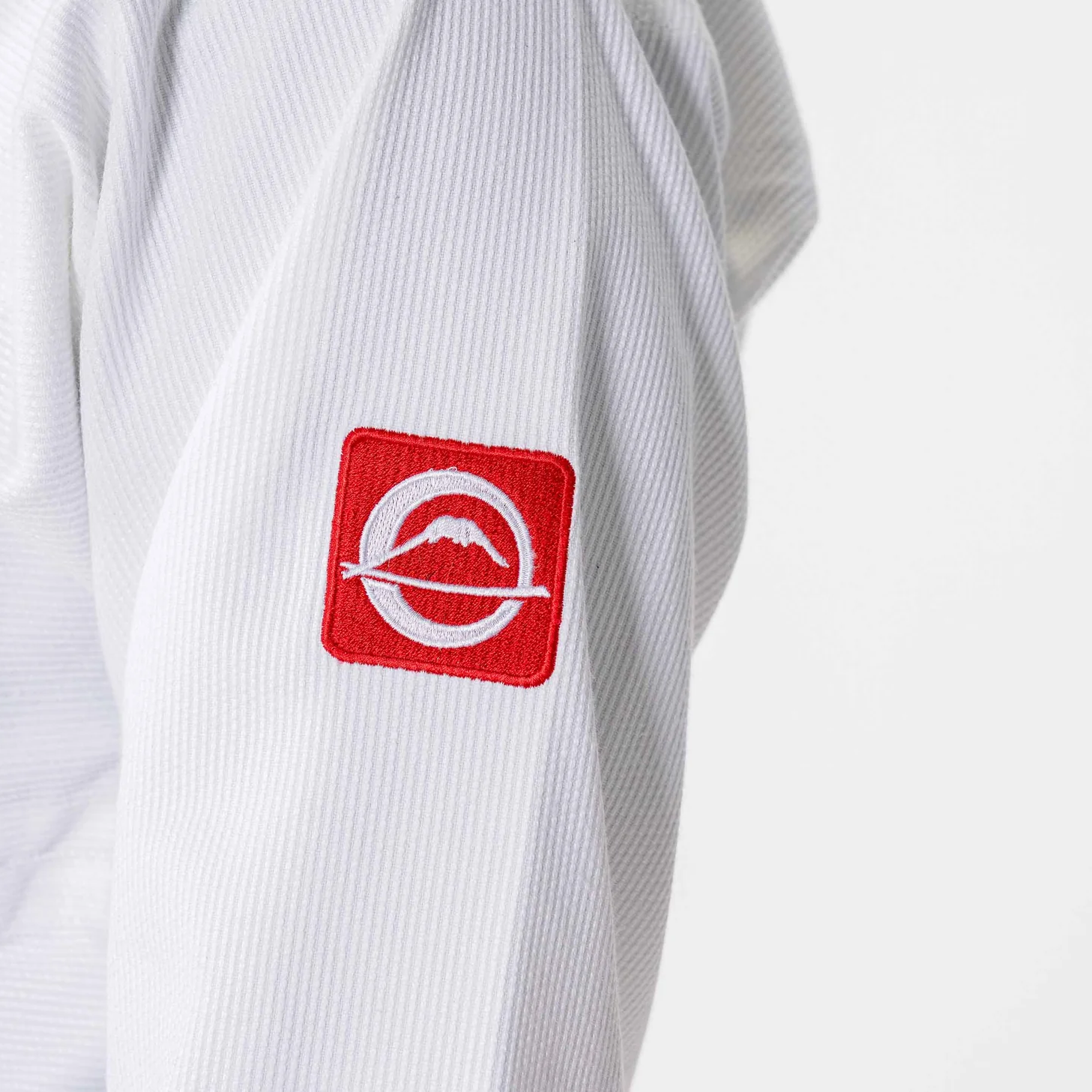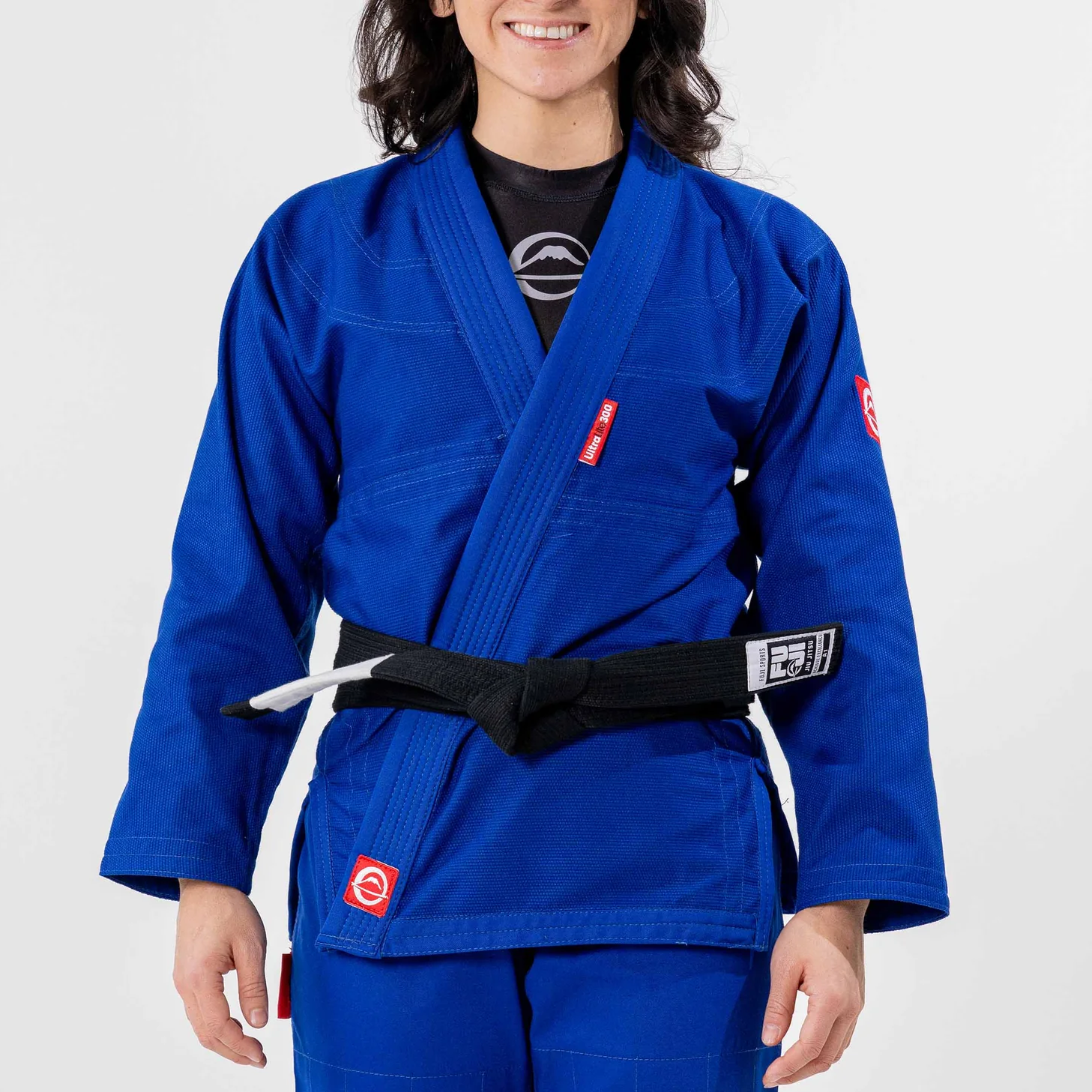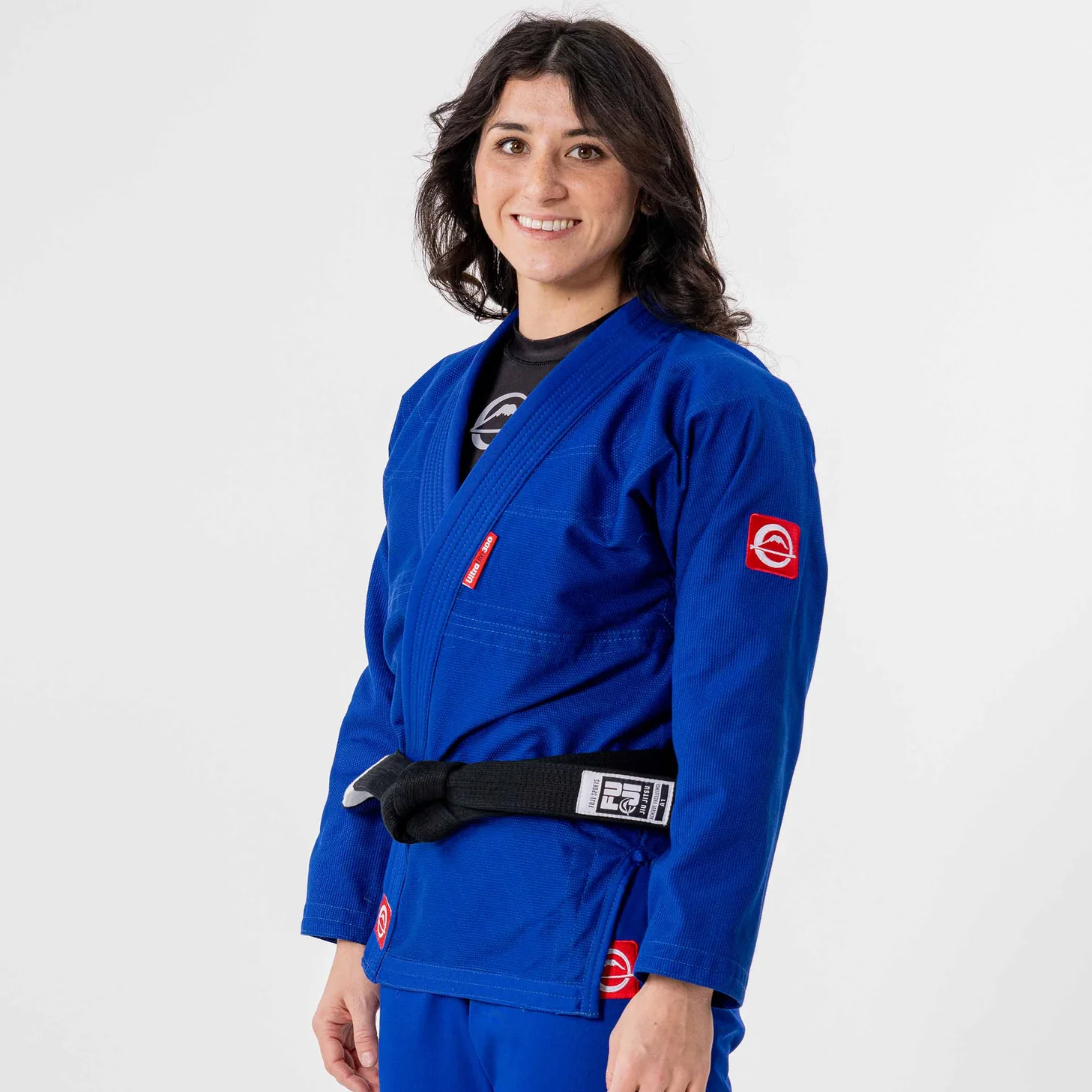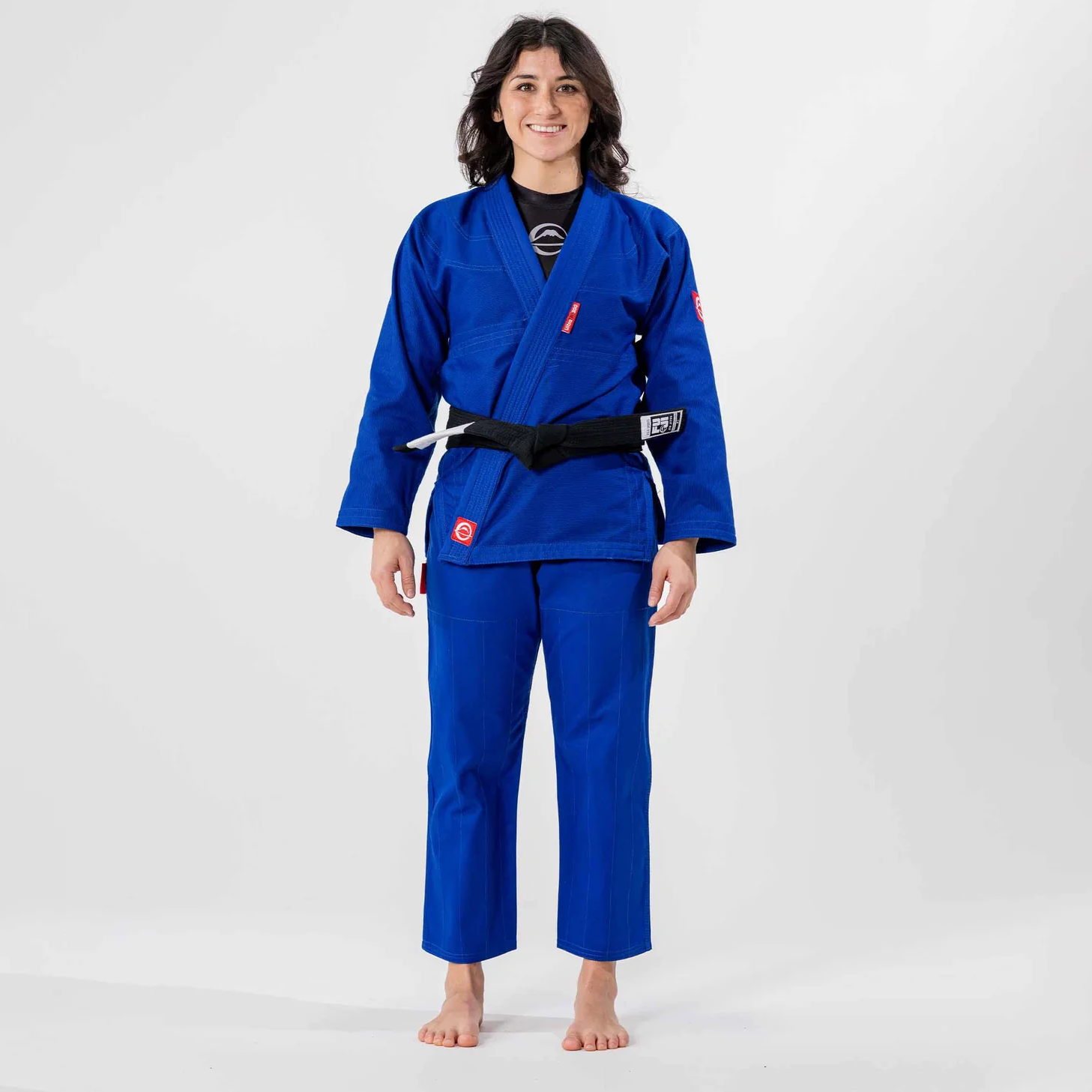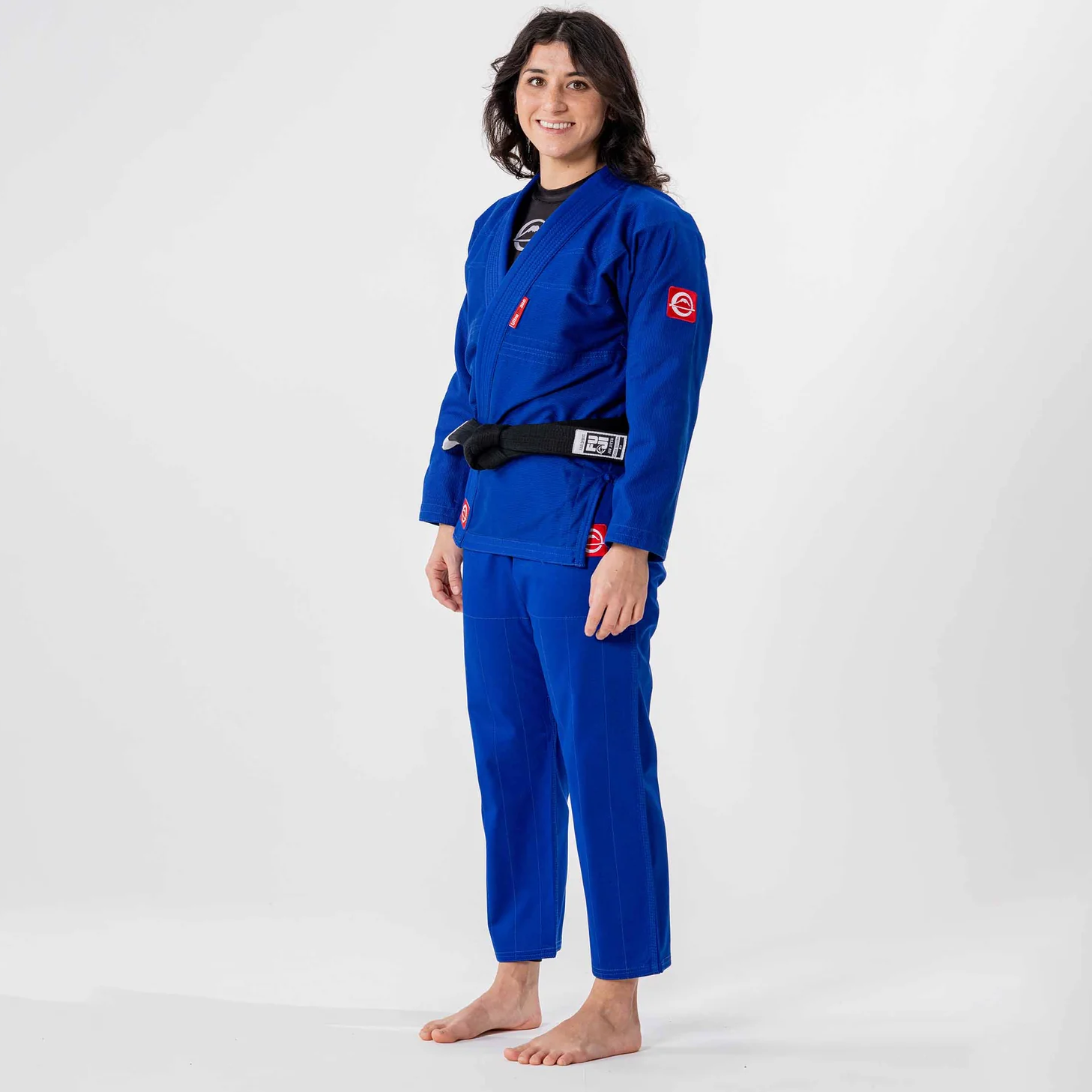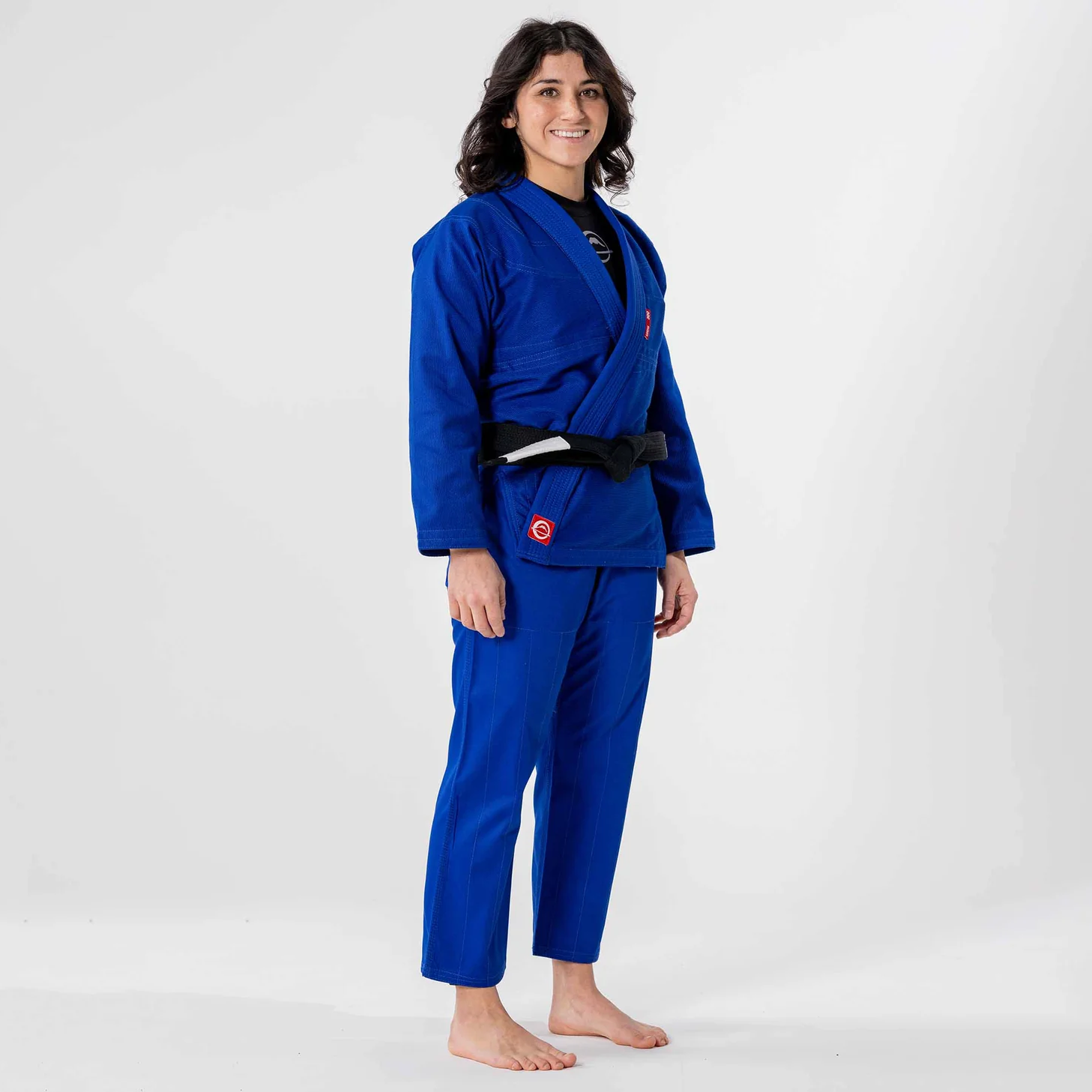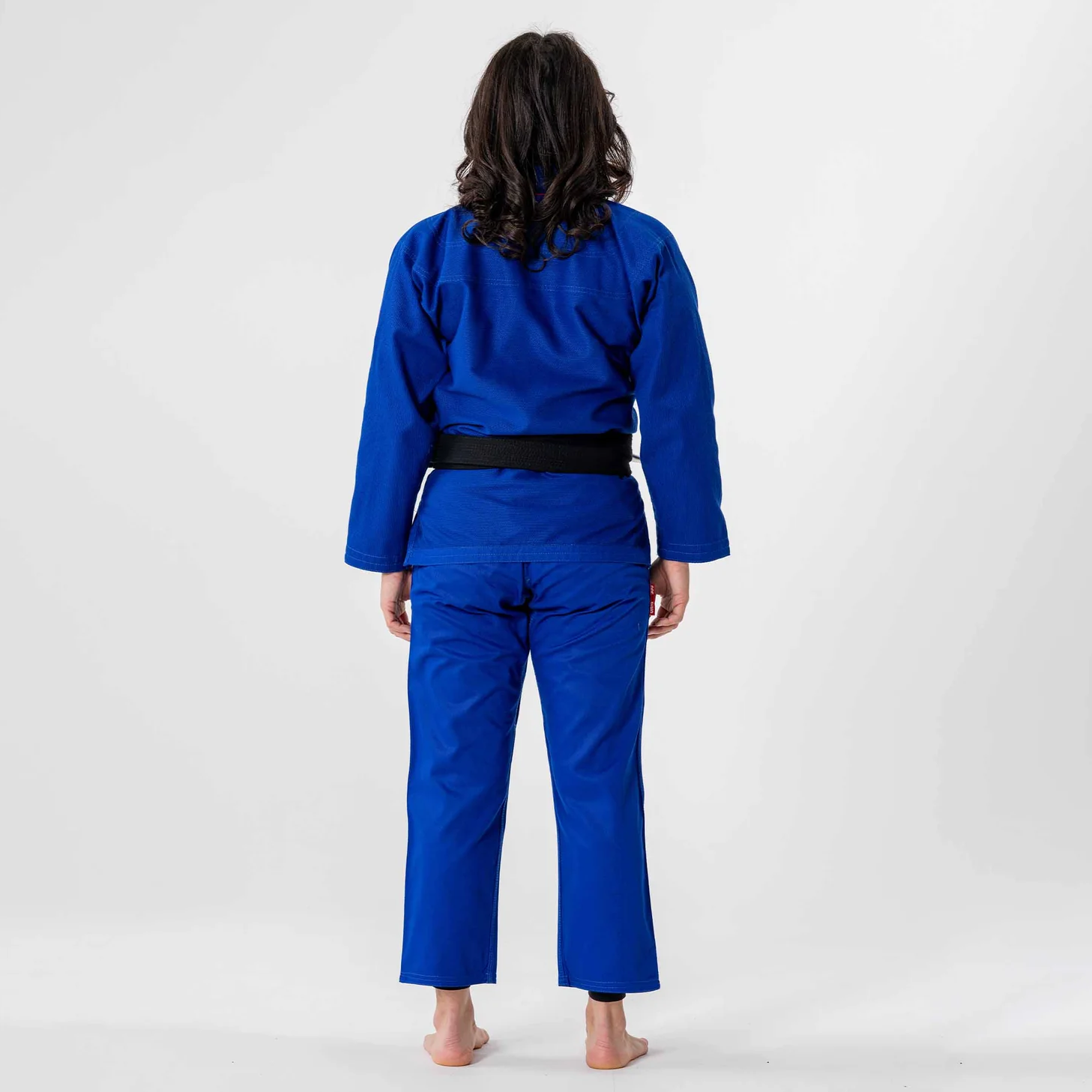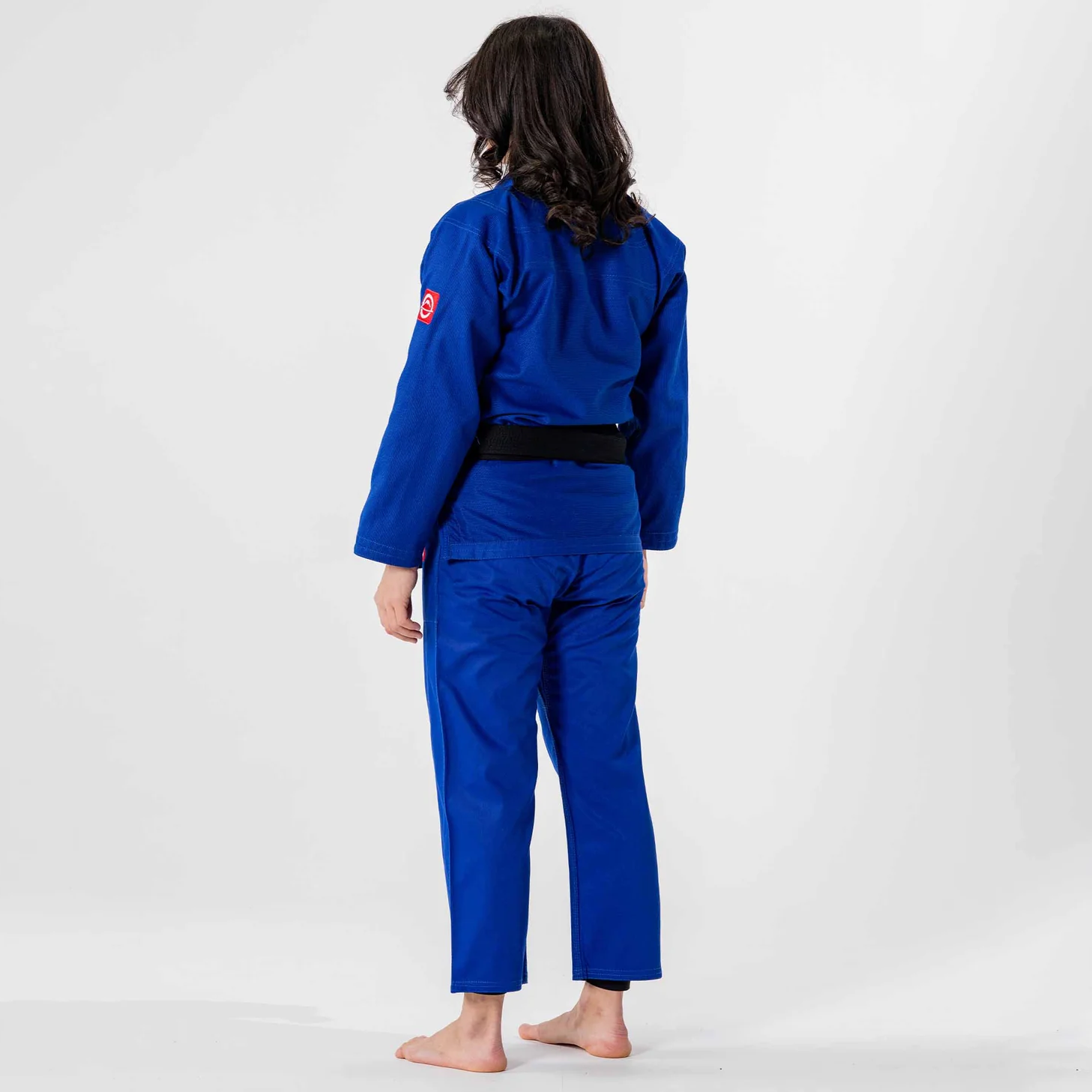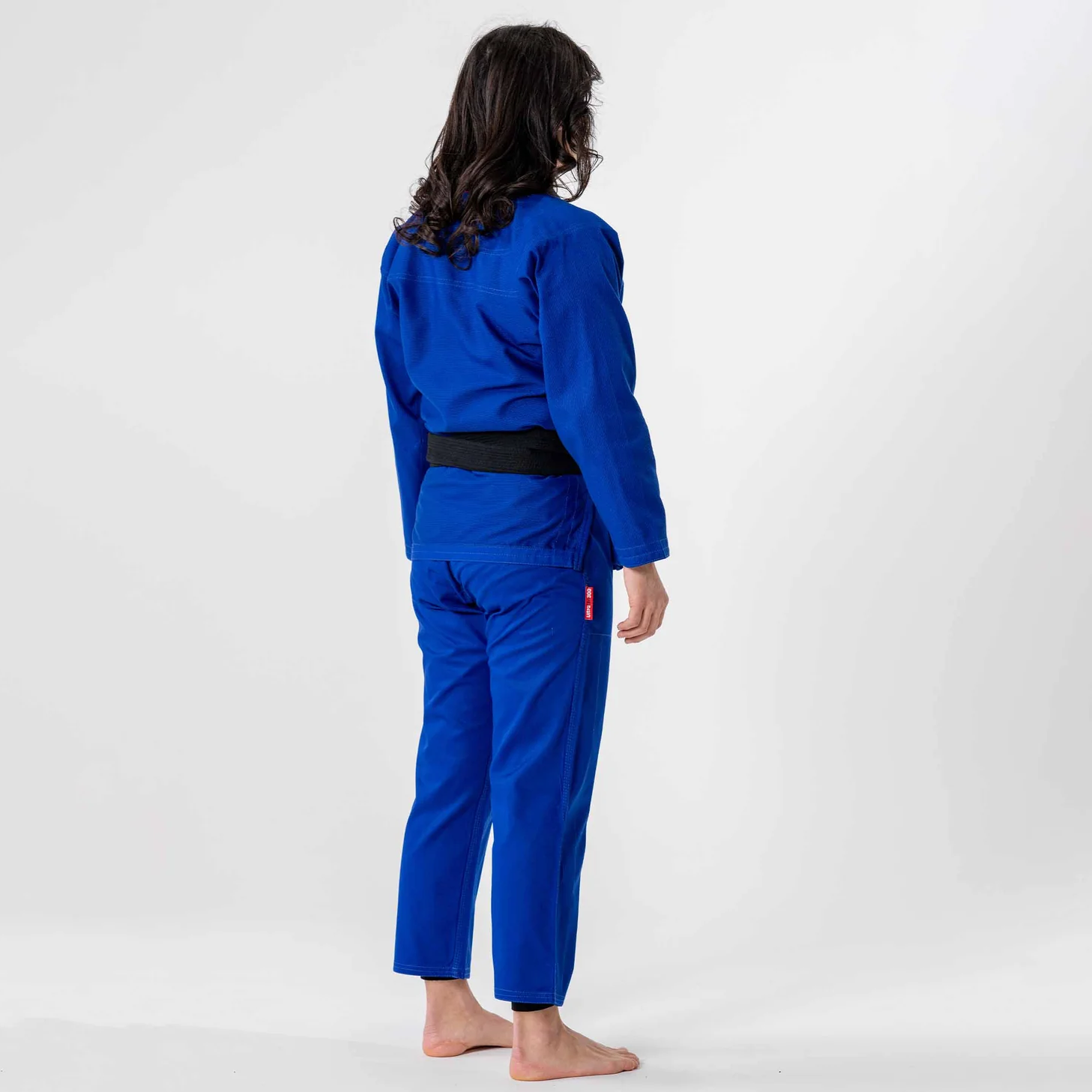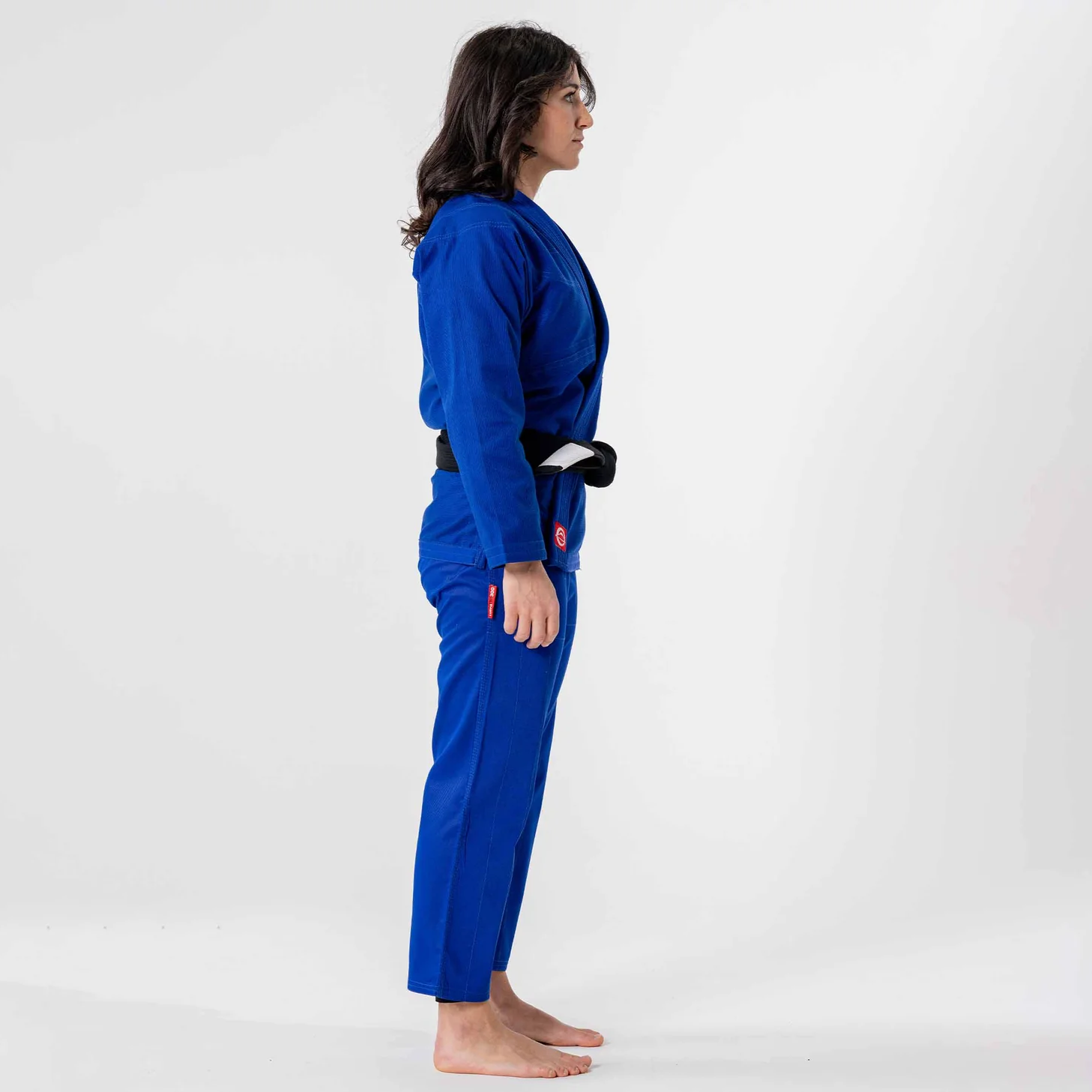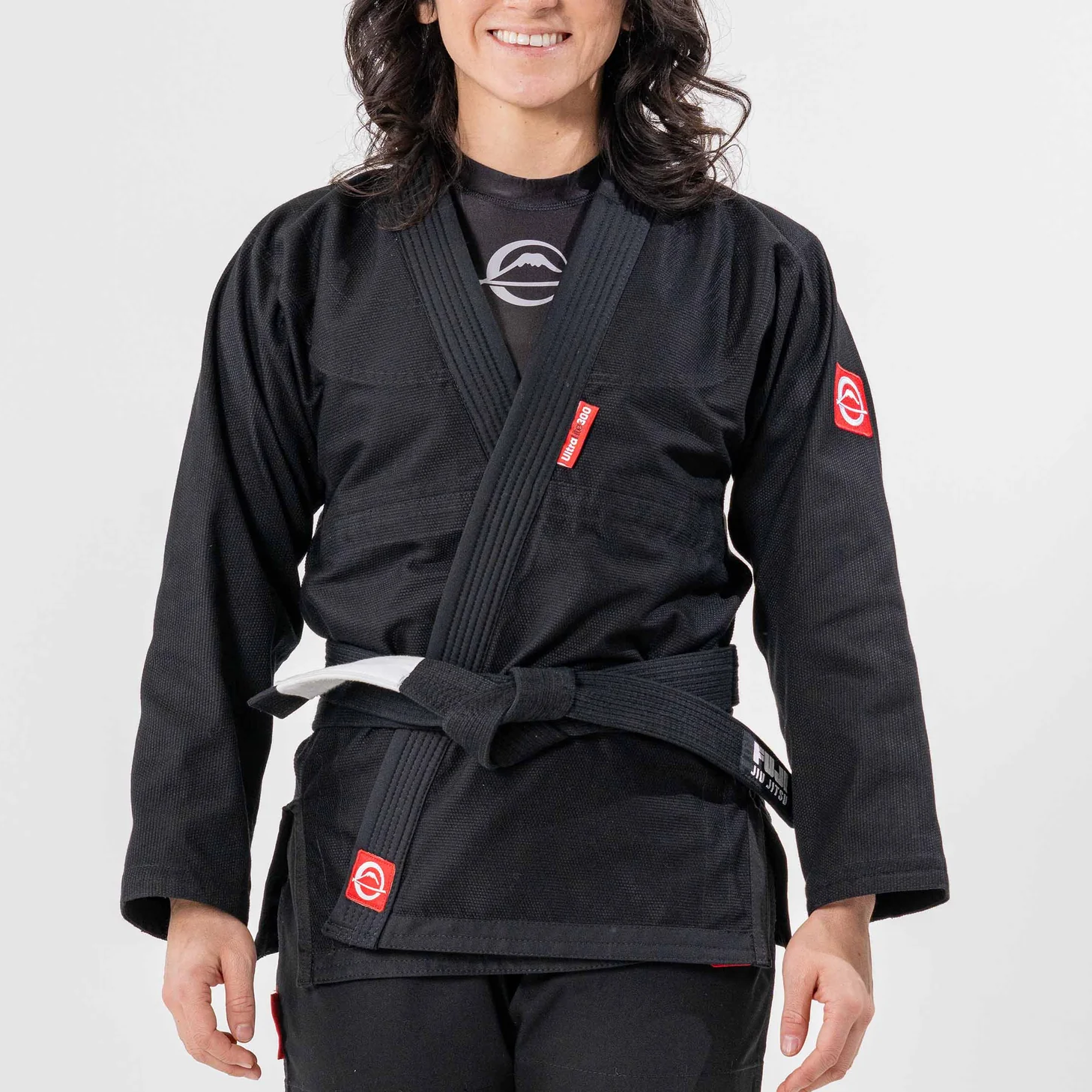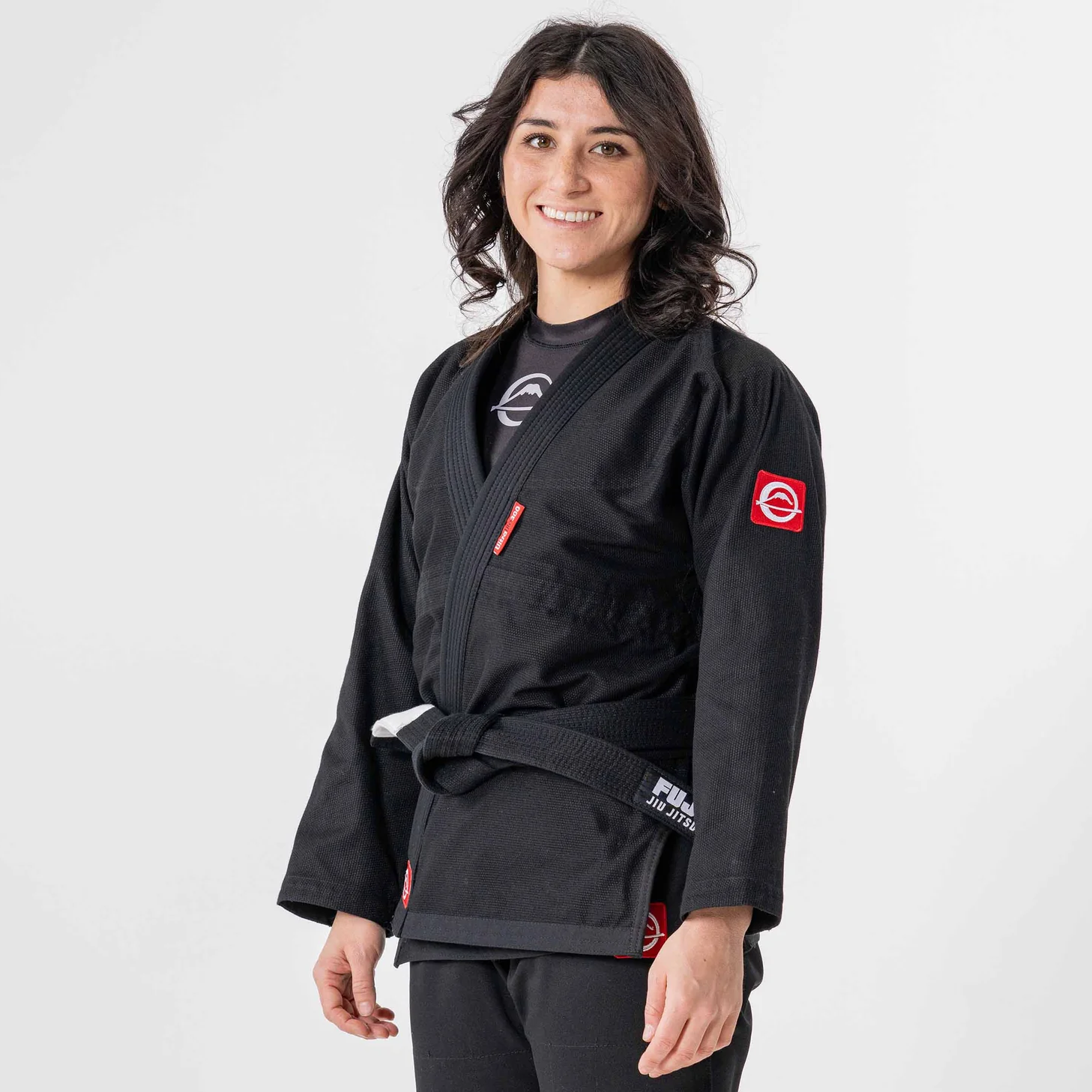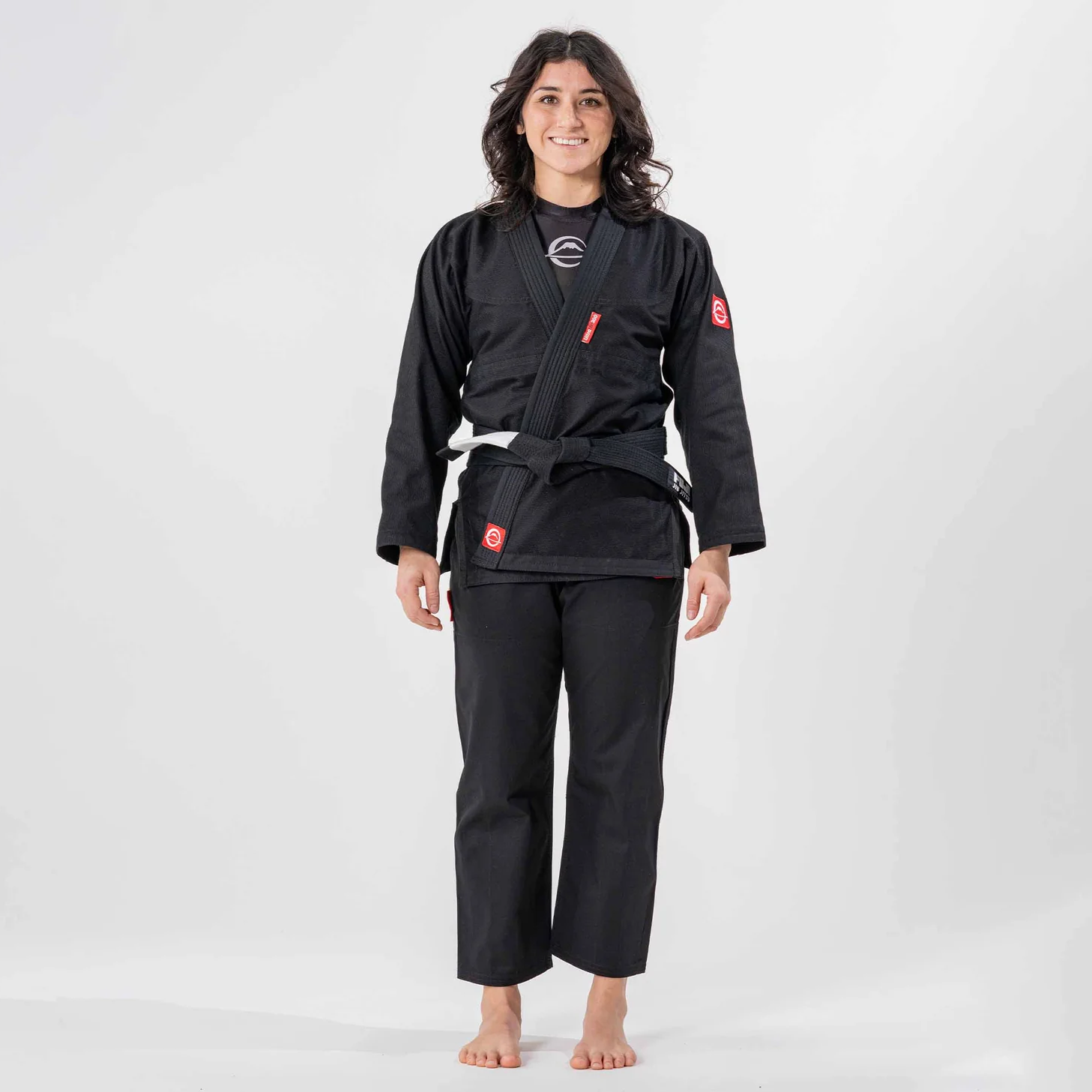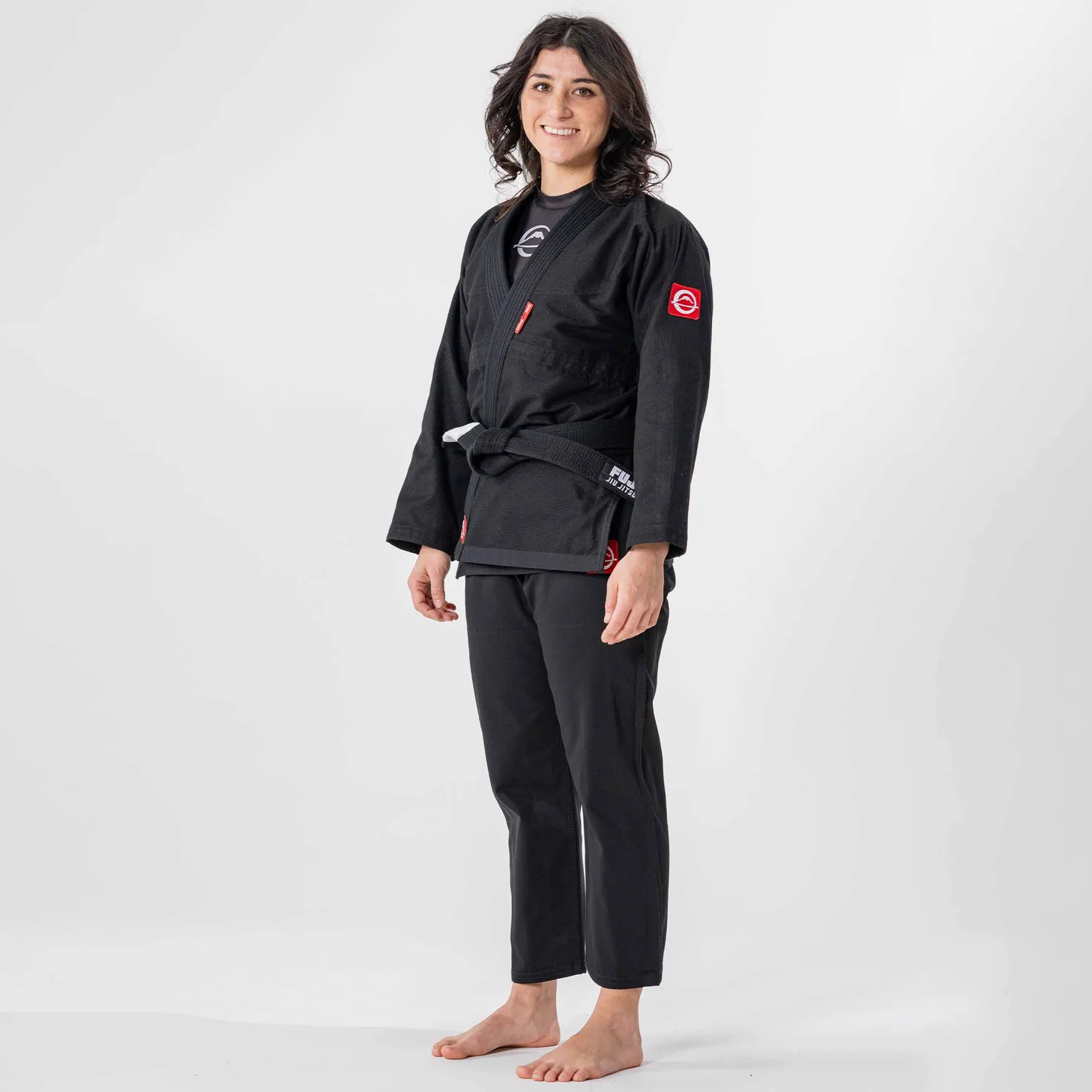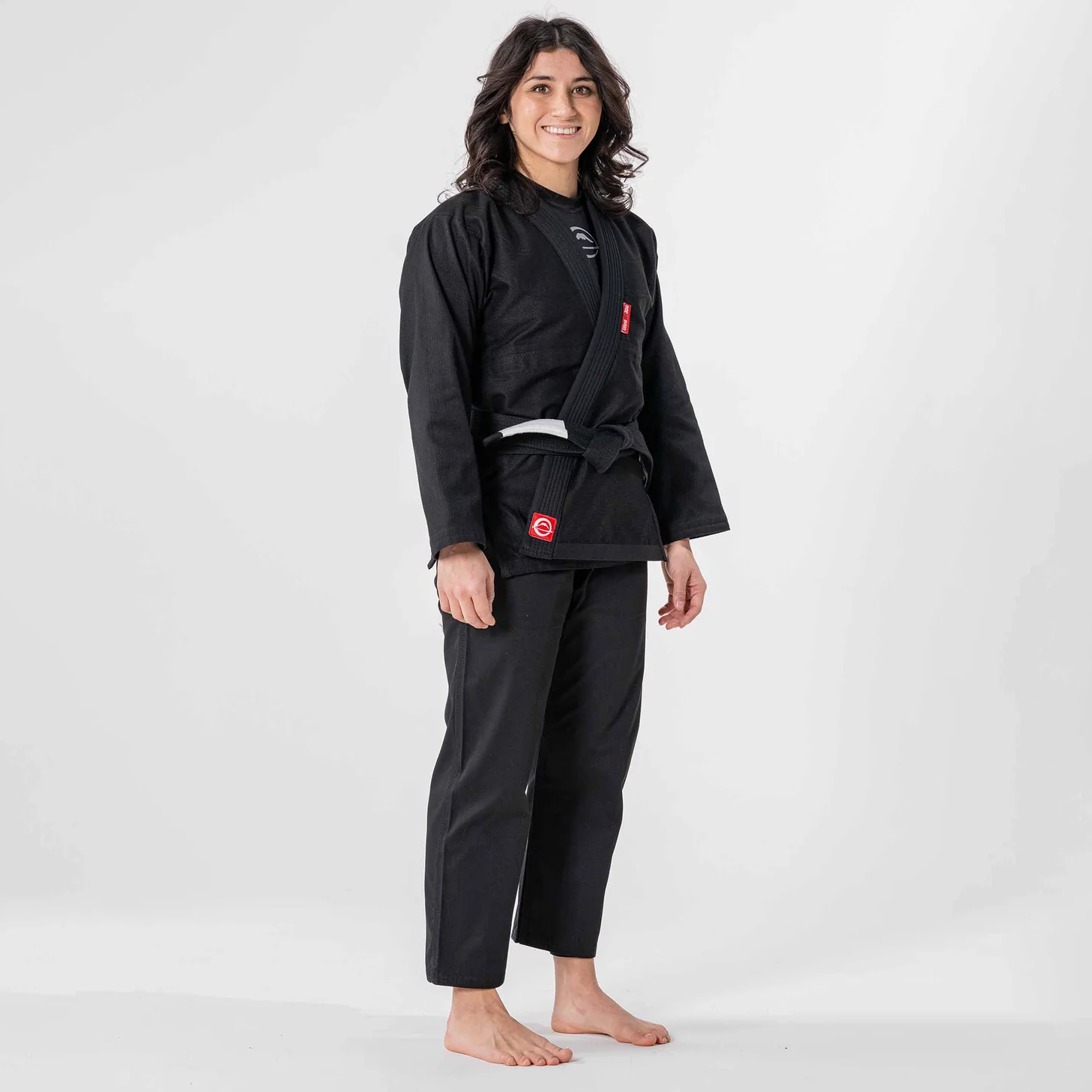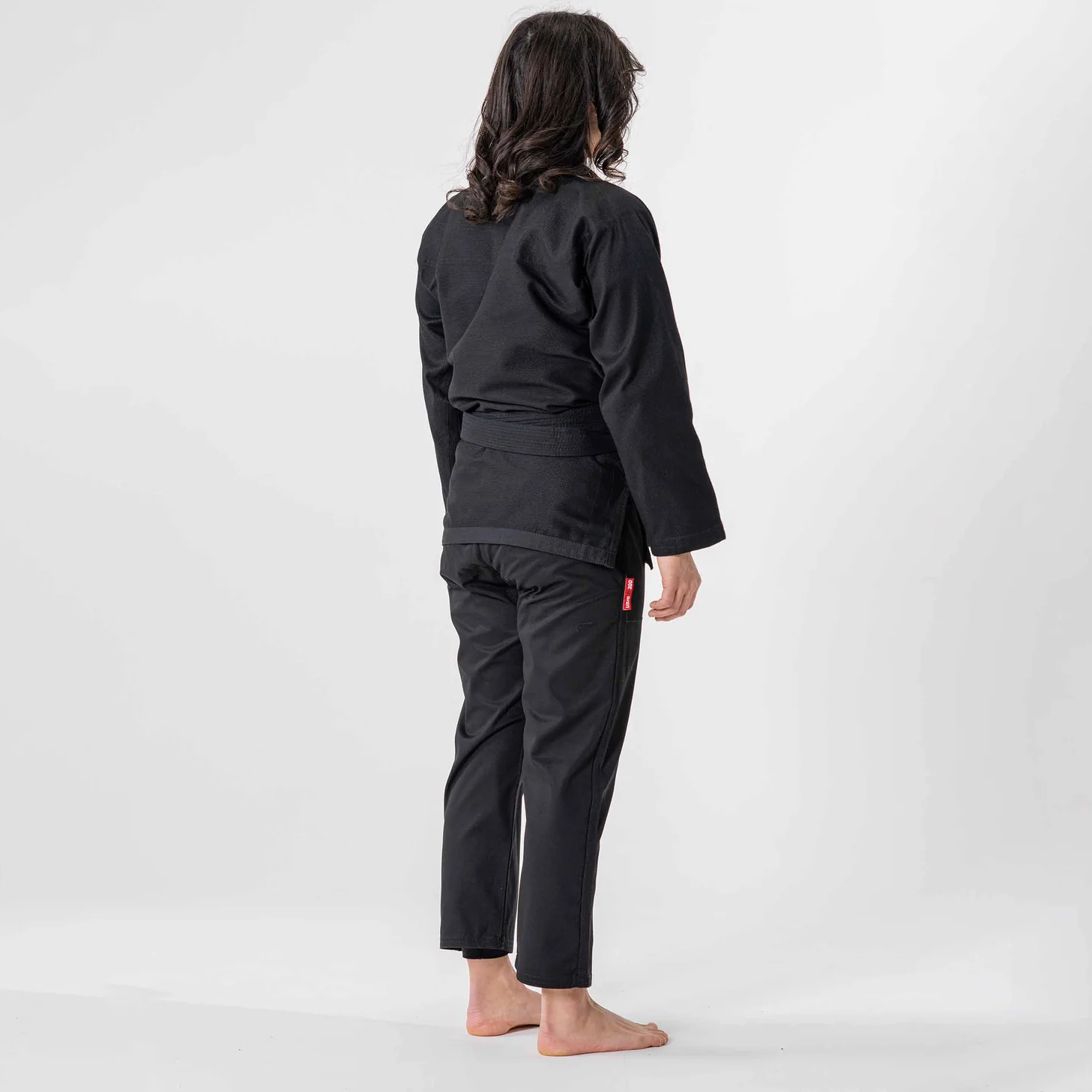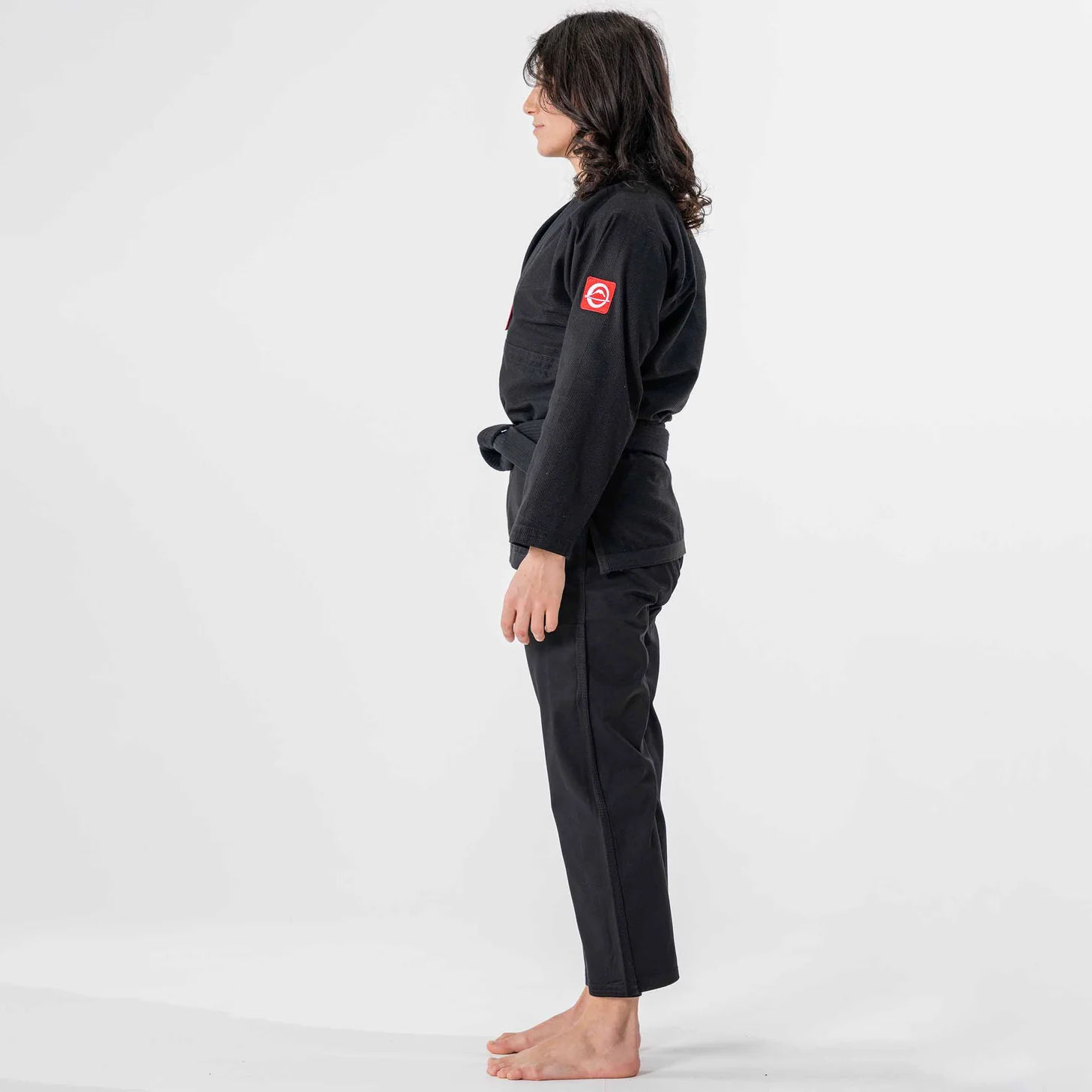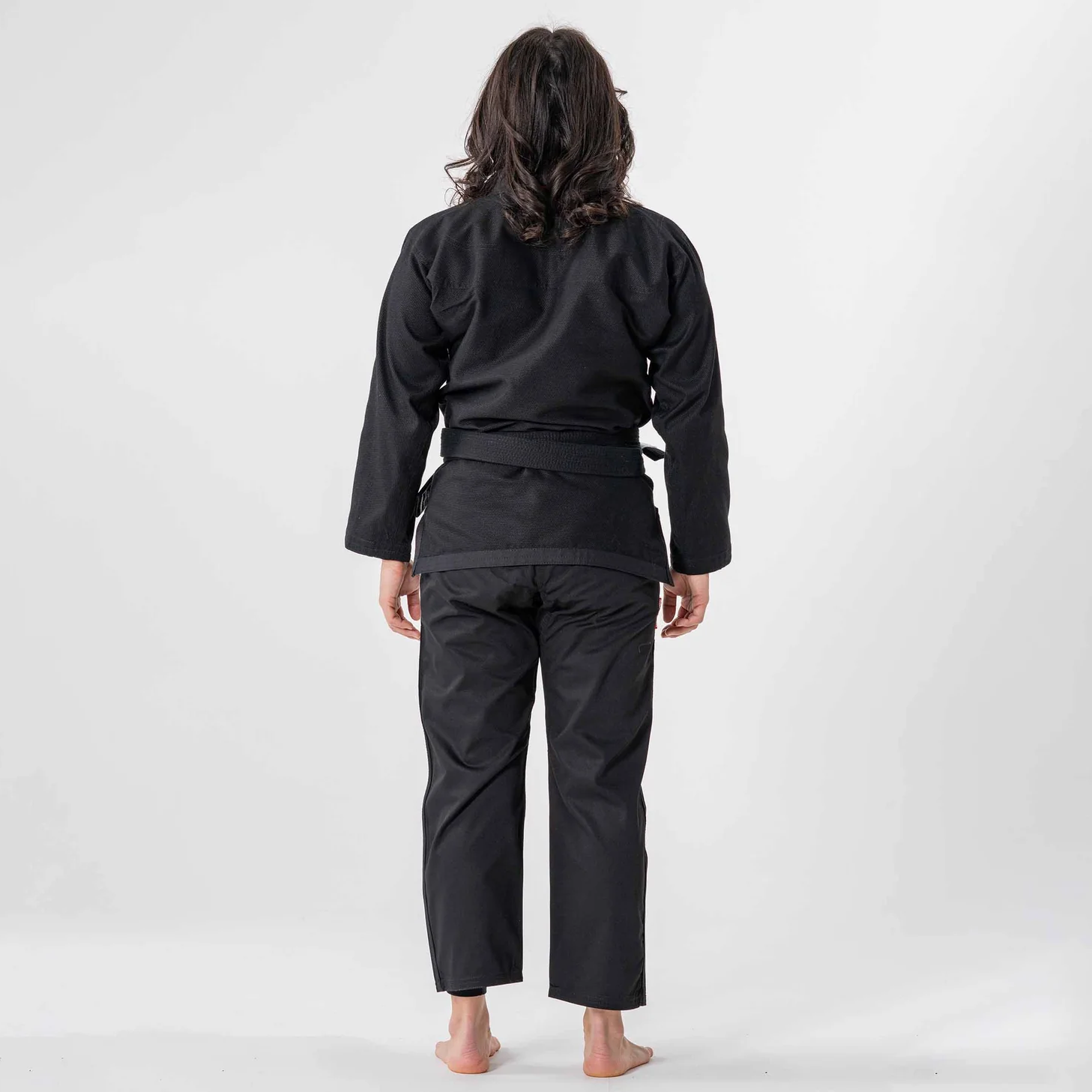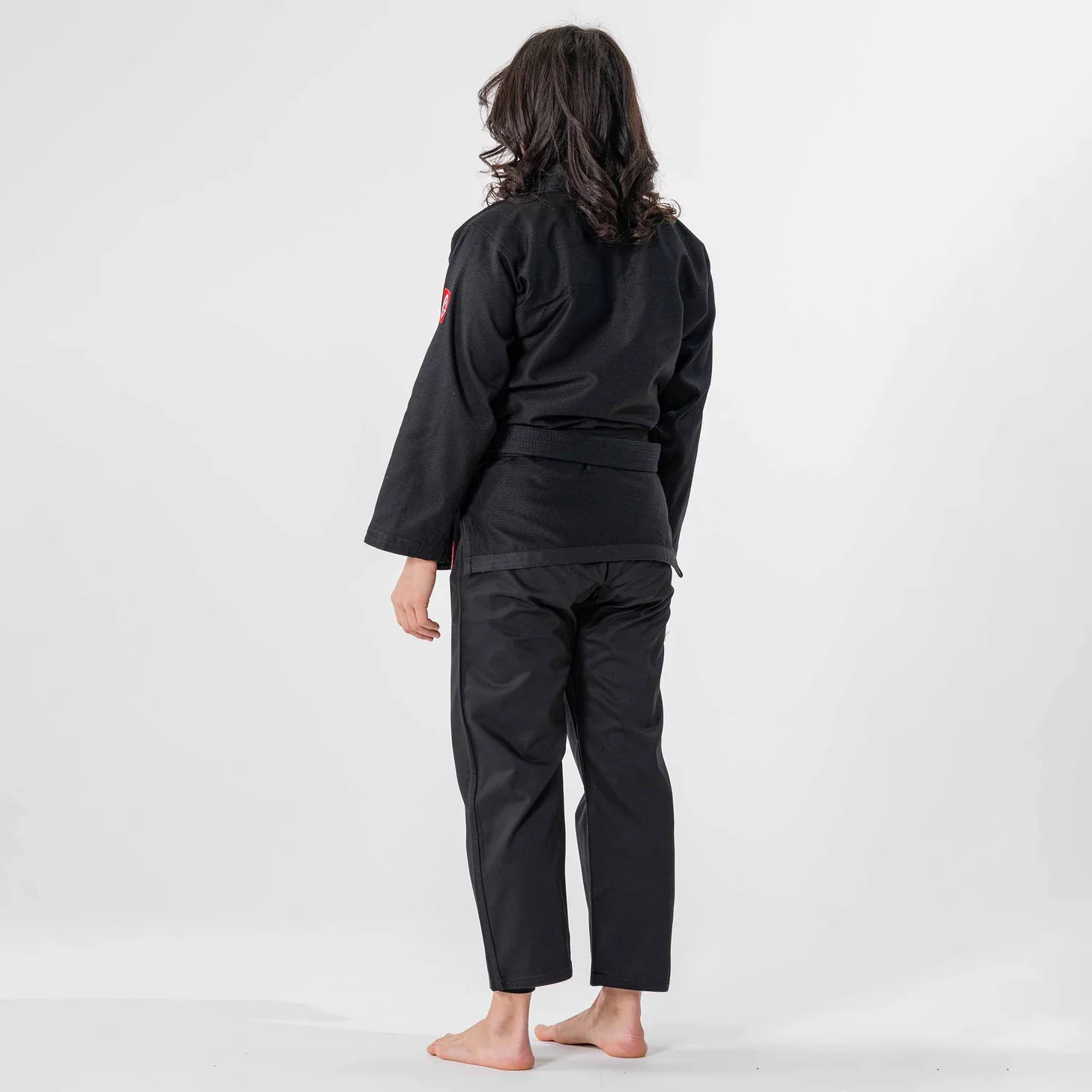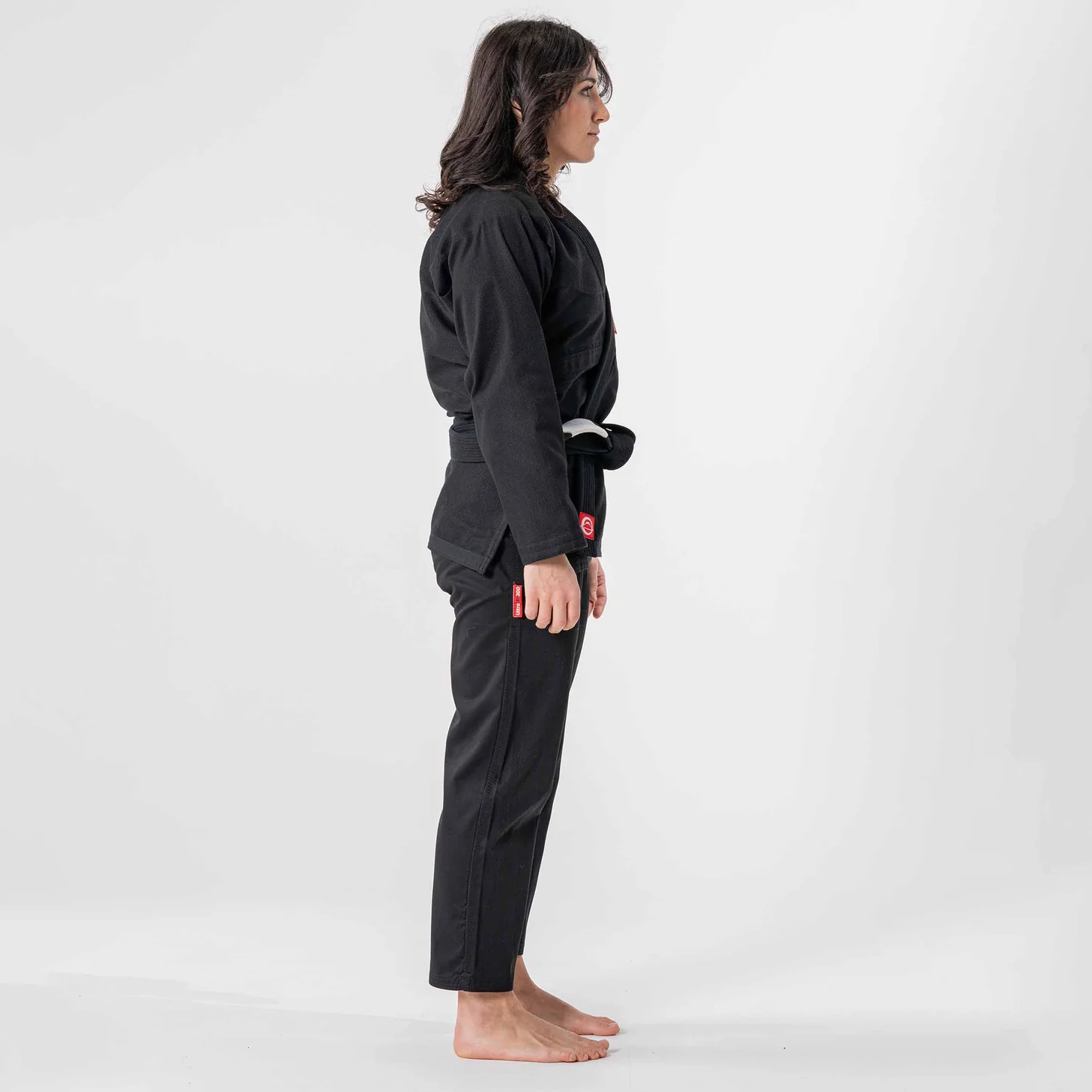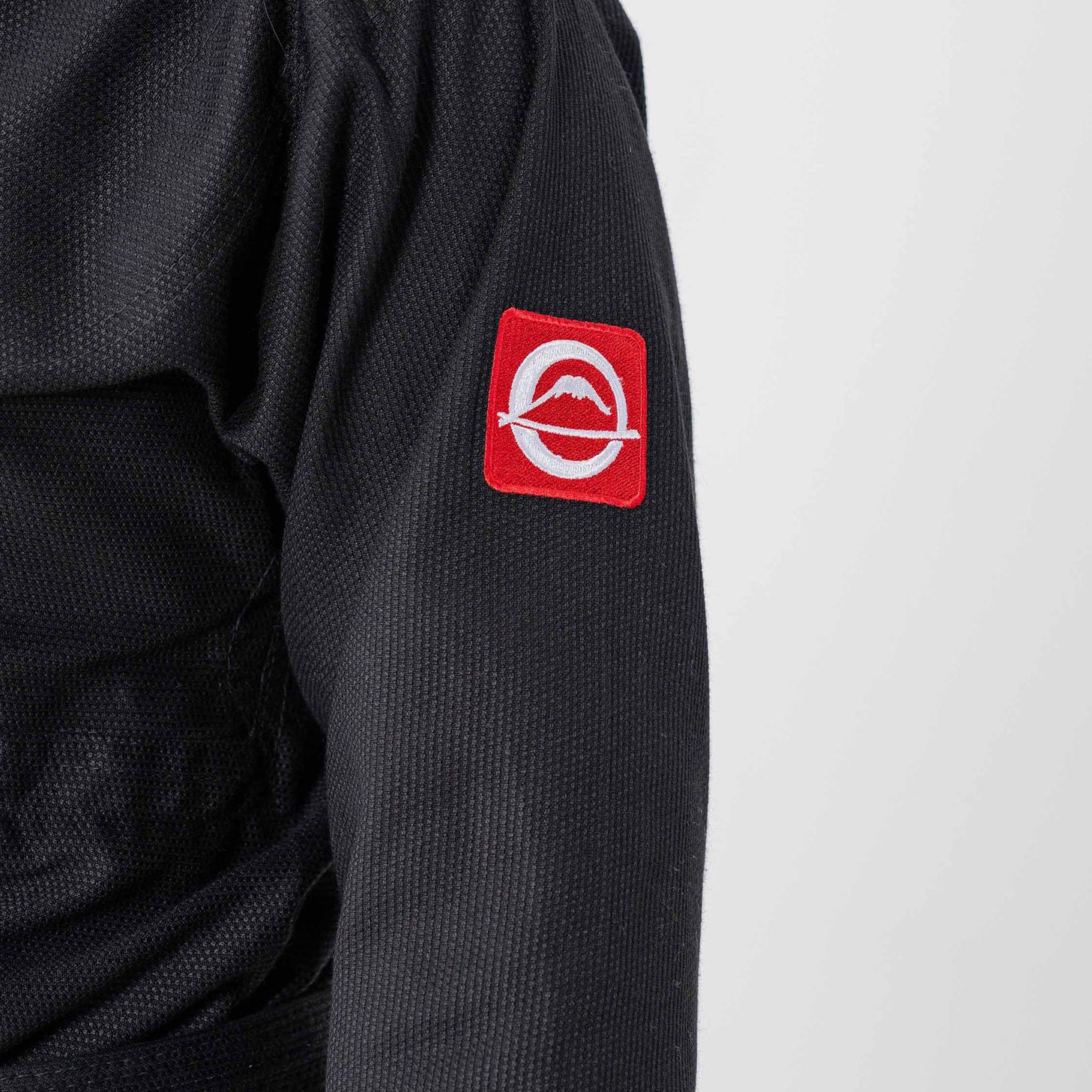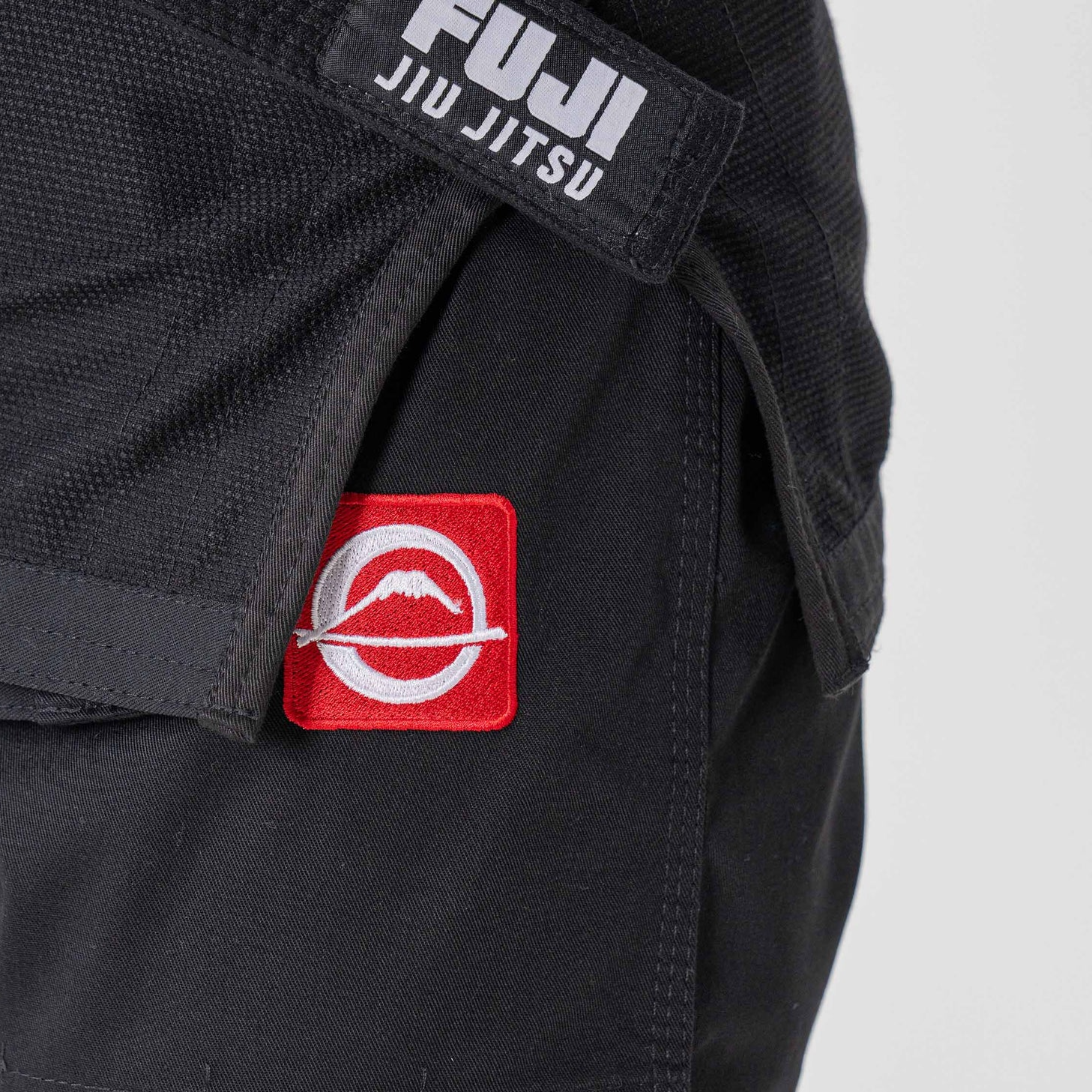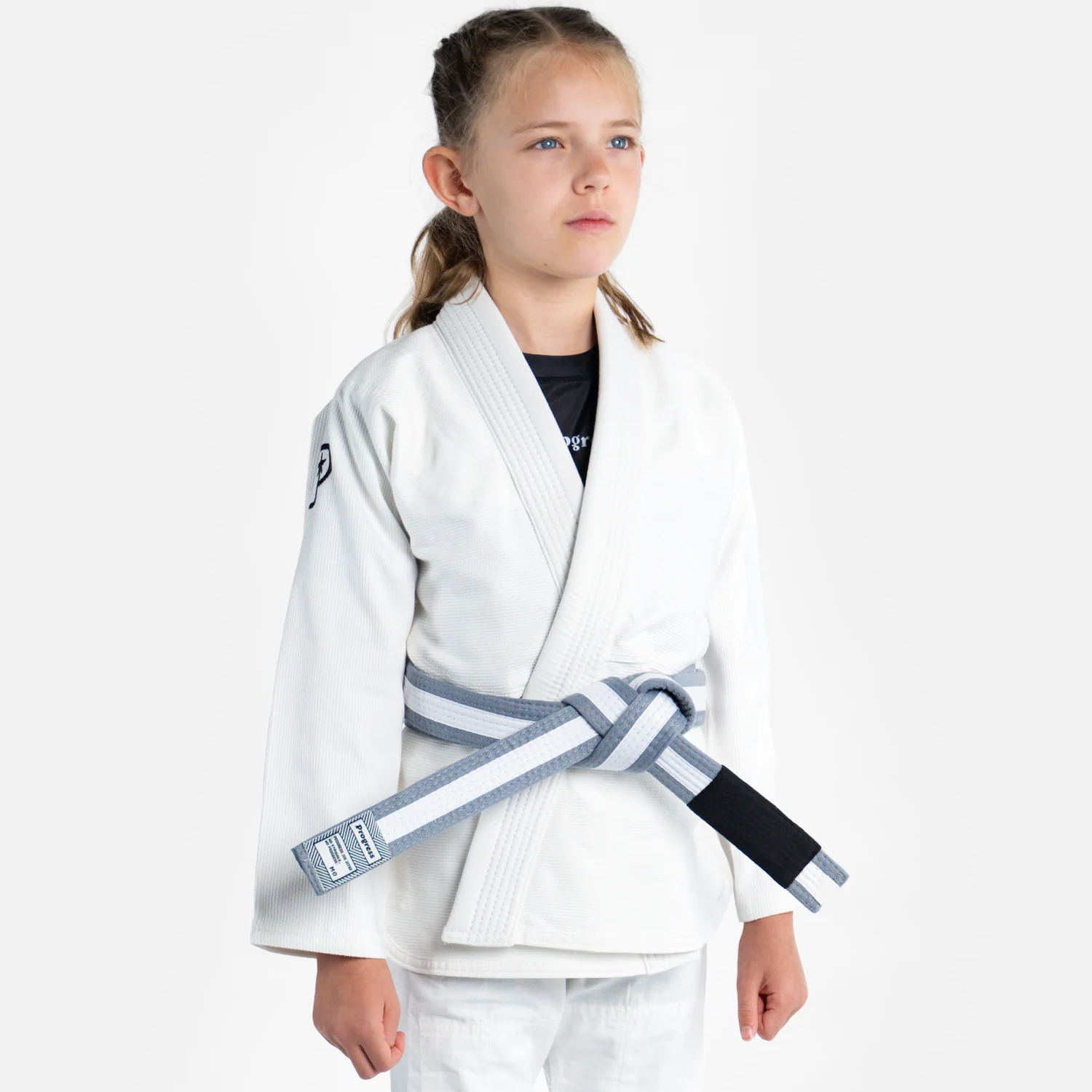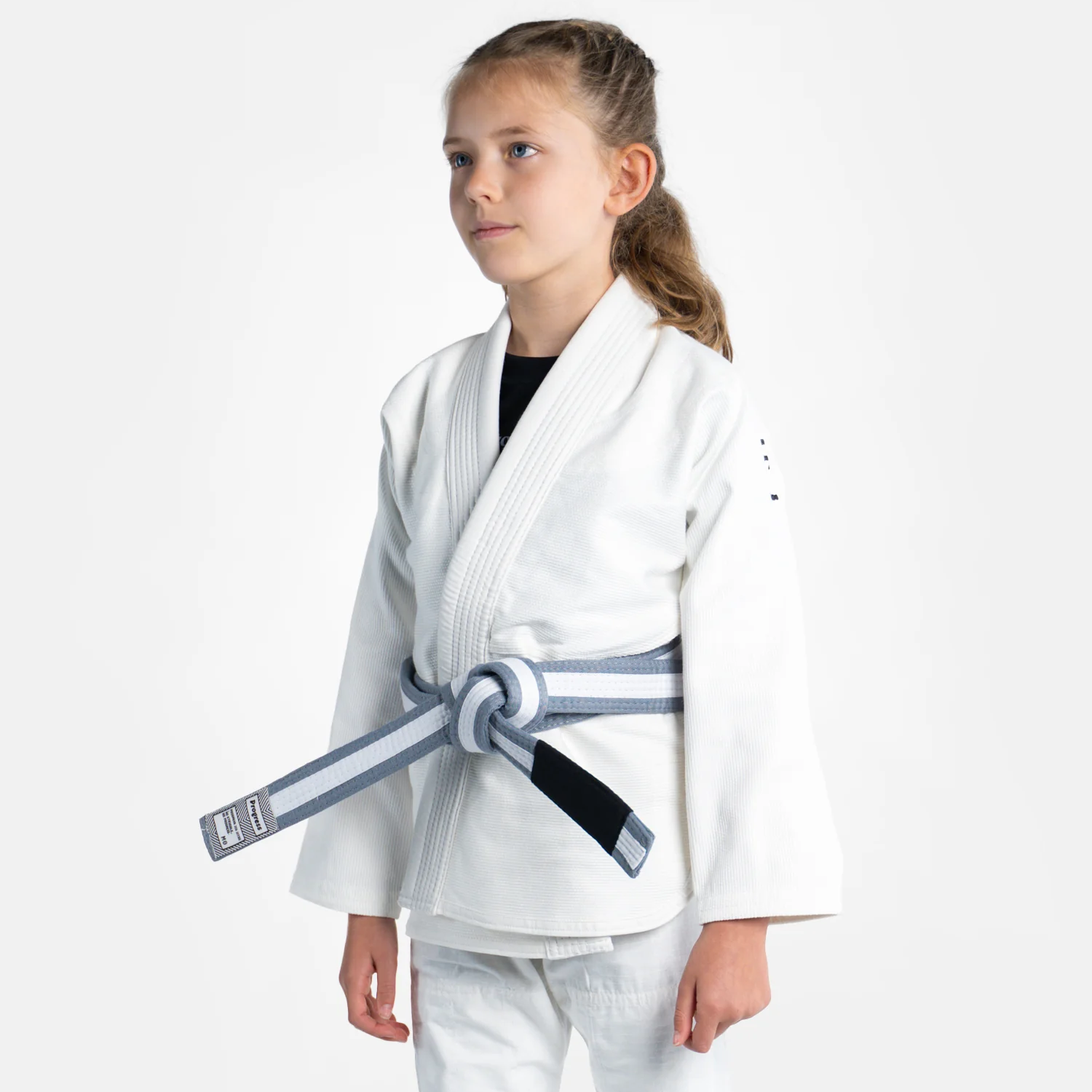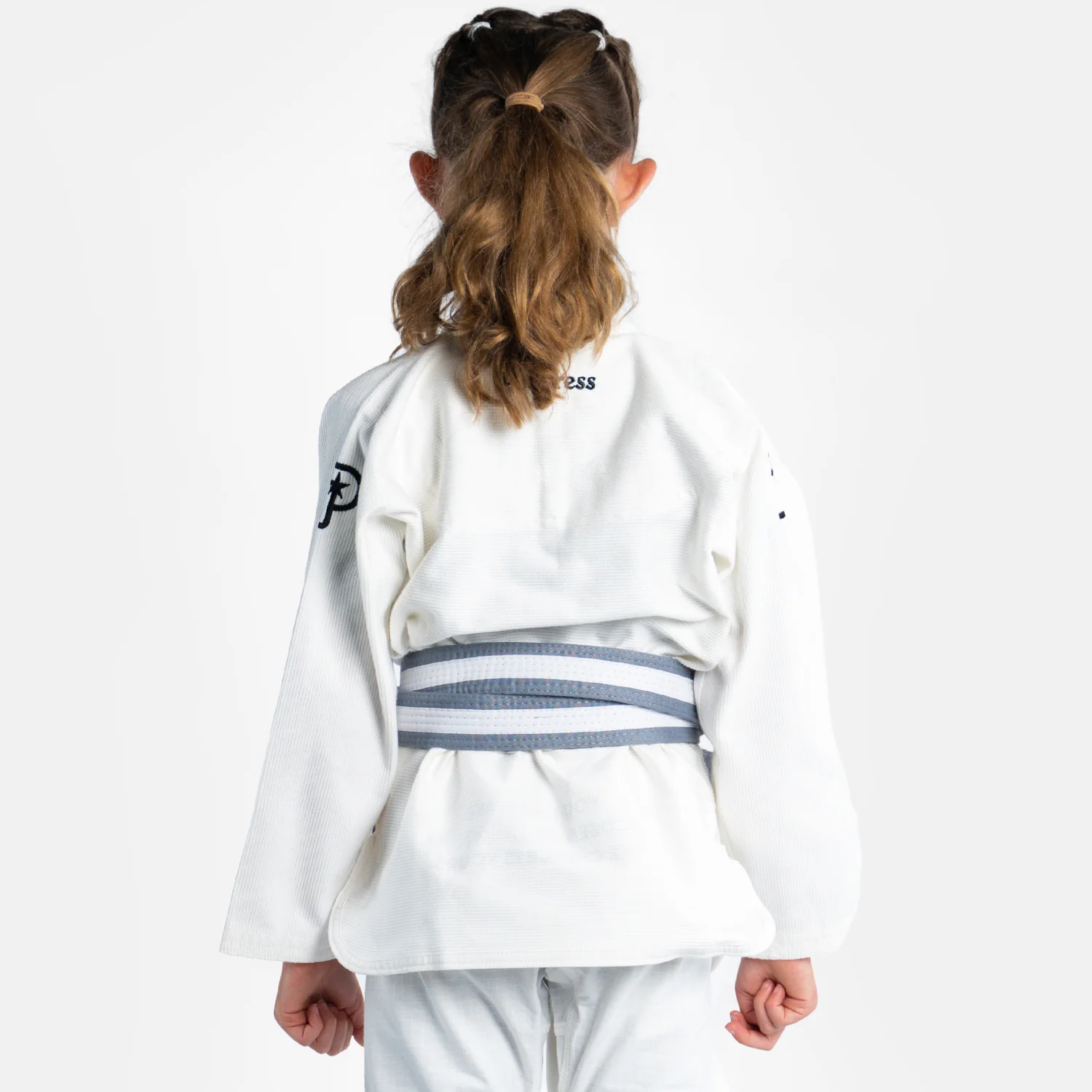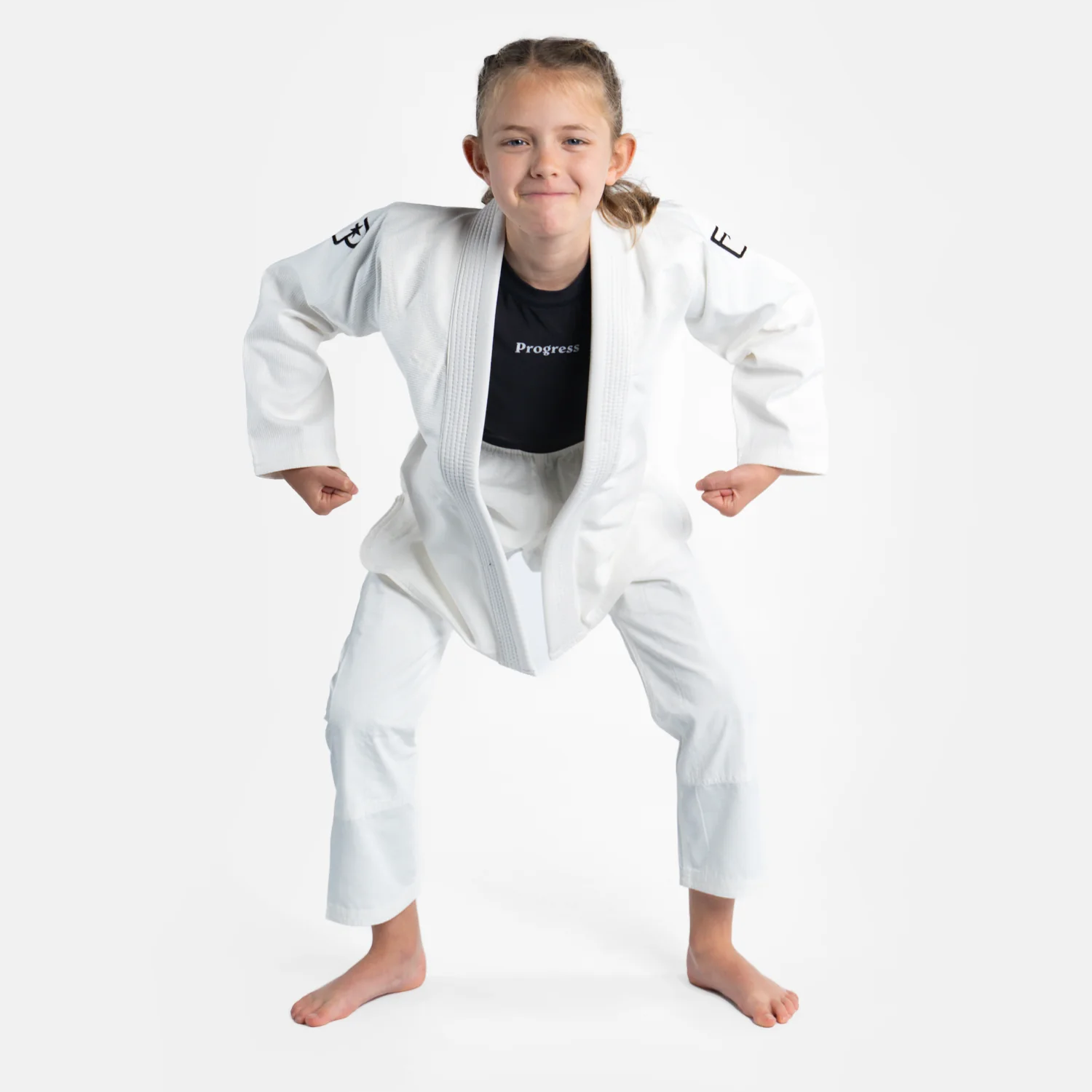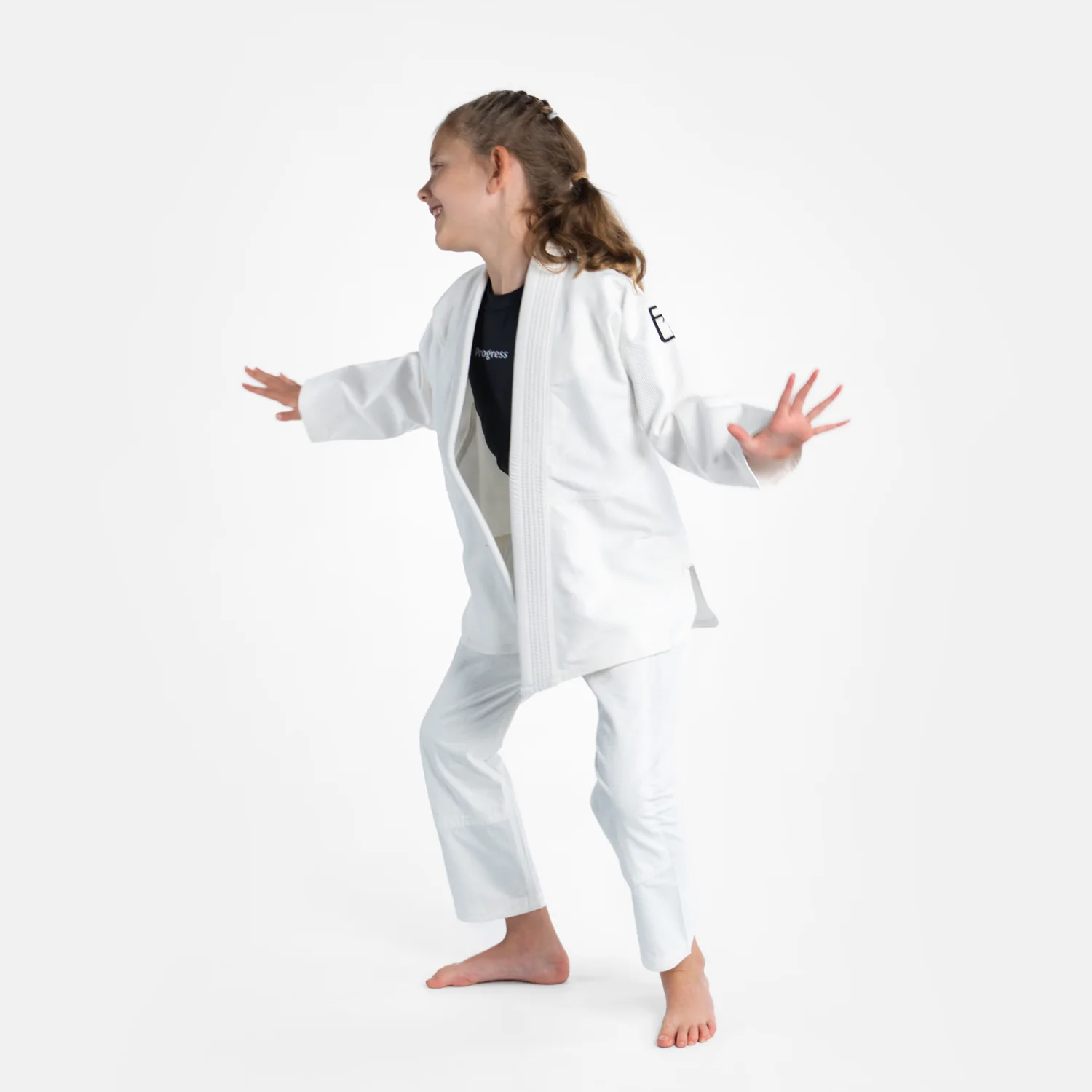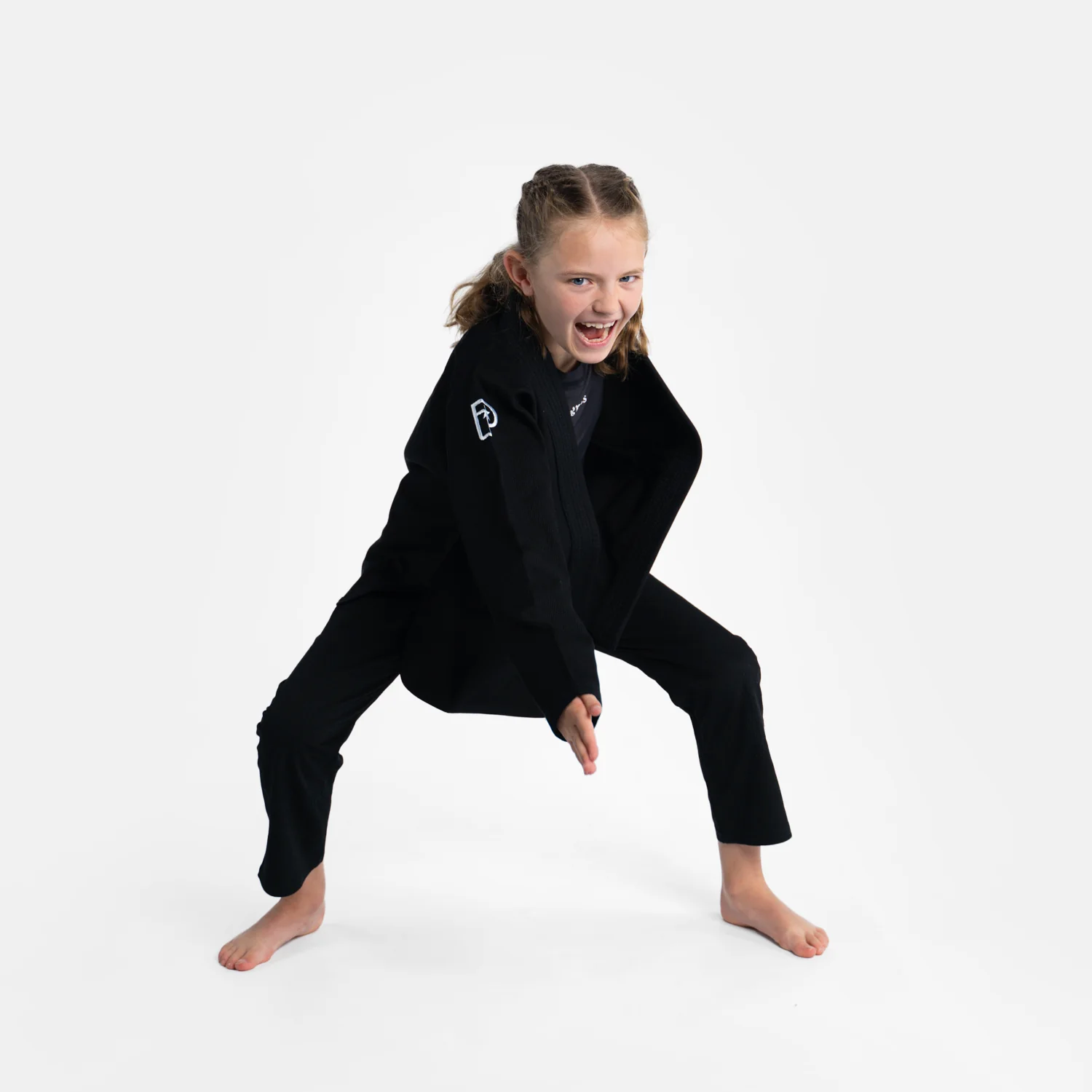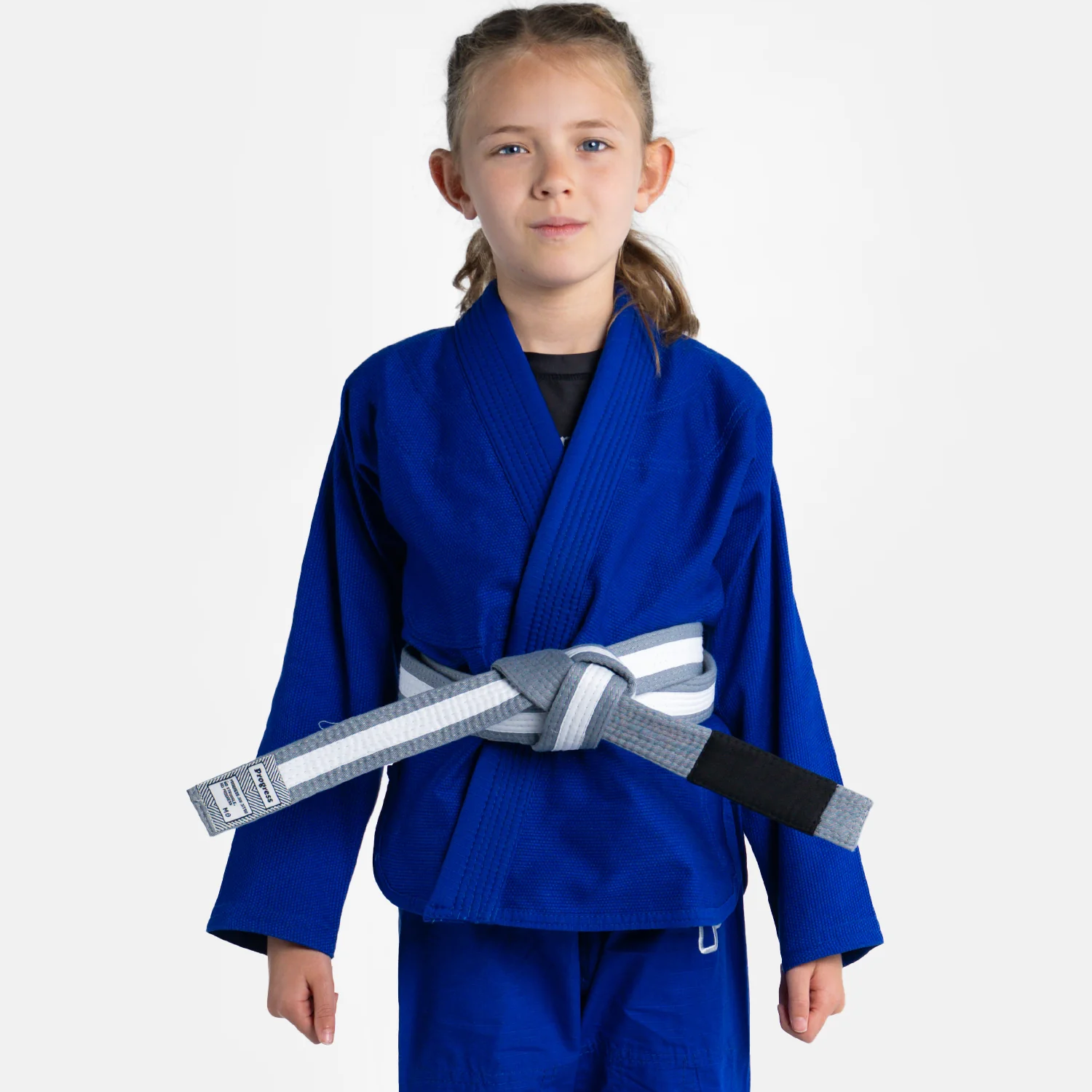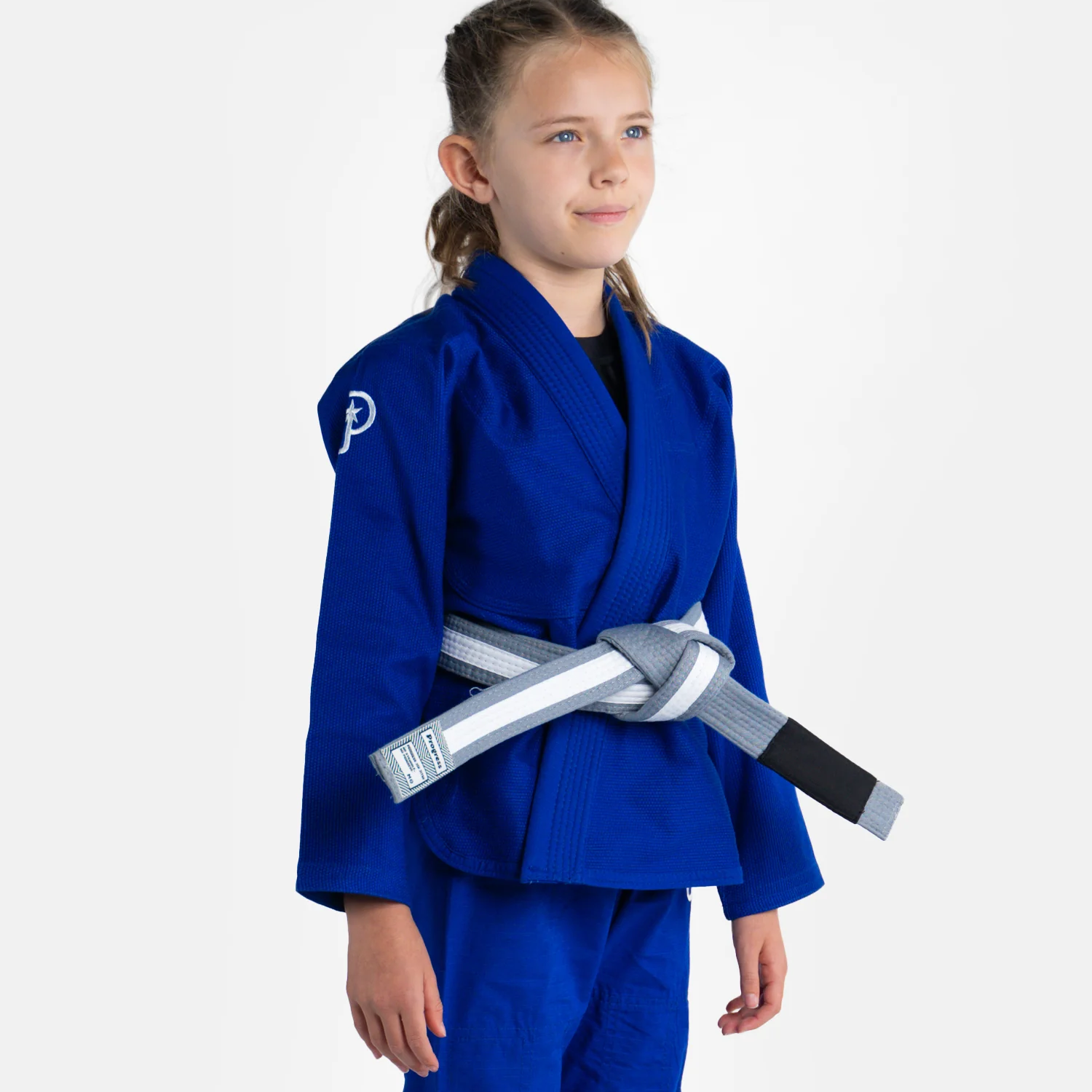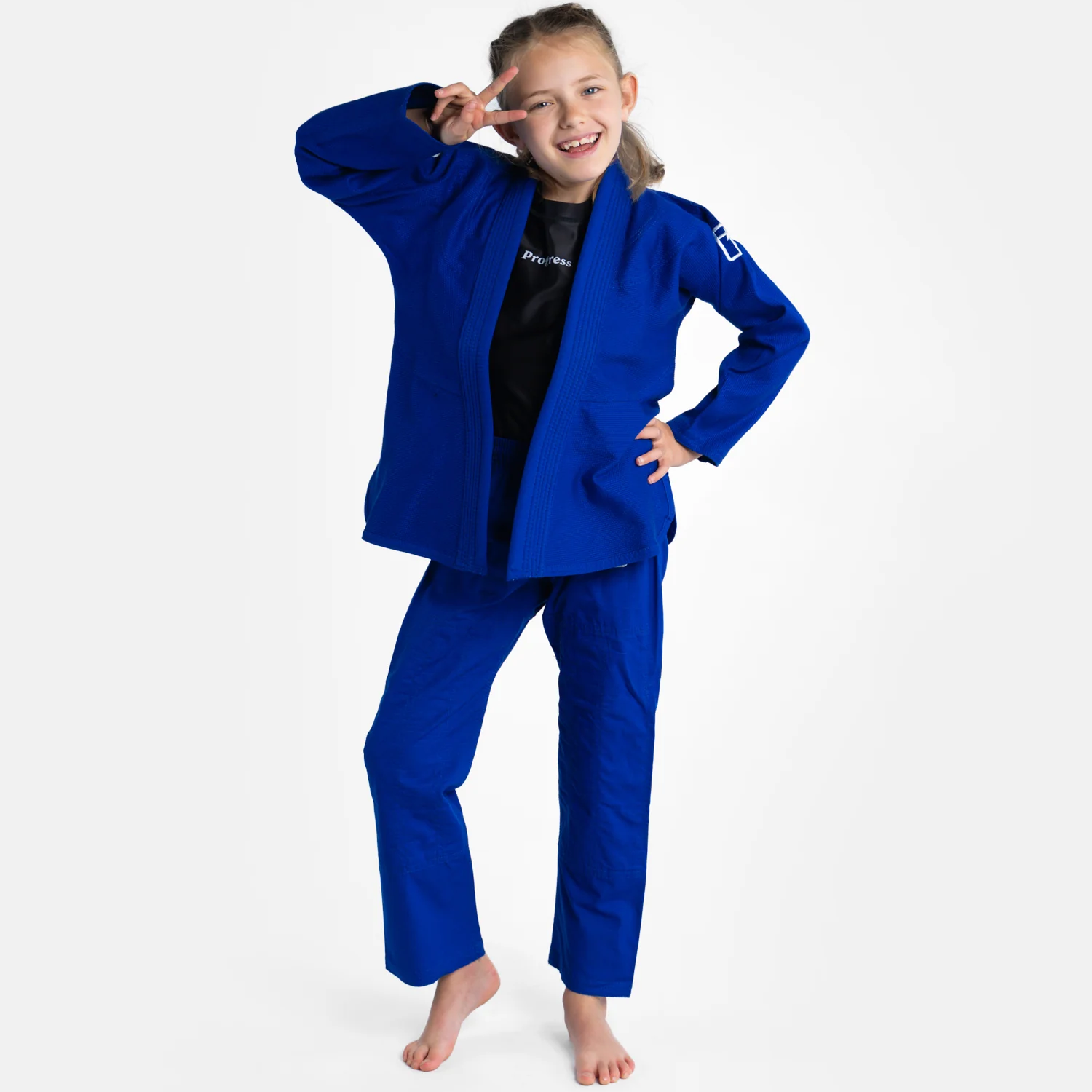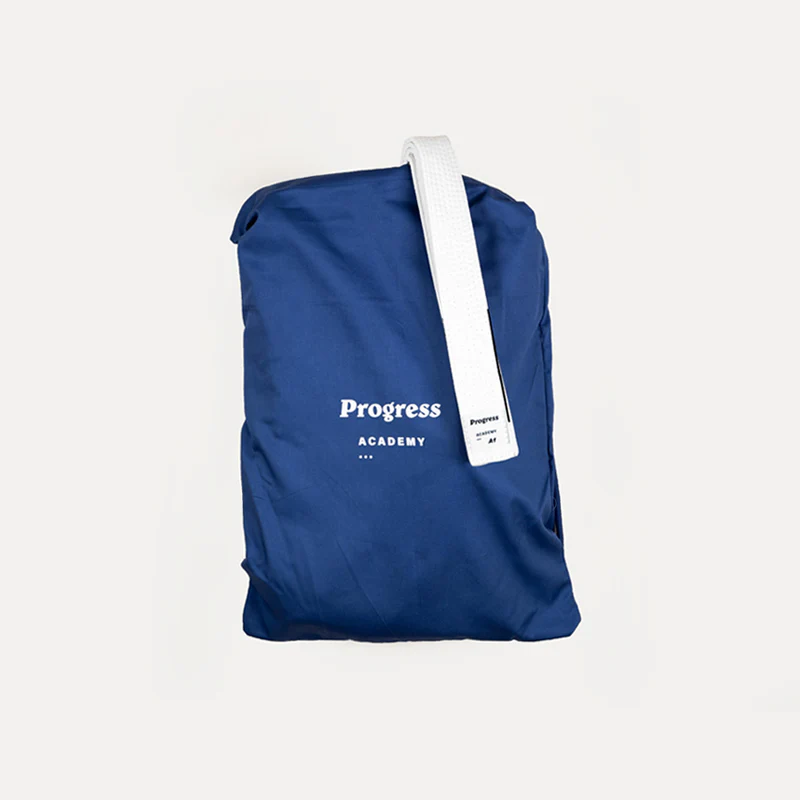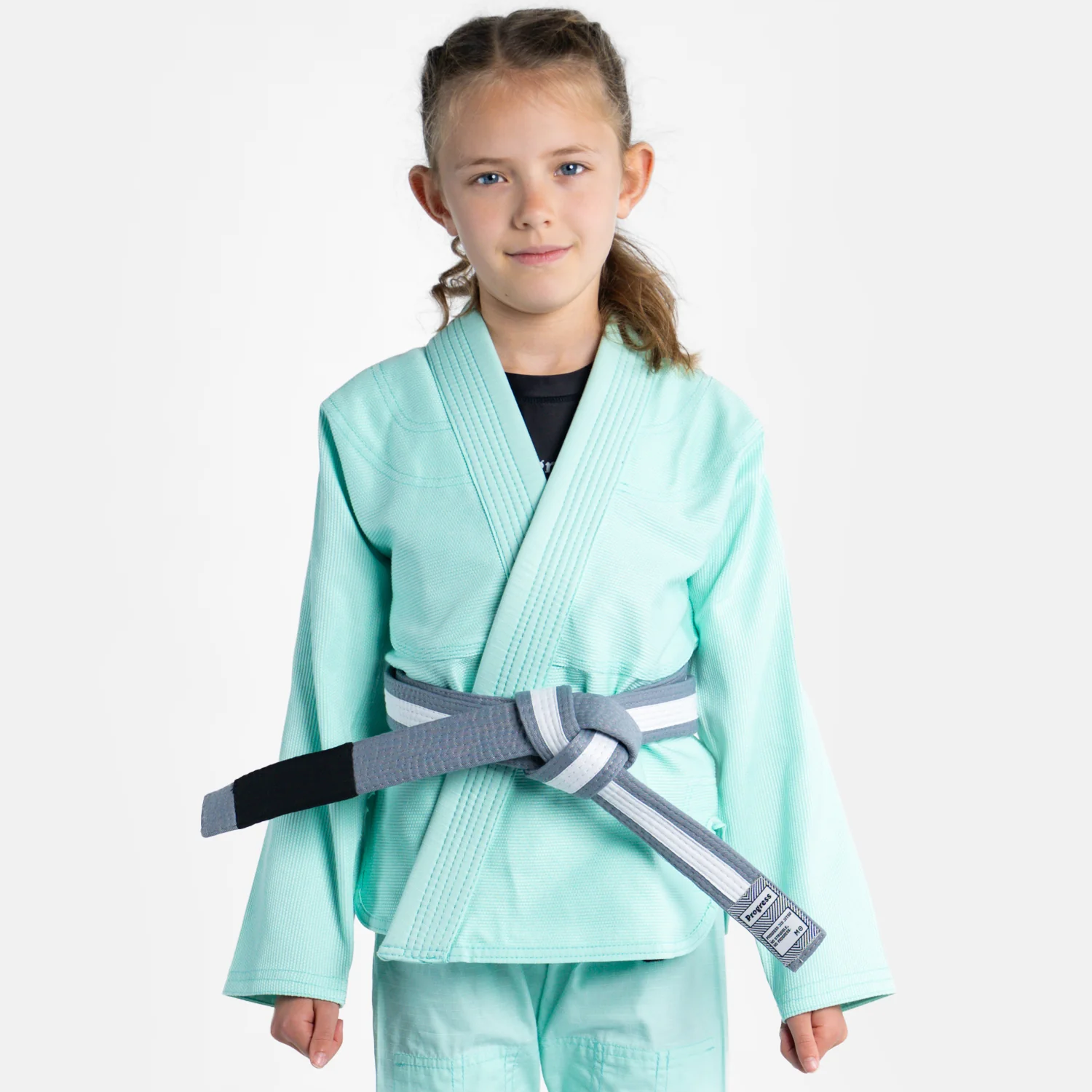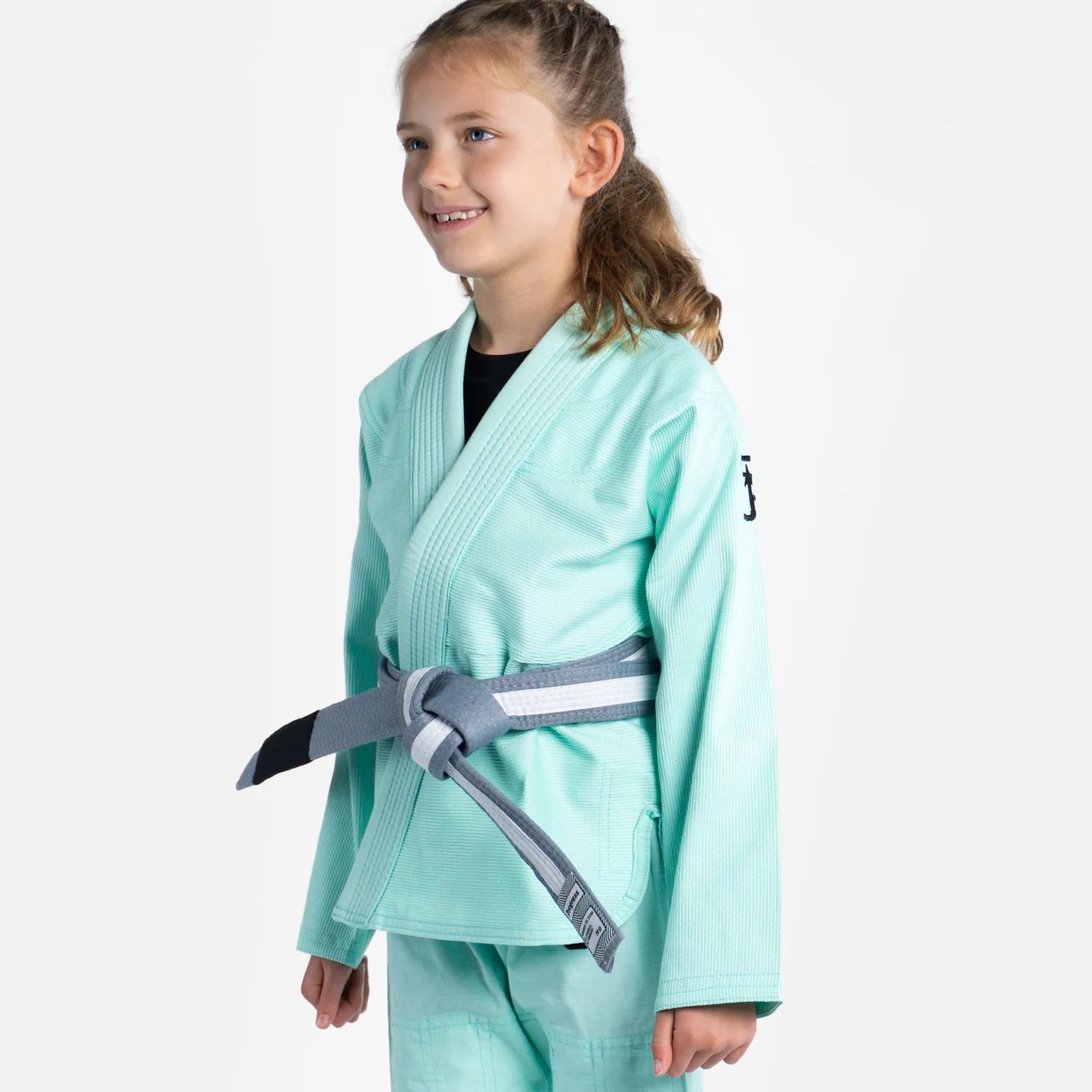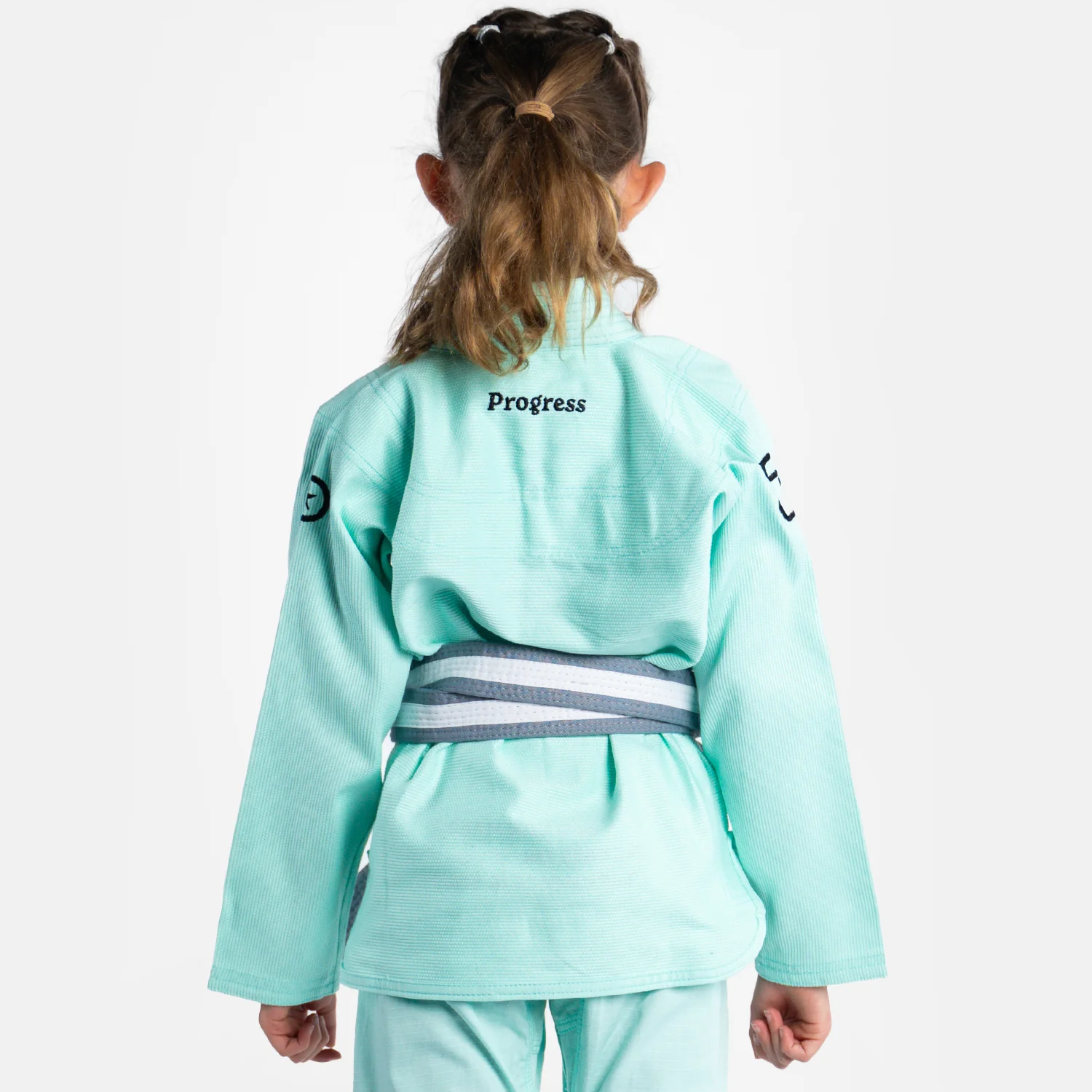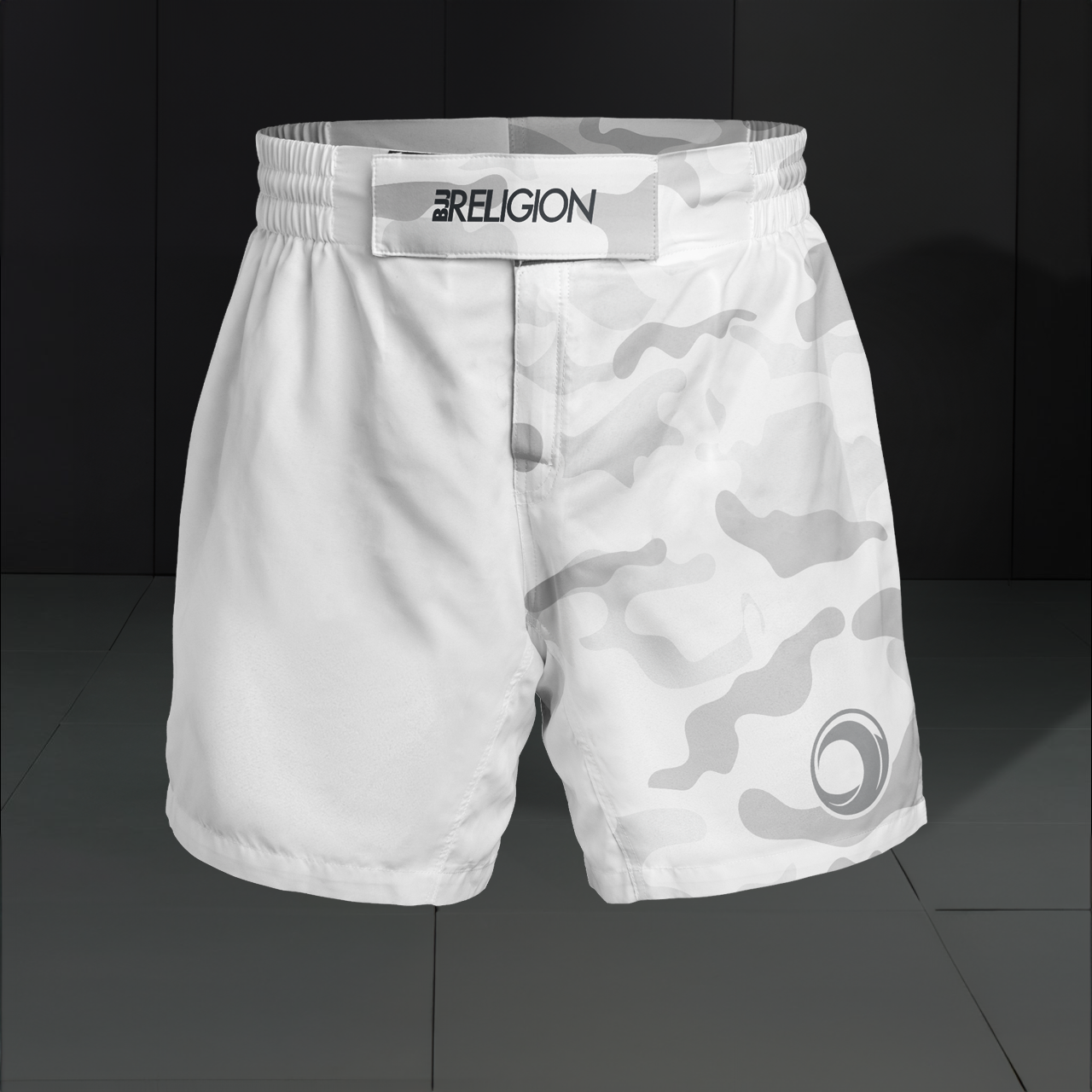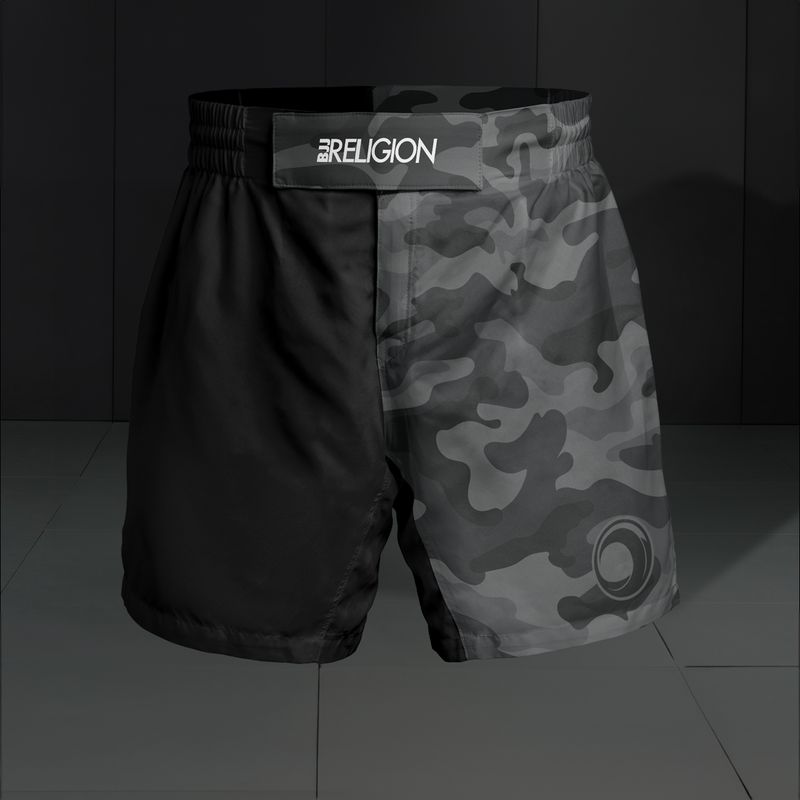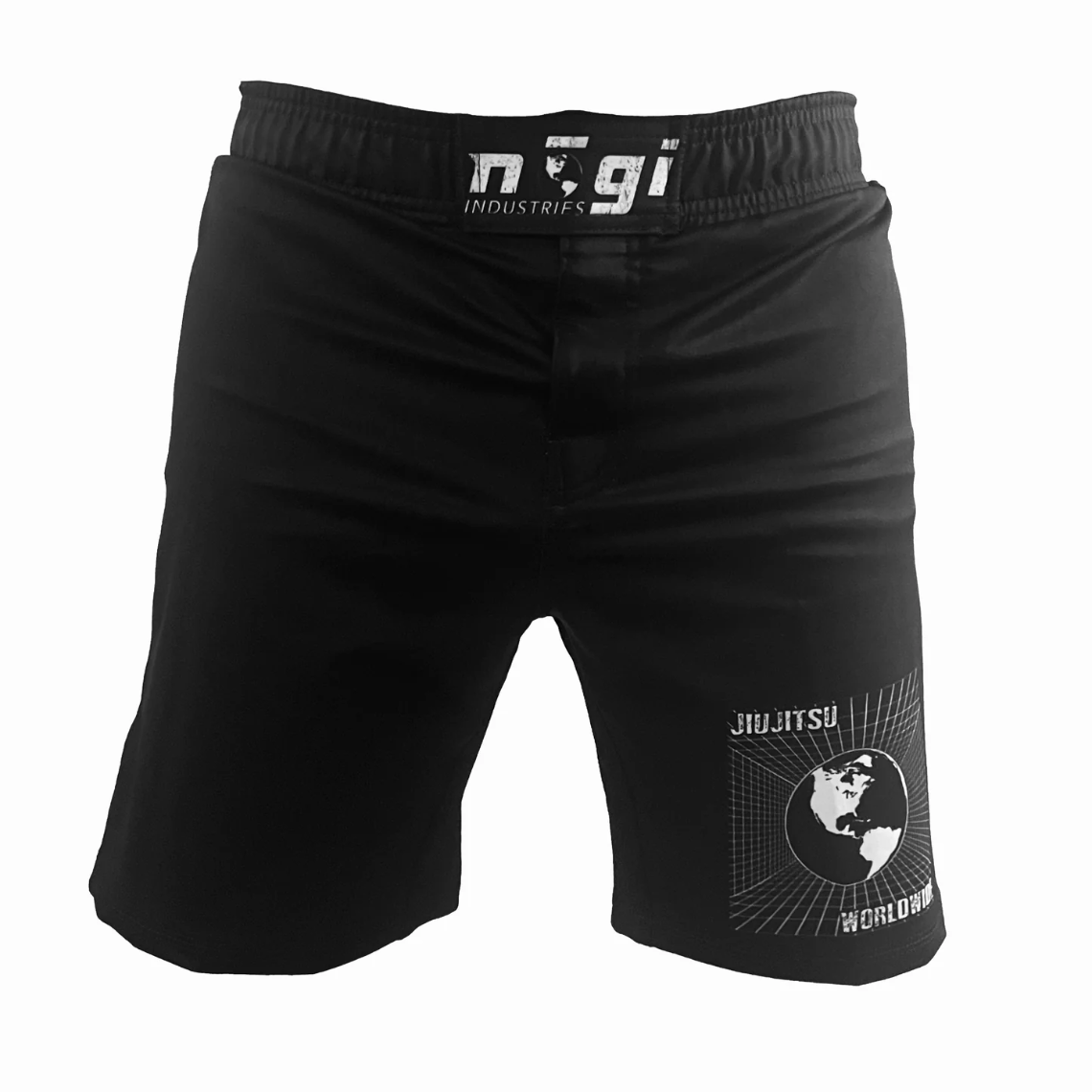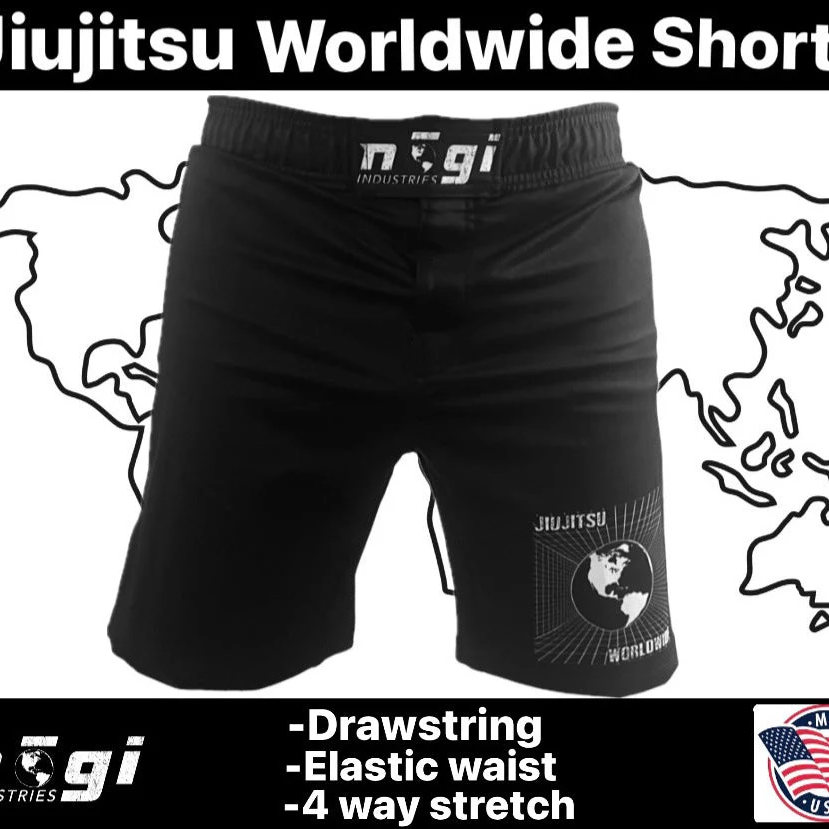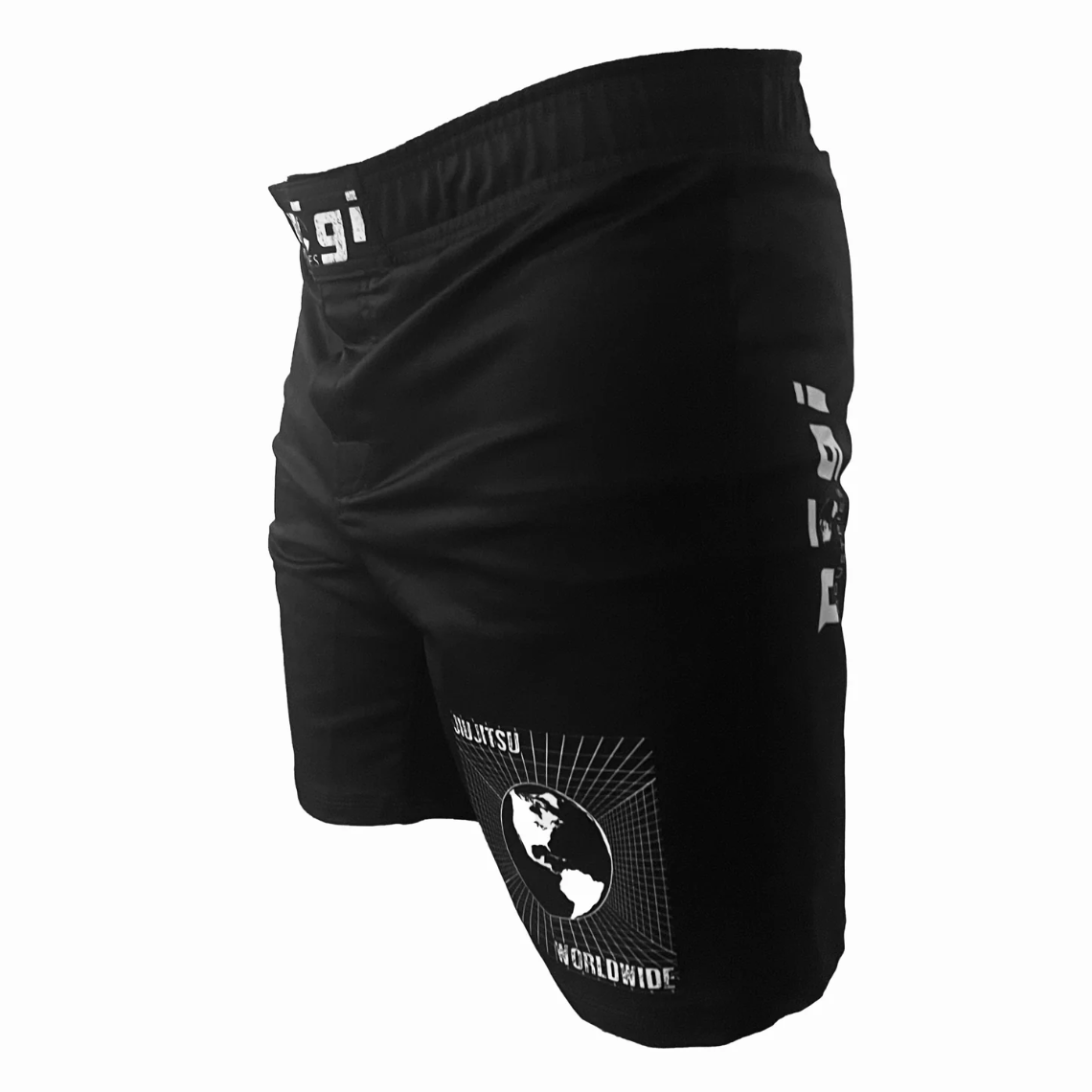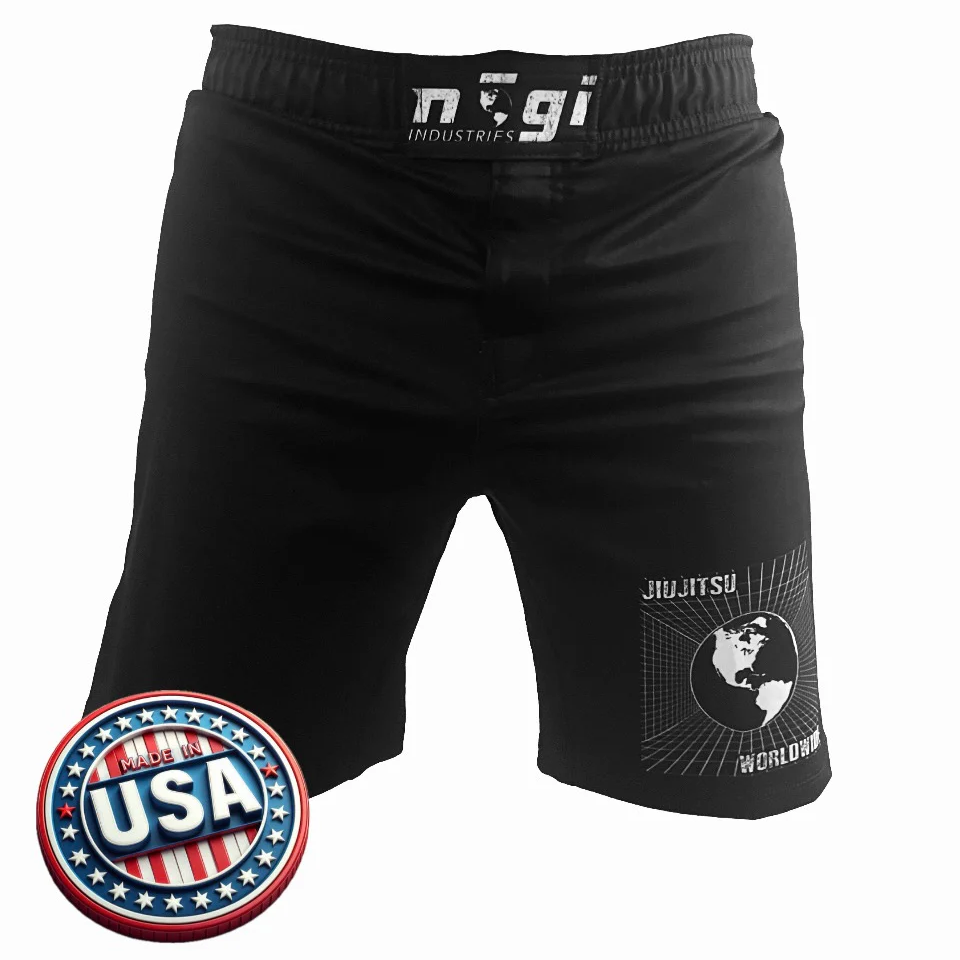How To Get Better at JiuJitsu Through Instructionals
I have a confession to make.
I've spent thousands of hours watching jiu jitsu instructionals over the past 13 years of training, and I have to admit that most of those hours were pointless.
I've watched it all, from comprehensive systems to single-move breakdowns. I’ve learned that simply pressing play isn’t enough to make you a guard passing masterclass champion.
We’ve all been there. You buy an instructional based on a flashy highlight reel, excited to add new tools to your jiu jitsu game.
But once you start watching, the details are unclear or you simply forget the steps of each technique when you actually try and practice these in live rolls.
That’s why I’m excited to share my approach to learning from jiu jitsu instructionals. This way you can about maximize your learning and accelerate your progress without spending a fortune on instructionals.
Oh, speaking of spending money on instructionals - check out our BJJ Instructional library, we have over 50 series and 1400+ techniques 100% free.
Why Are Jiu Jitsu Instructionals So Popular Anyway?
We live in a golden age of grappling knowledge. Think about it: never before has it been easier to learn from world champions and elite practitioners right from the palm of your hand. Jiu jitsu instructionals bridge the gap between aspiration and application.
They empower us with the tools and techniques needed to excel in combat sports, offering a level of accessibility that was previously unimaginable. Whether you're an experienced black belt or a white belt just starting your journey, instructionals can be a key tool for growth at any belt level.
My Approach to Getting Better at Jiu Jitsu With Instructionals
Address Your Weaknesses Head-On
Maybe your guard retention feels like a revolving door, or perhaps you feel lost as soon as you open closed guard, don't know where to go after you mount, or you keep getting your back taken. Identify your weaknesses and search out jiu jitsu instructionals tailored to addressing those specific areas.
For example, if you struggle with half guard, look for instructionals specifically designed around this position - ideally from an instructor that is known for his half guard game. This is important - even at the black belt level there can be a big difference in an instructor that "knows half guard" vs an instructor that has built the majority of their game around half guard.
By zeroing in on your weak links, you'll create more targeted training sessions and start plugging those holes in your game. This focused approach will pay dividends as you notice improvements in the areas you once found most challenging.
Seek Out Concepts Over Just Moves
Don't get caught in the trap of chasing the latest flashy move or leg lock. Instead, look for instructors who emphasize the "why" behind the techniques. Understand the underlying concepts, principles, and strategies driving the movements, and how they do - or don't translate into other scenarios.
This approach transforms the way you process information. Suddenly, instead of memorizing a sequence of steps, you're developing a deep understanding of how and why a technique works. This deeper understanding allows you to adapt and modify techniques to fit your own body type, game style, and the ever-changing dynamics of a live roll. Once your mind starts thinking this way you will start identifying other concepts in your game that you are already proficient with, which in turn will help you expand in those areas as well.
Short Bursts Beat Hours of Binge-Watching
Resist the temptation to passively consume hours of jiu jitsu instructionals like a Netflix series. Focus on short, focused study sessions where you can truly absorb and retain the information. I find it helpful to take notes during these sessions, either on paper or digitally. I feel like physically writing something down on paper always helps me remember better. Jot down key details, variations, or anything you want to remember for your next training session.
Here's the key: review your notes immediately before your next training session. Taking a few minutes in the car before you go into class to review will help you immensely.
Treat it like studying for an exam, breaking down a full instructional series into smaller, more digestible chunks. Trust me, even just 15 minutes of focused study a day can make a big difference. Remember, quality trumps quantity when it comes to learning from jiu jitsu instructionals.
Get on the Mats and Test Things Out
This is the fun part! Time to take it from the screen to the mats and apply the concepts you've learned. Experiment with new techniques, test out concepts in live sparring, and embrace the learning process.
Do not rush this part. Remember, repetition is the best way to master anything. If I am working my way through a 15 part half guard series I will most likely spend an entire week focusing strictly on part 1. Making sure I fully understand the technique and how it fits in with my game before moving on with it.
Jiu jitsu is all about trial and error. Embrace the process of experimenting with the new techniques you’ve picked up. Some will click immediately. Others will require more refinement and practice before becoming truly effective.
Conclusion
Jiu jitsu instructionals have definitely impaced the way I train, however I am also a huge believer of using instructionals strictly as a tool to fill in holes. You should be learning the majority of your technique from your instructor at your academy. If you're not, it may be time to find a new academy to train at.
Remember, the journey to being proficient in any position in jiu jitsu is a marathon, not a sprint. Embrace the learning process, stay consistent, and enjoy the ride.





































